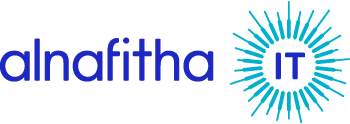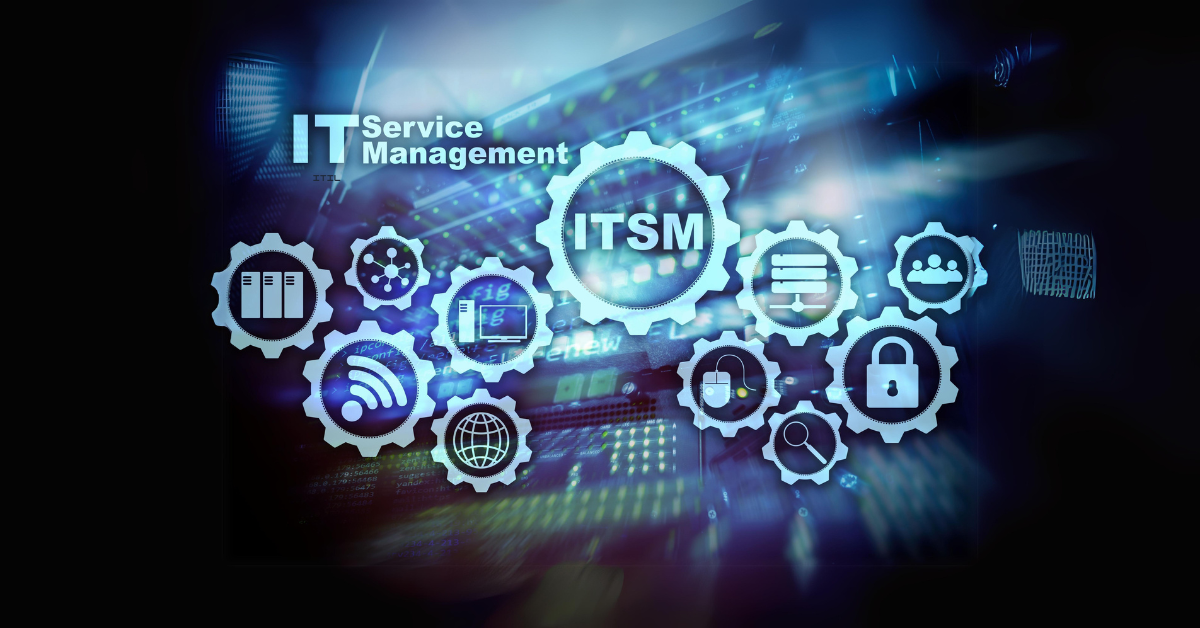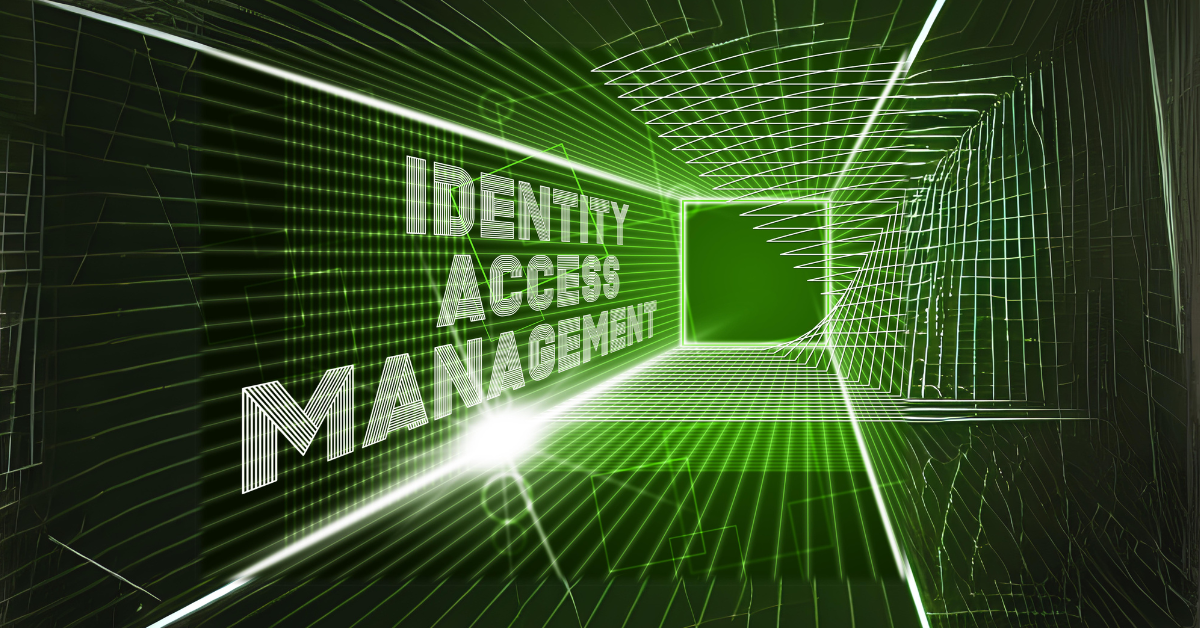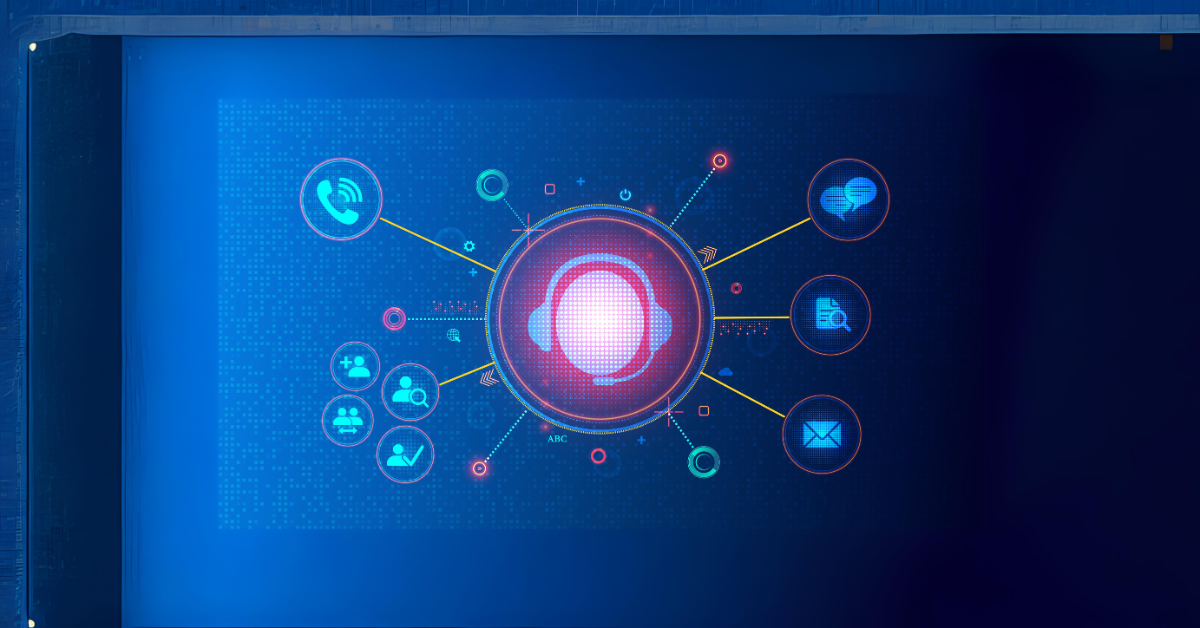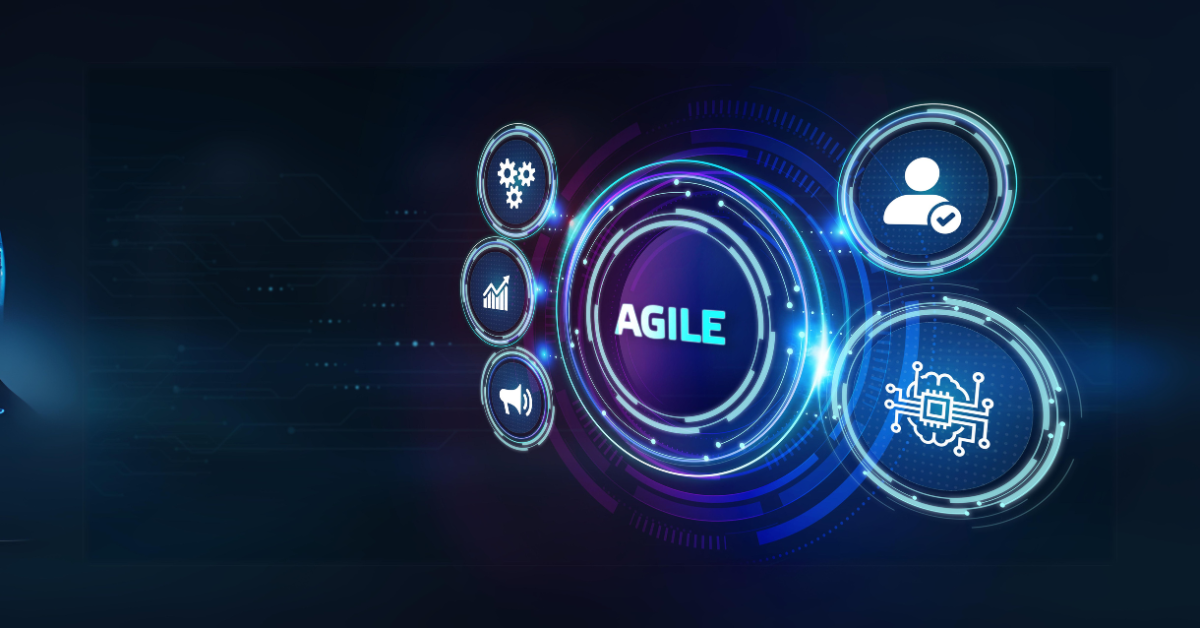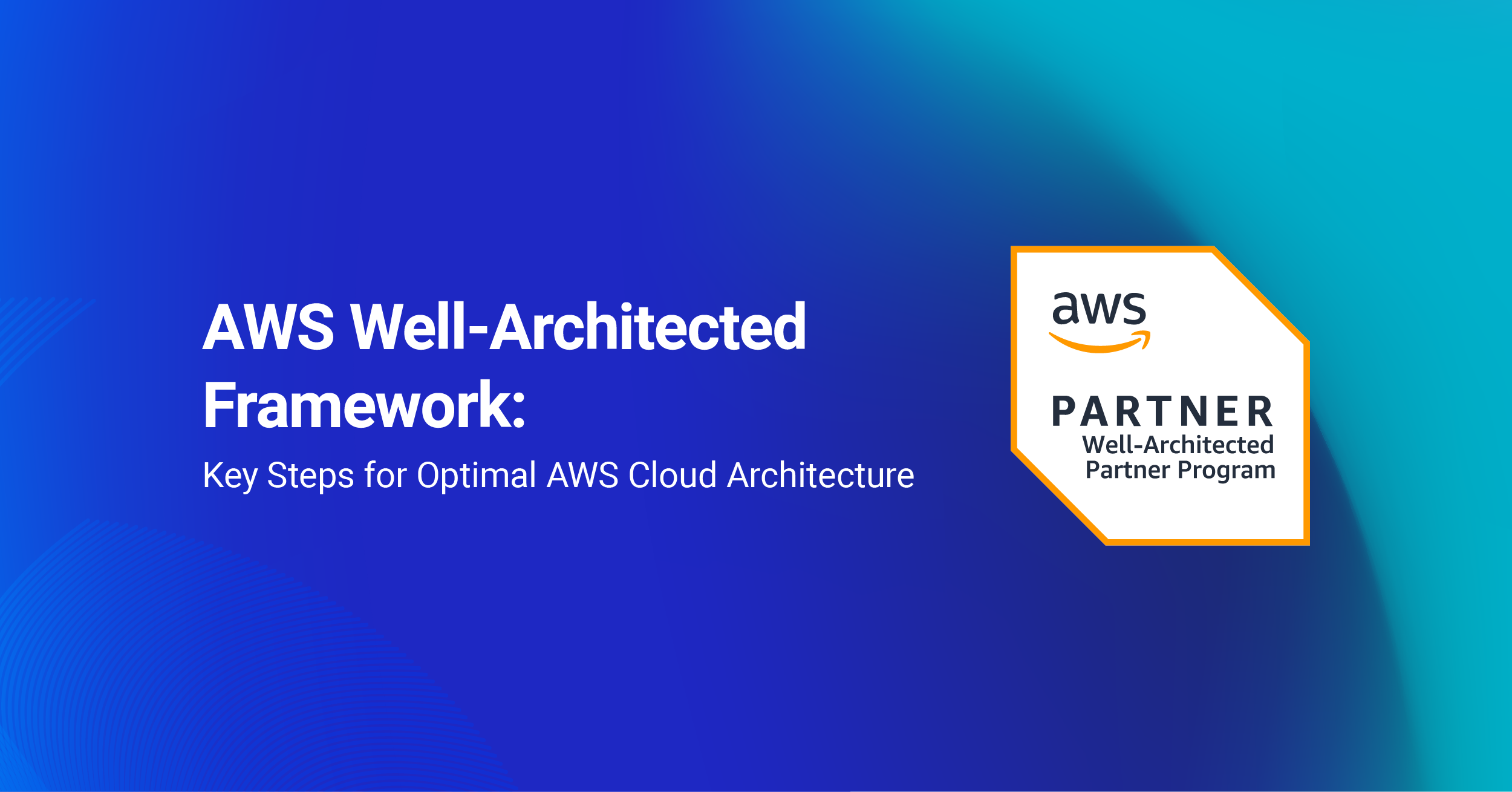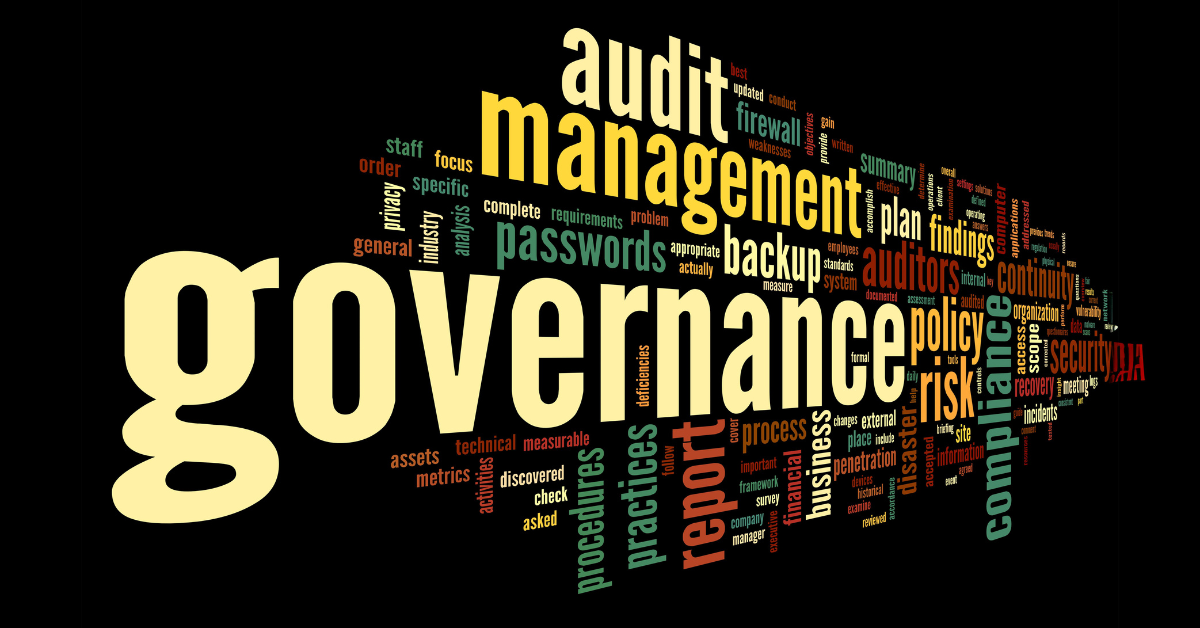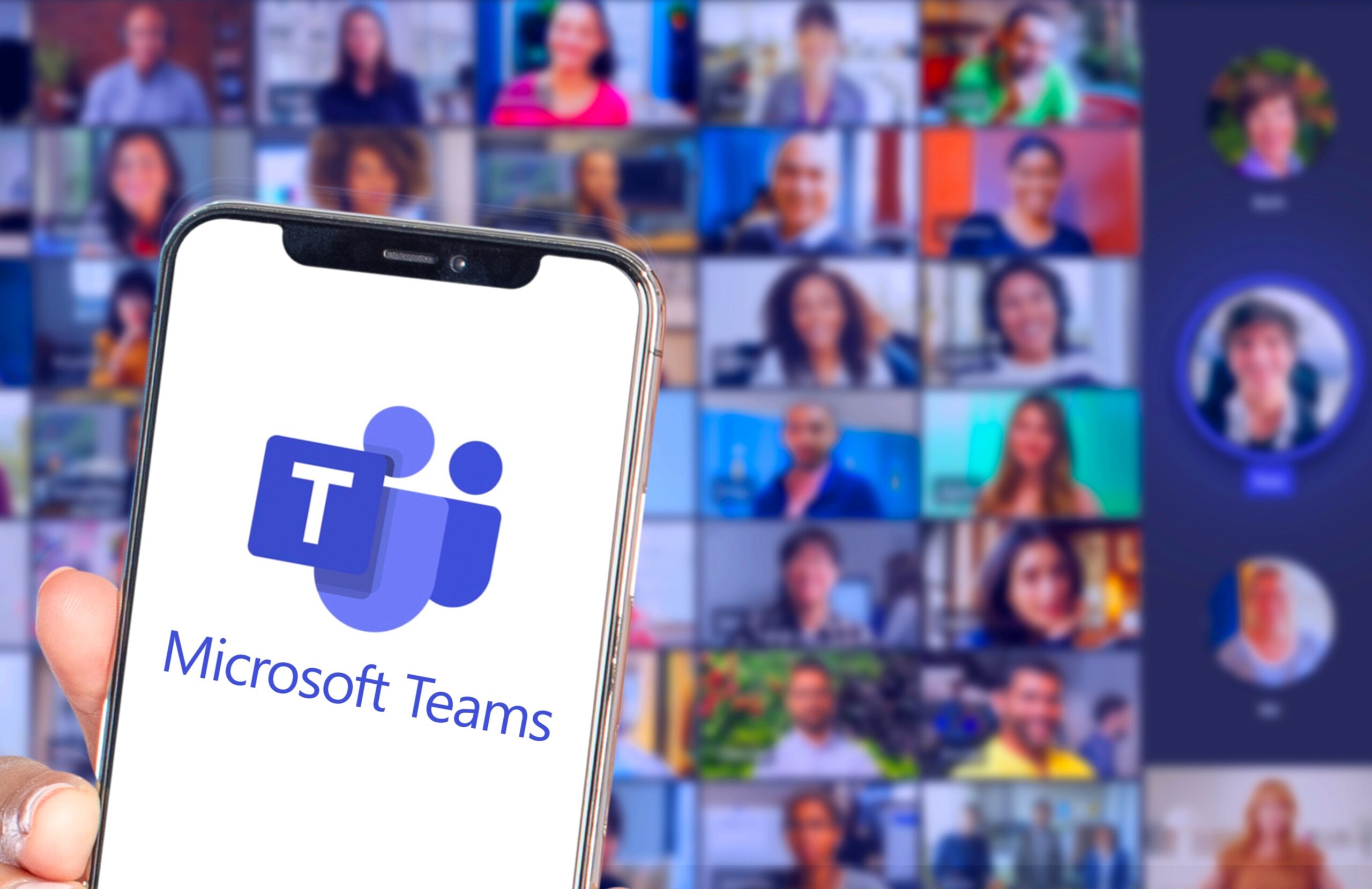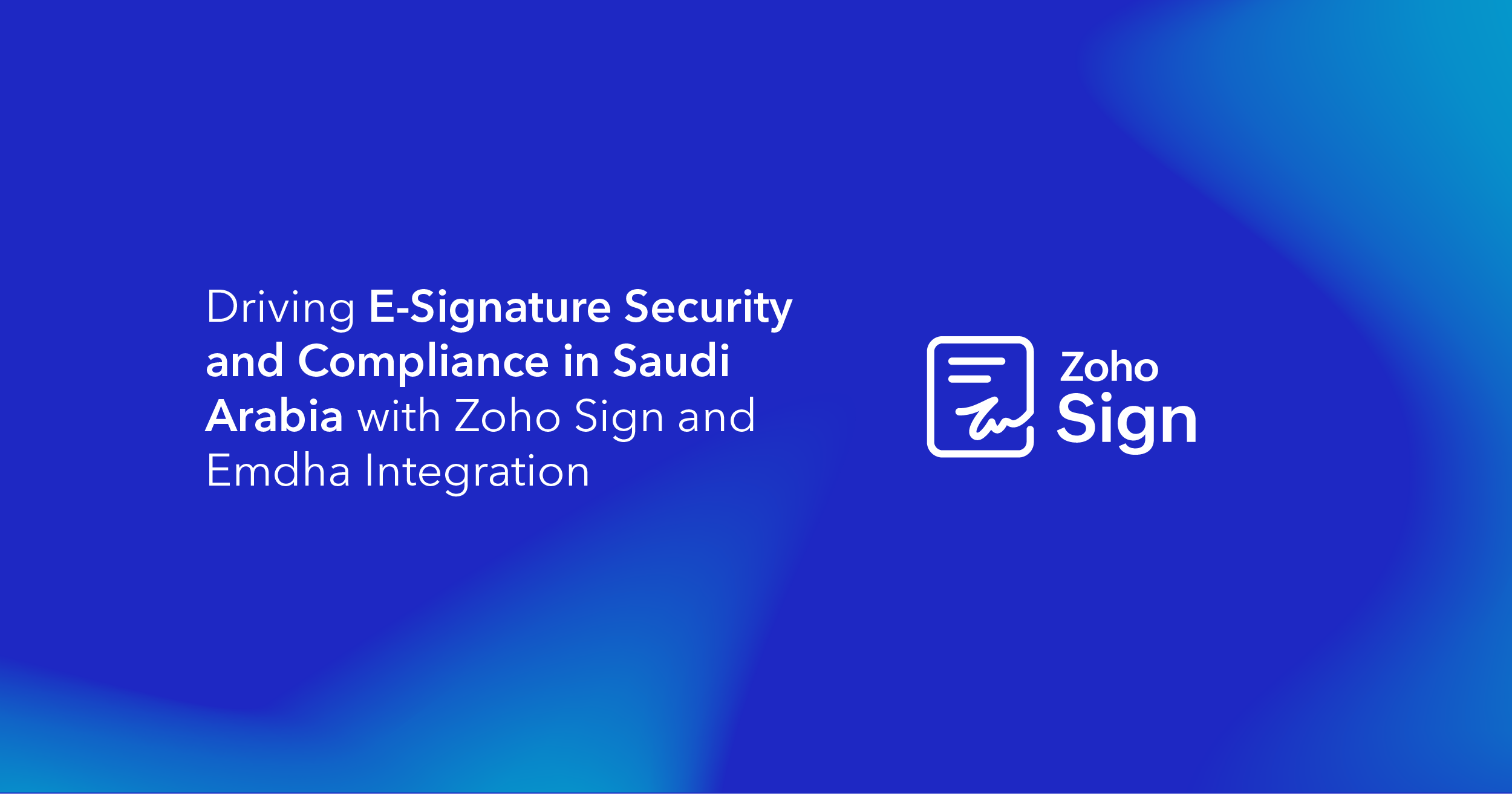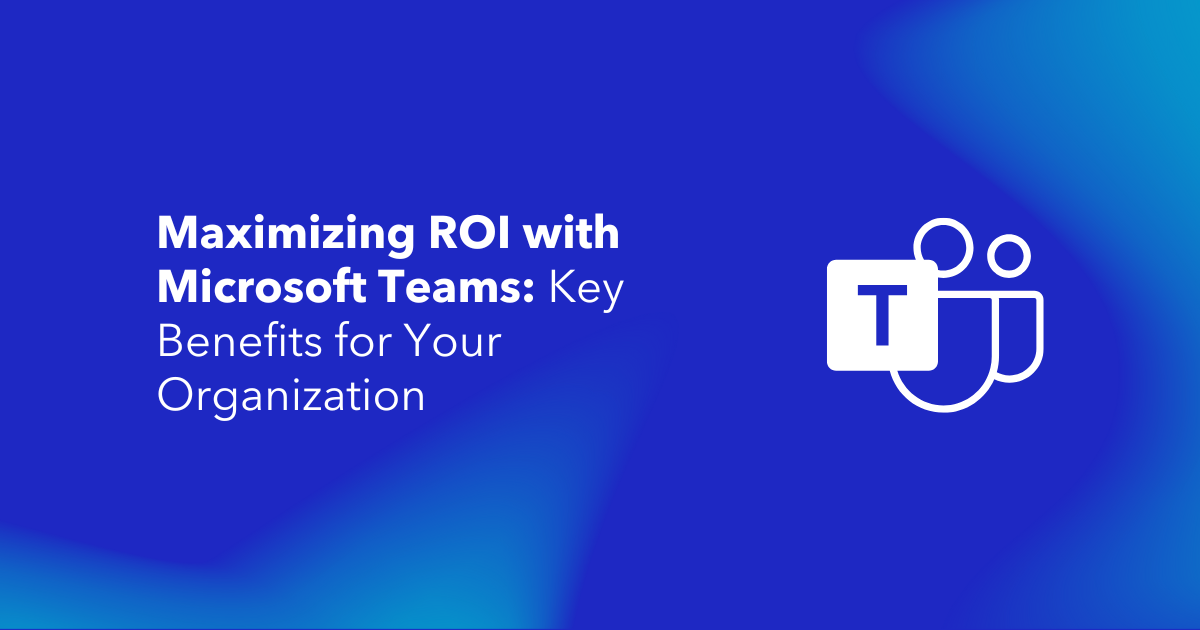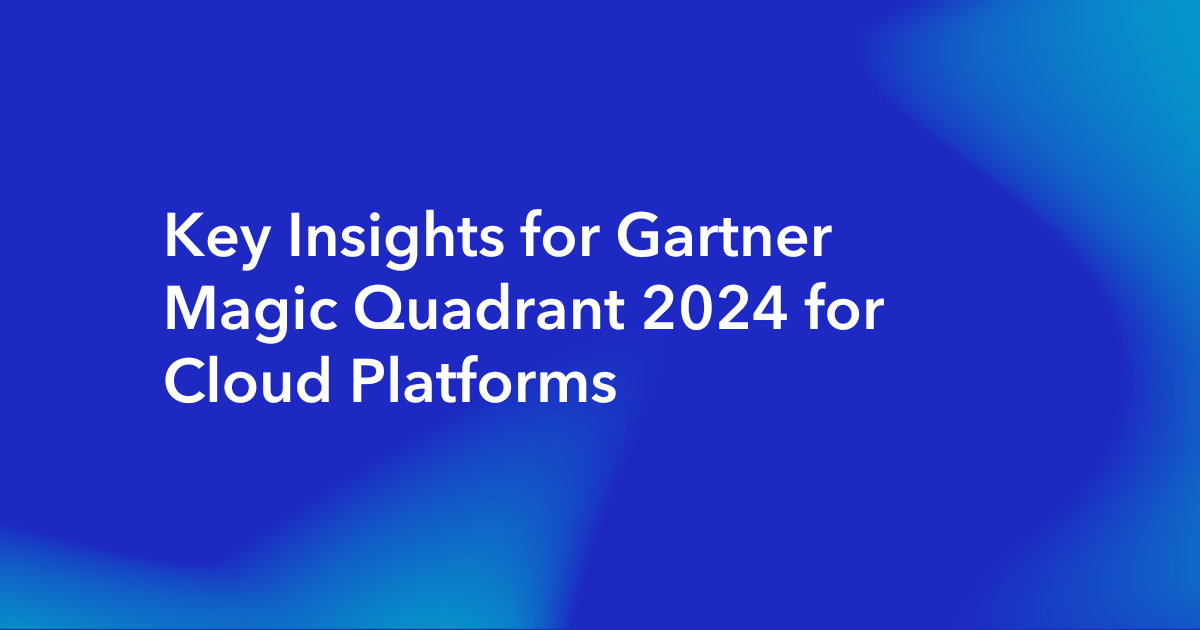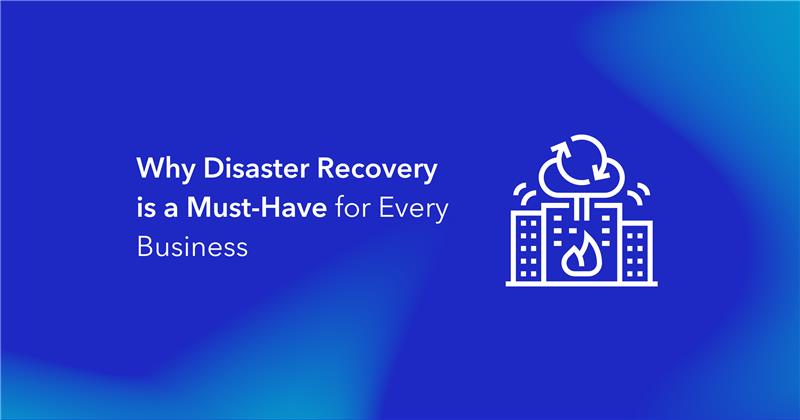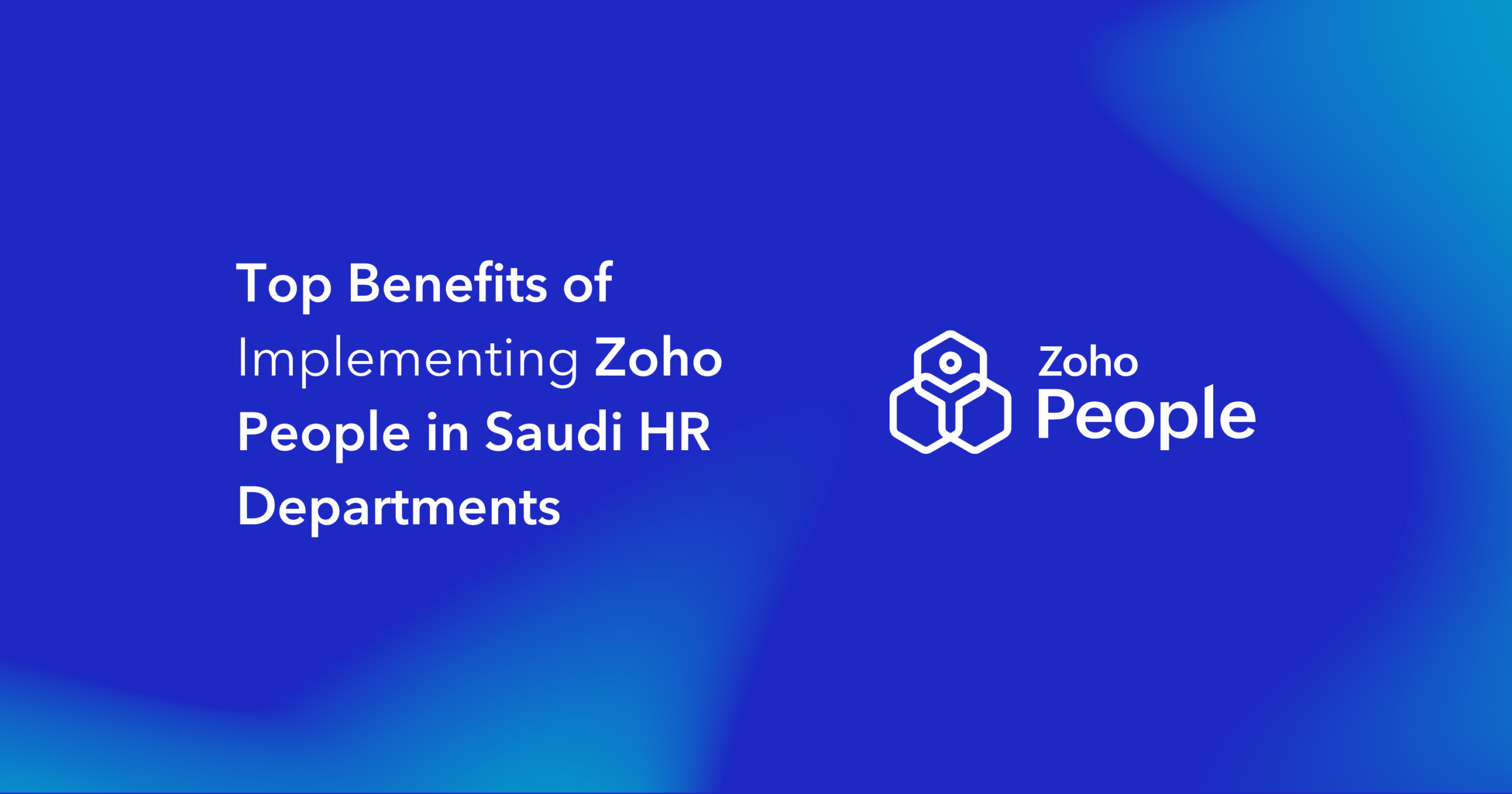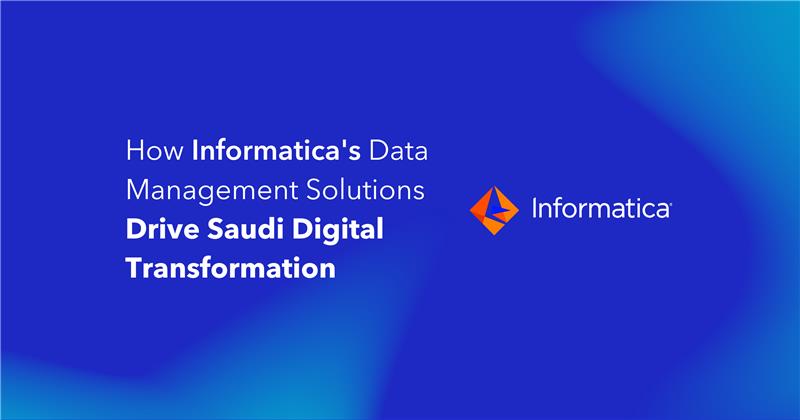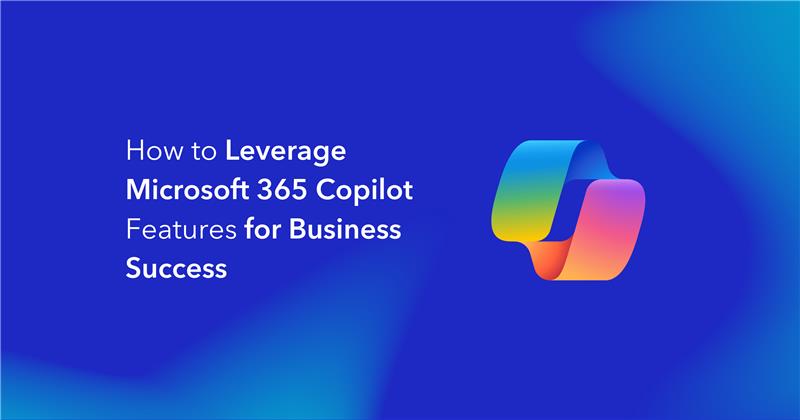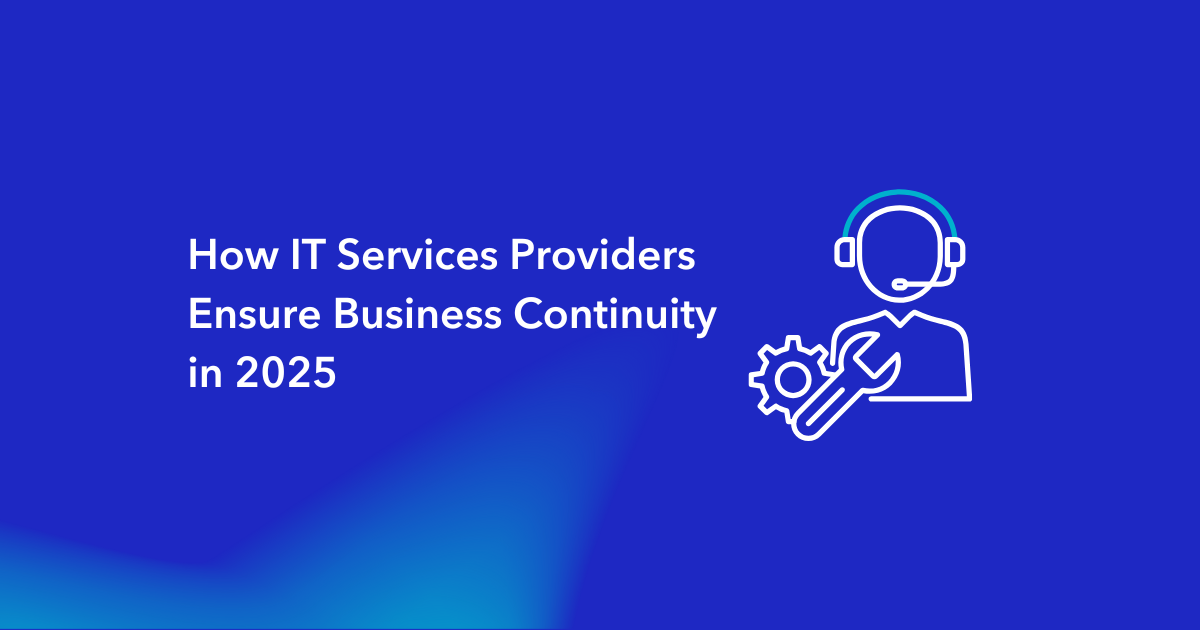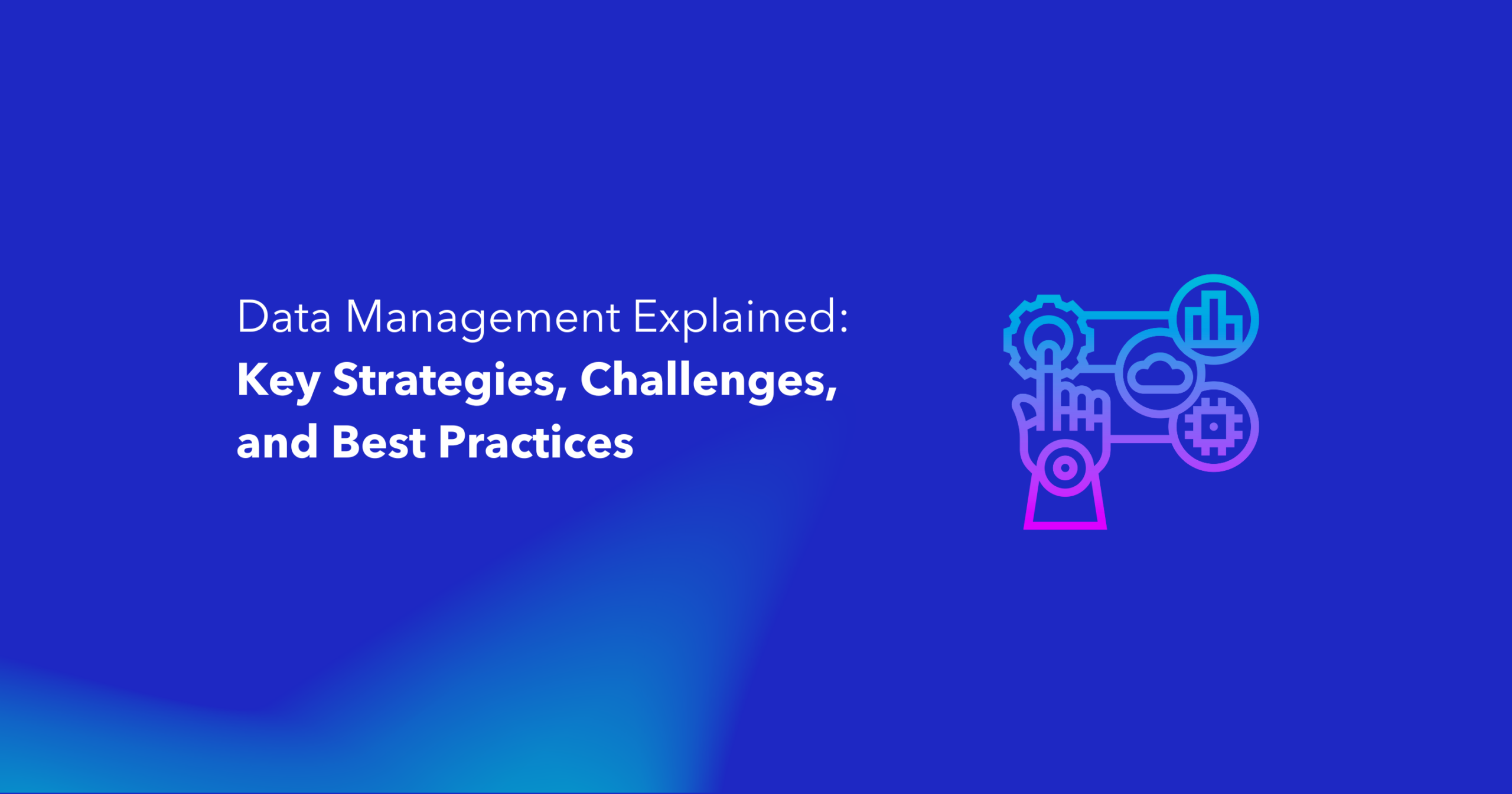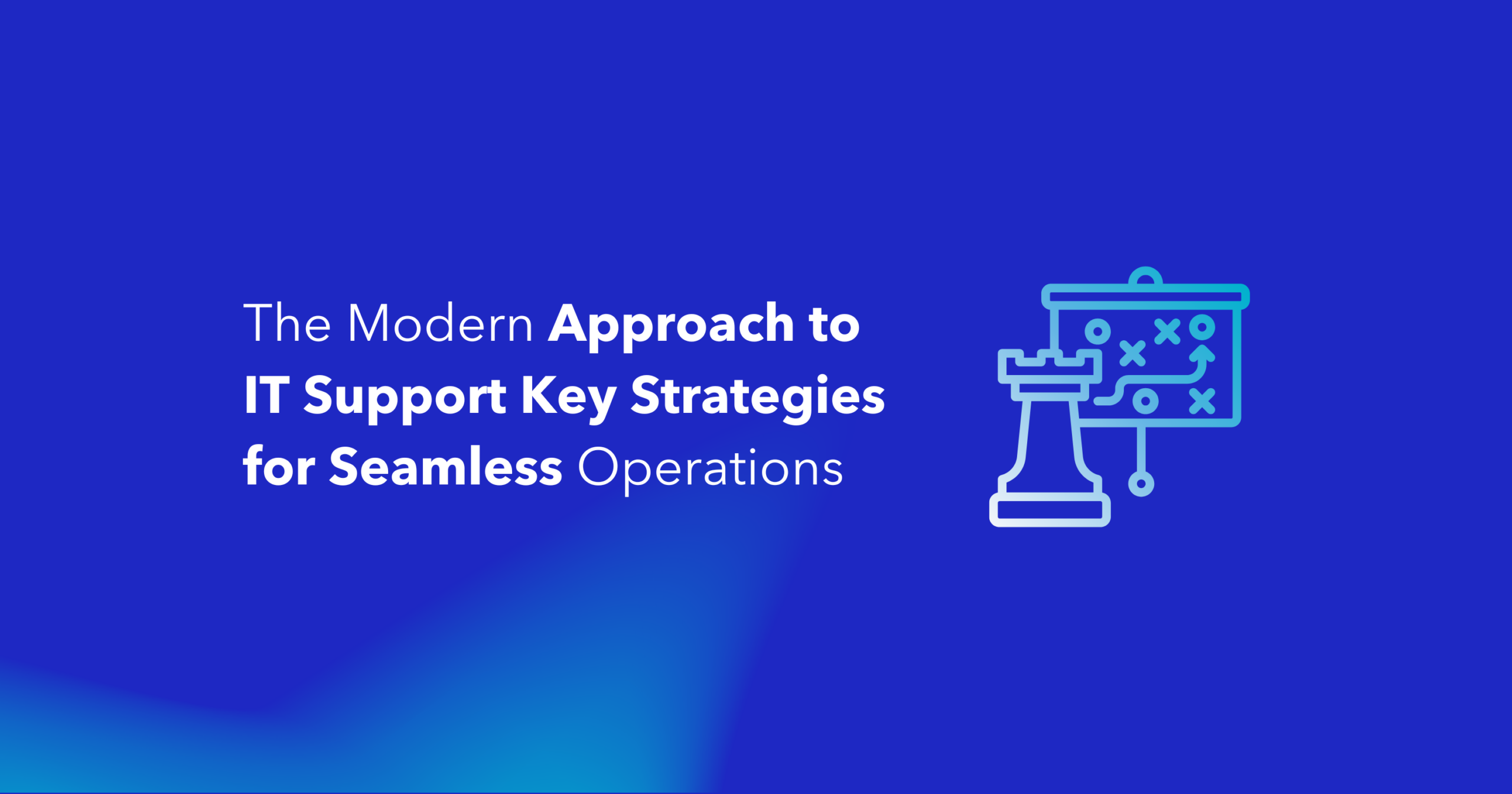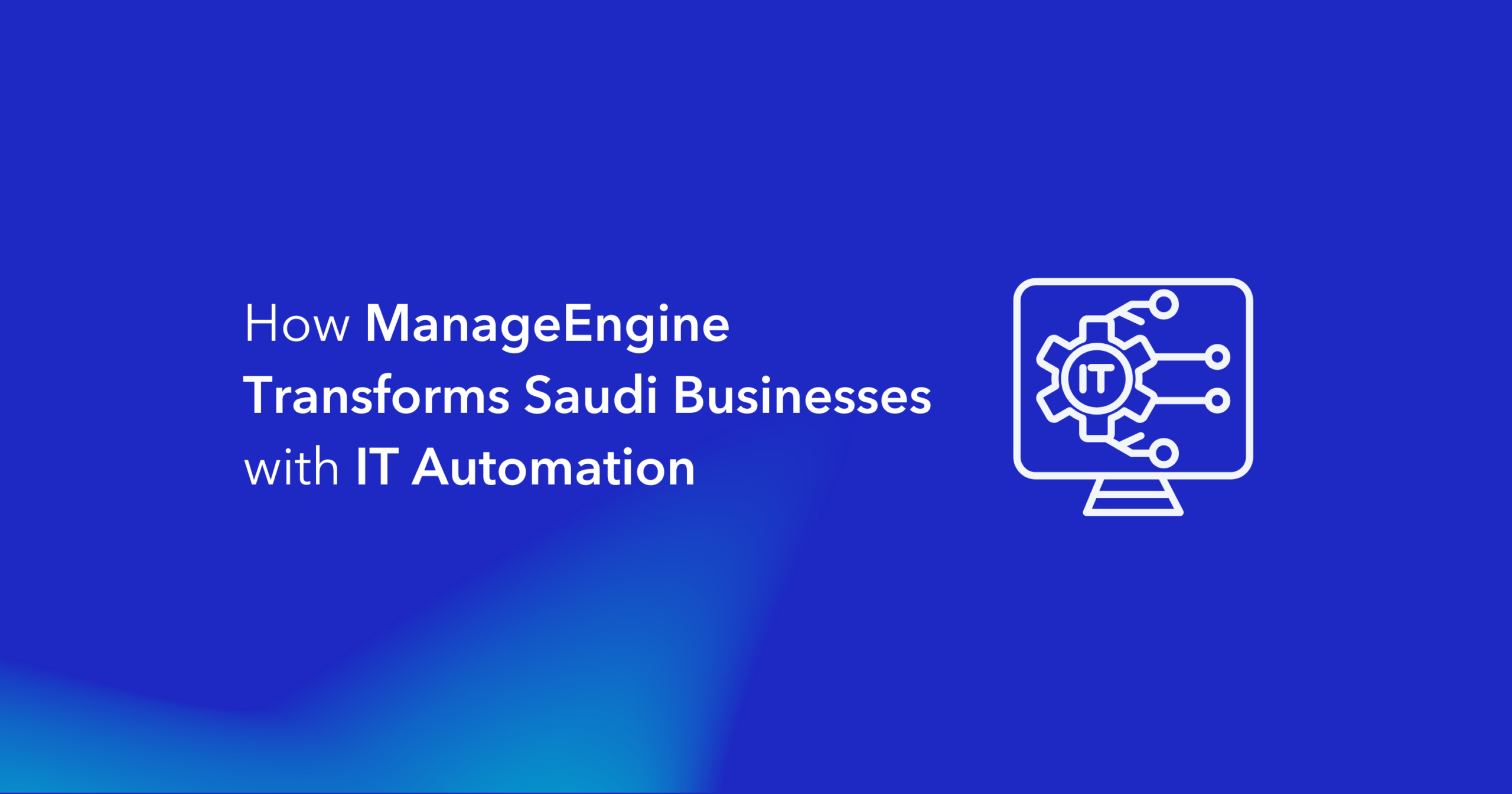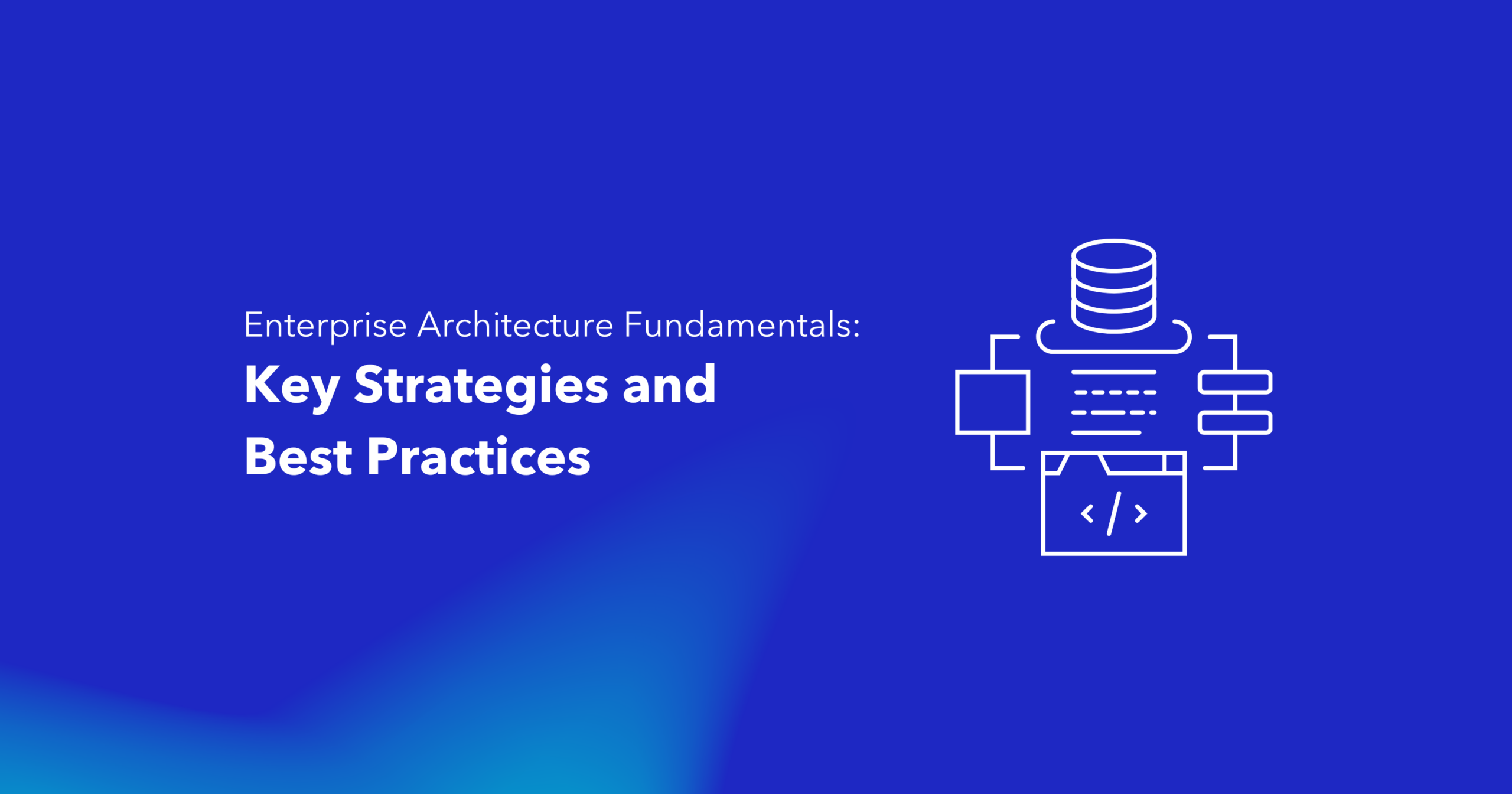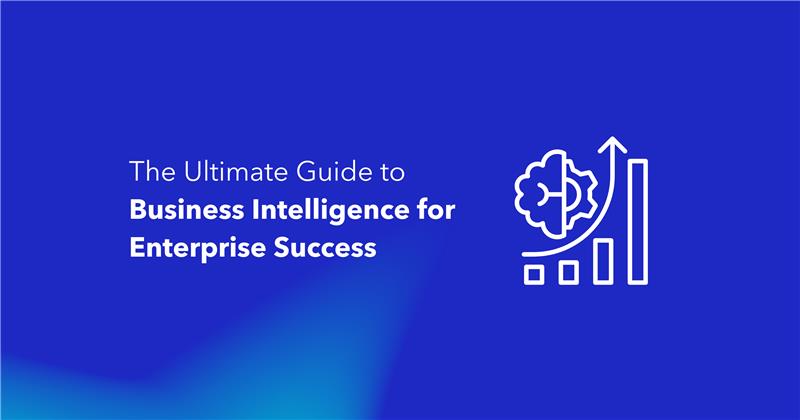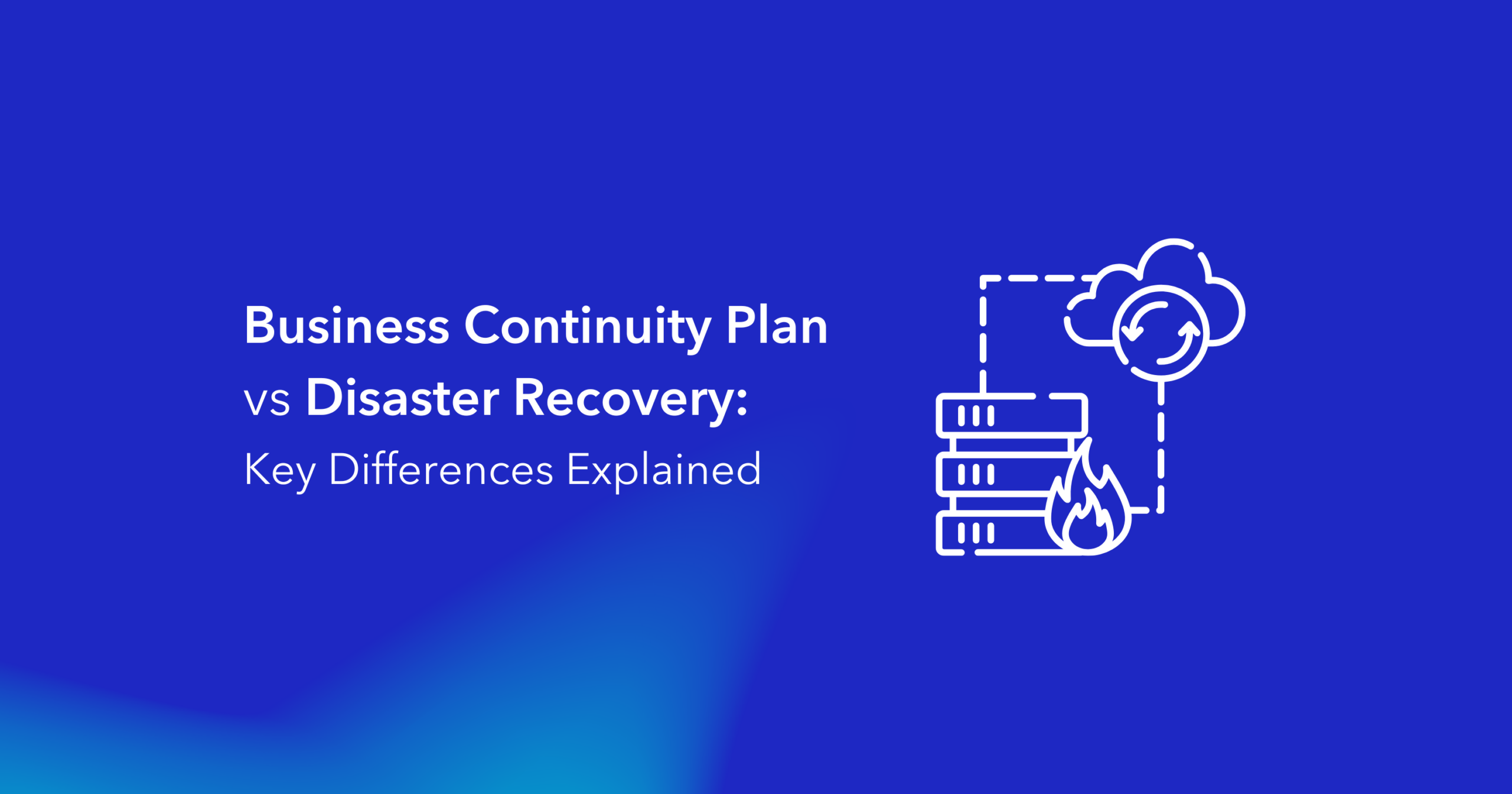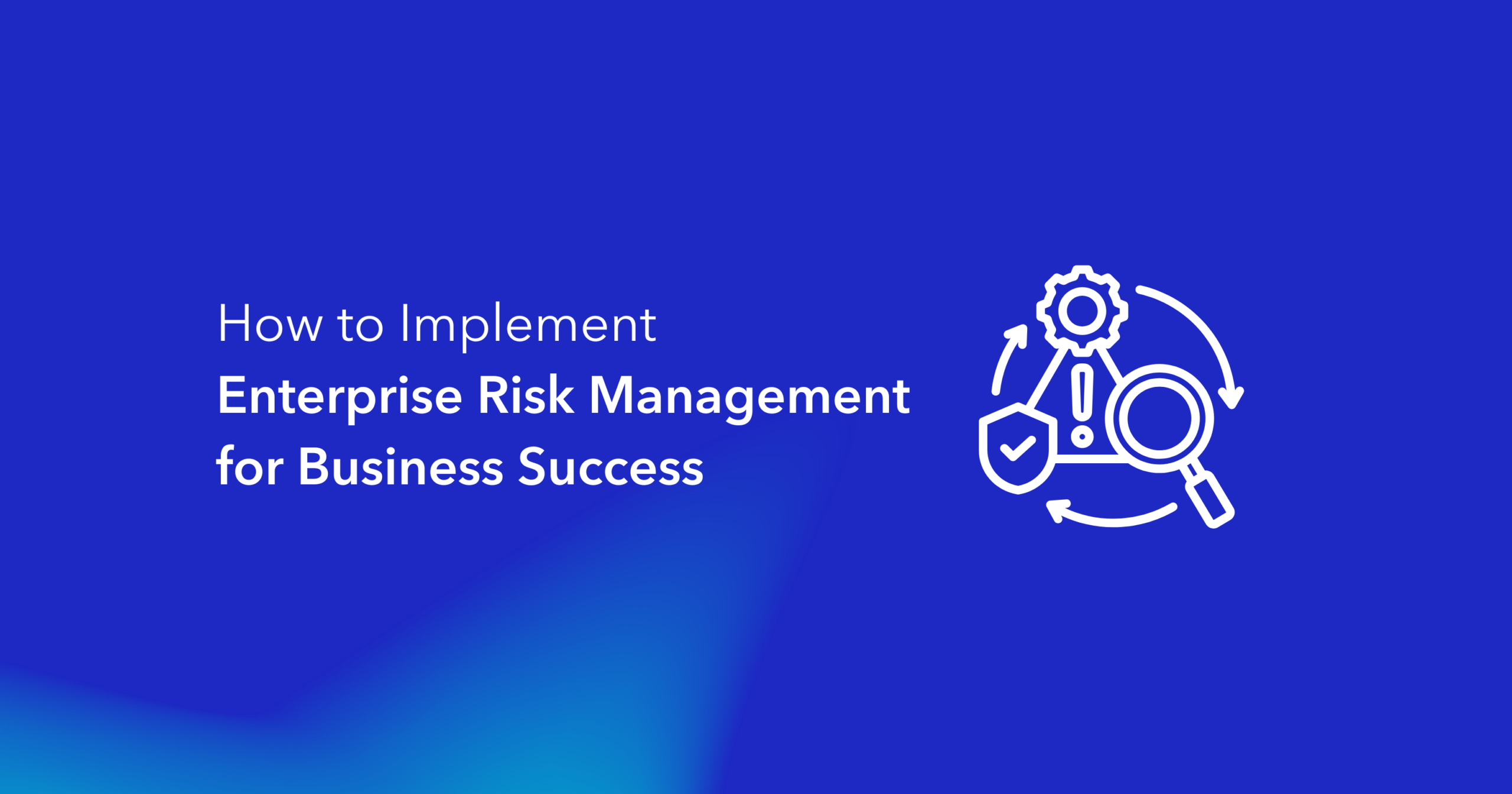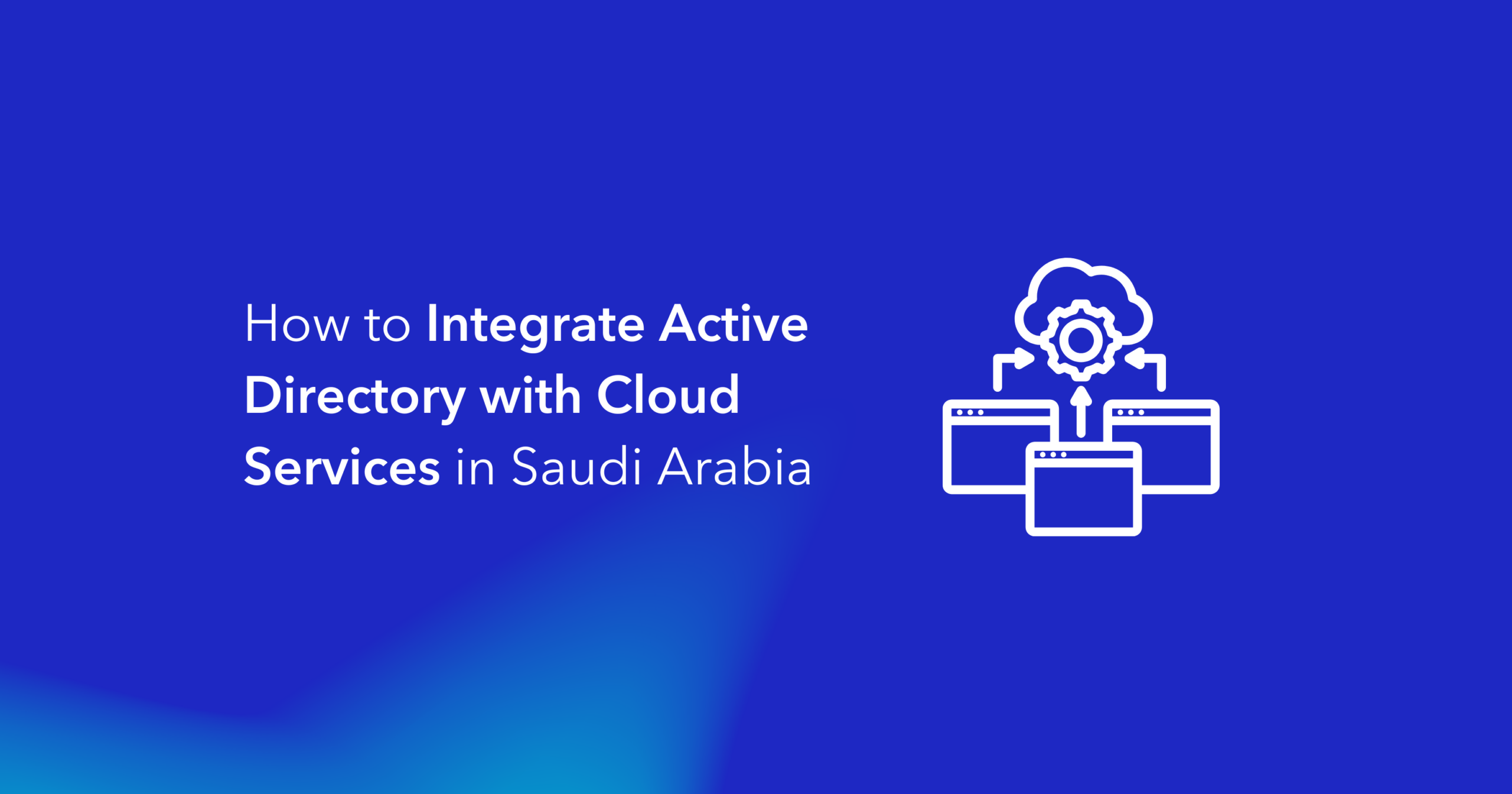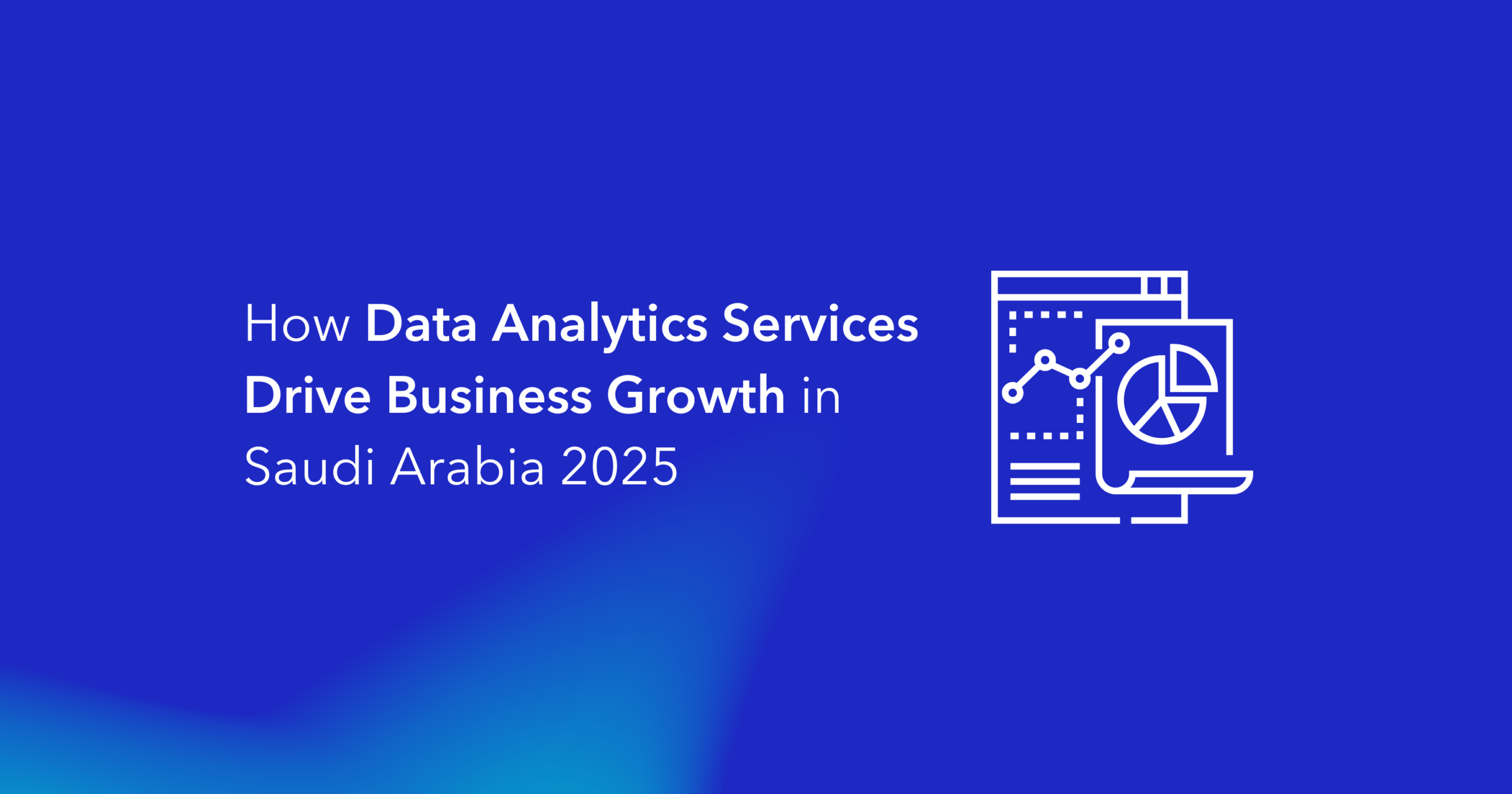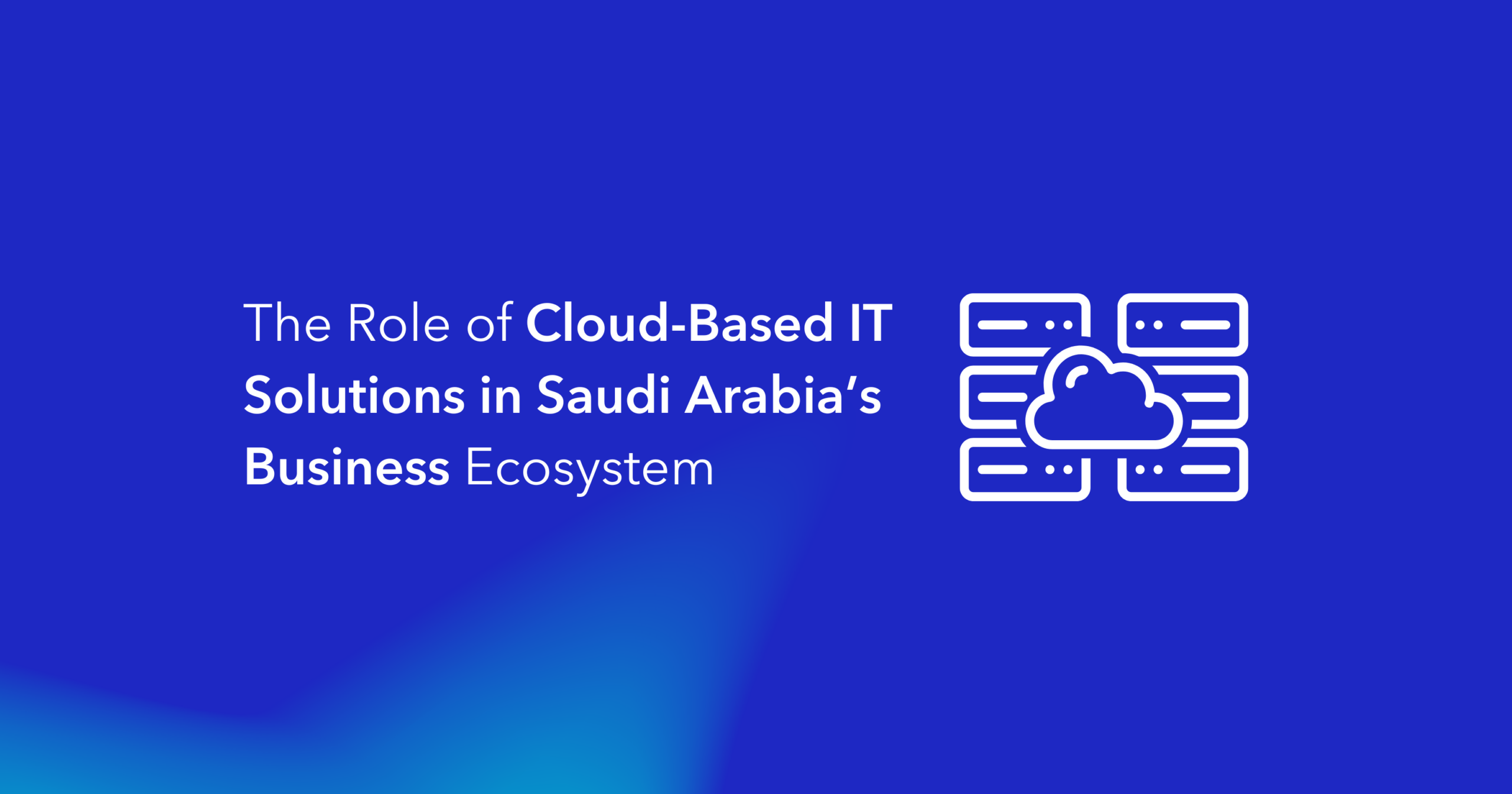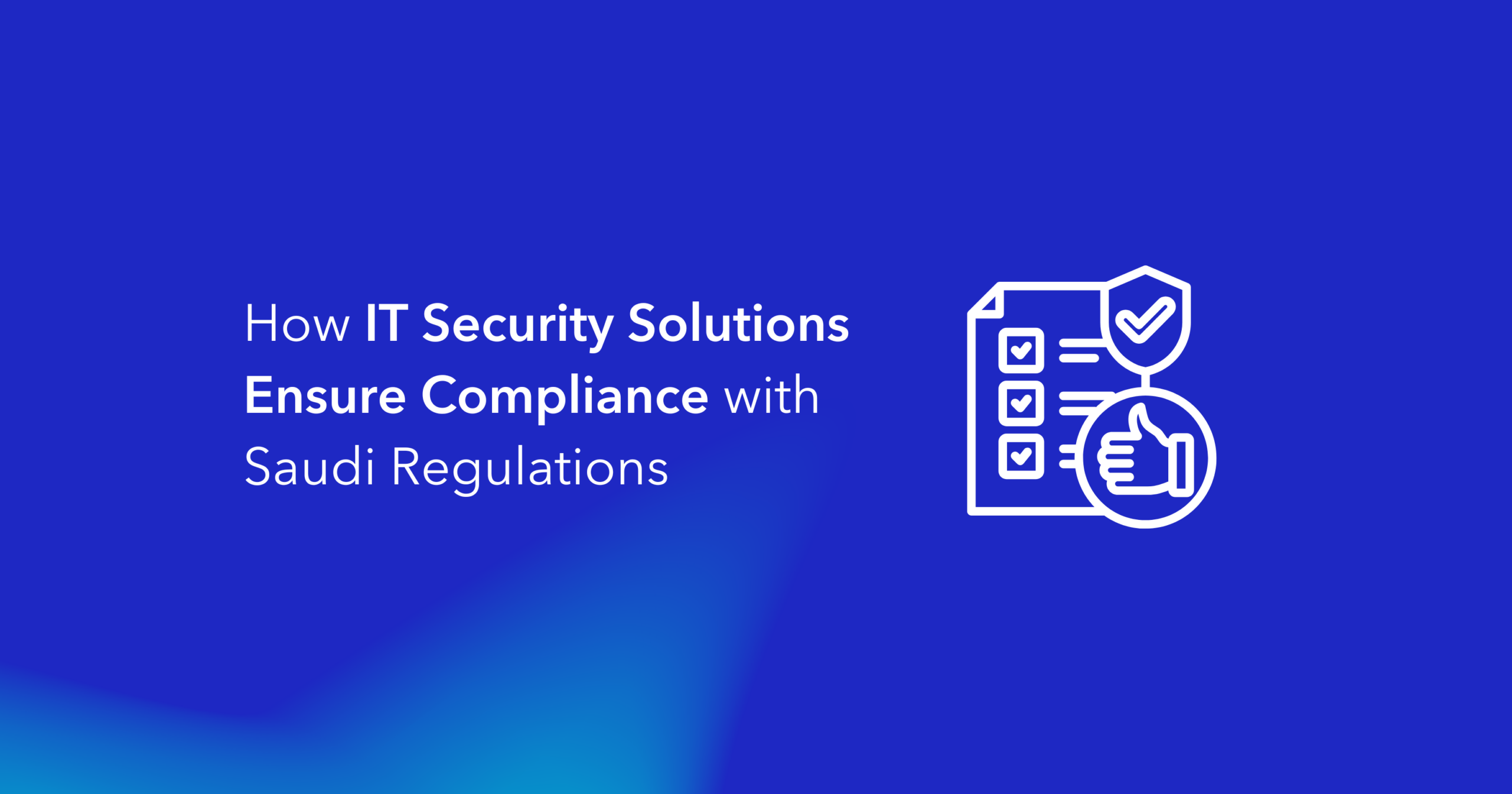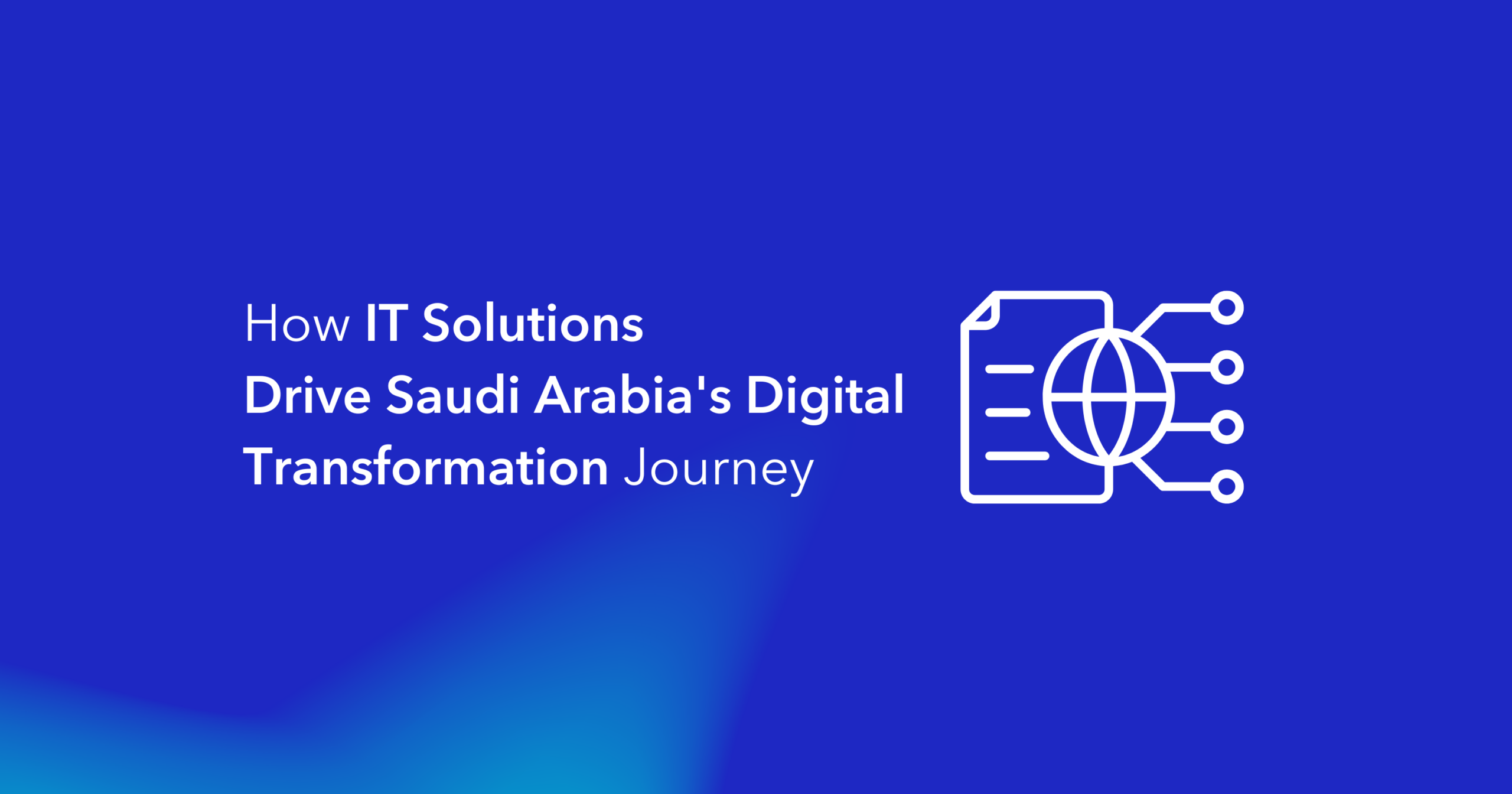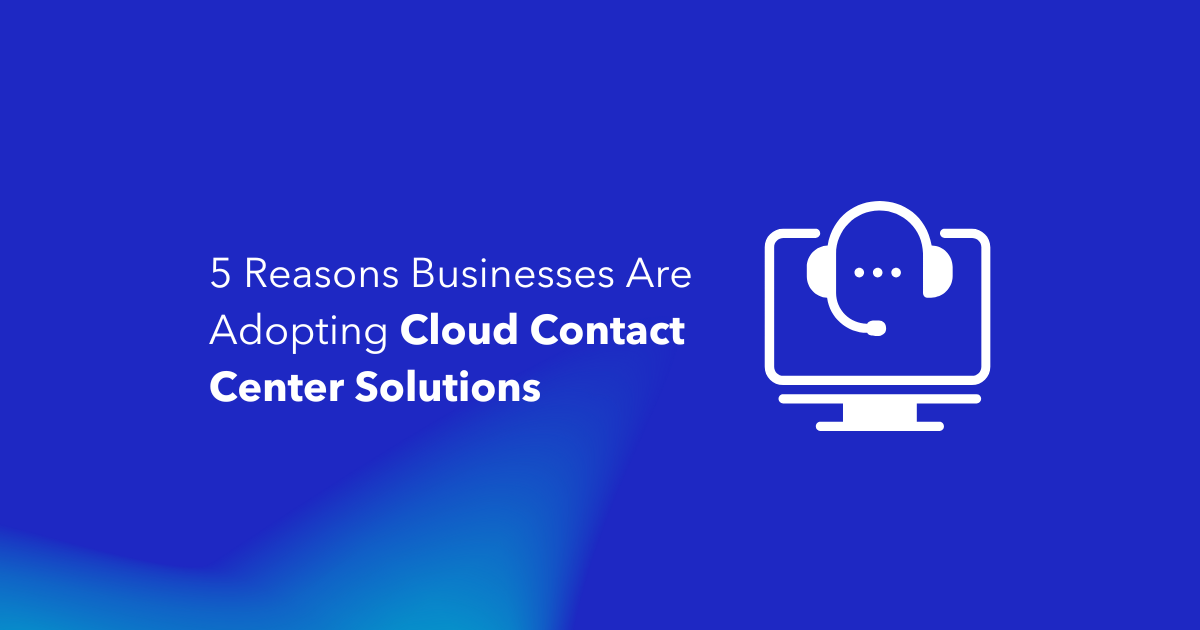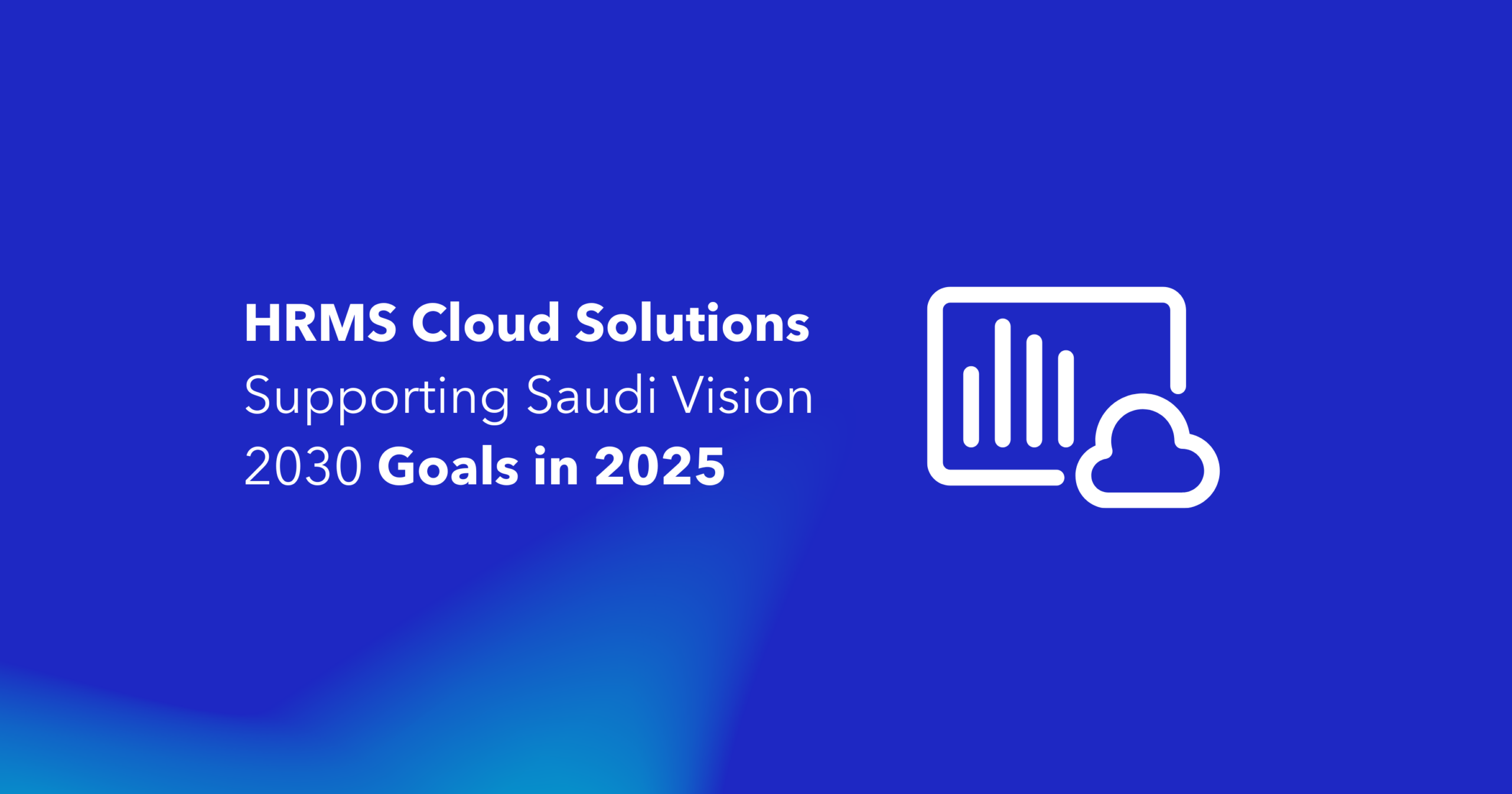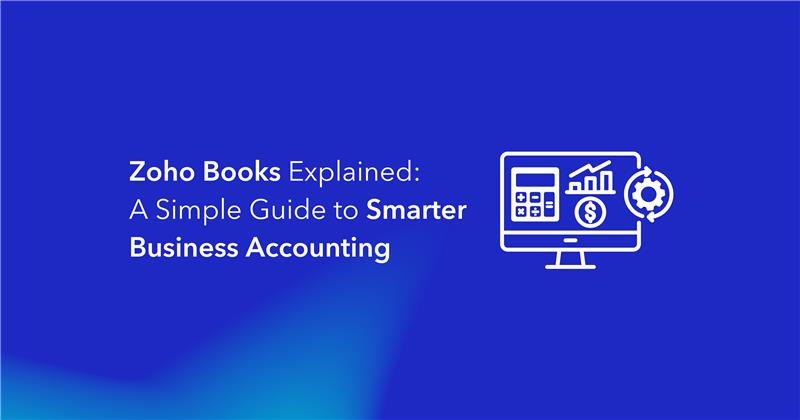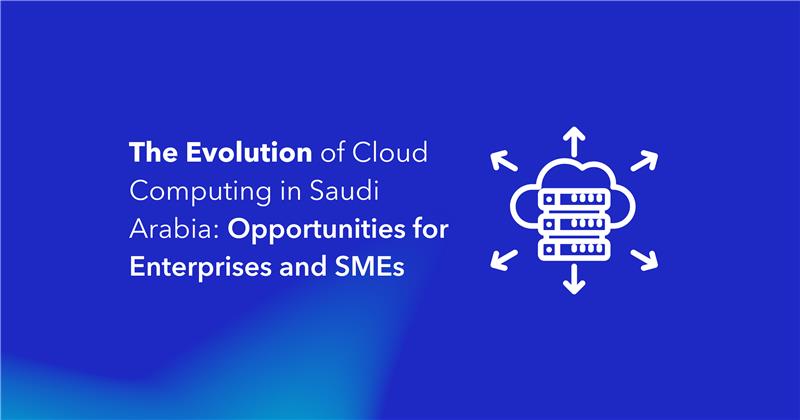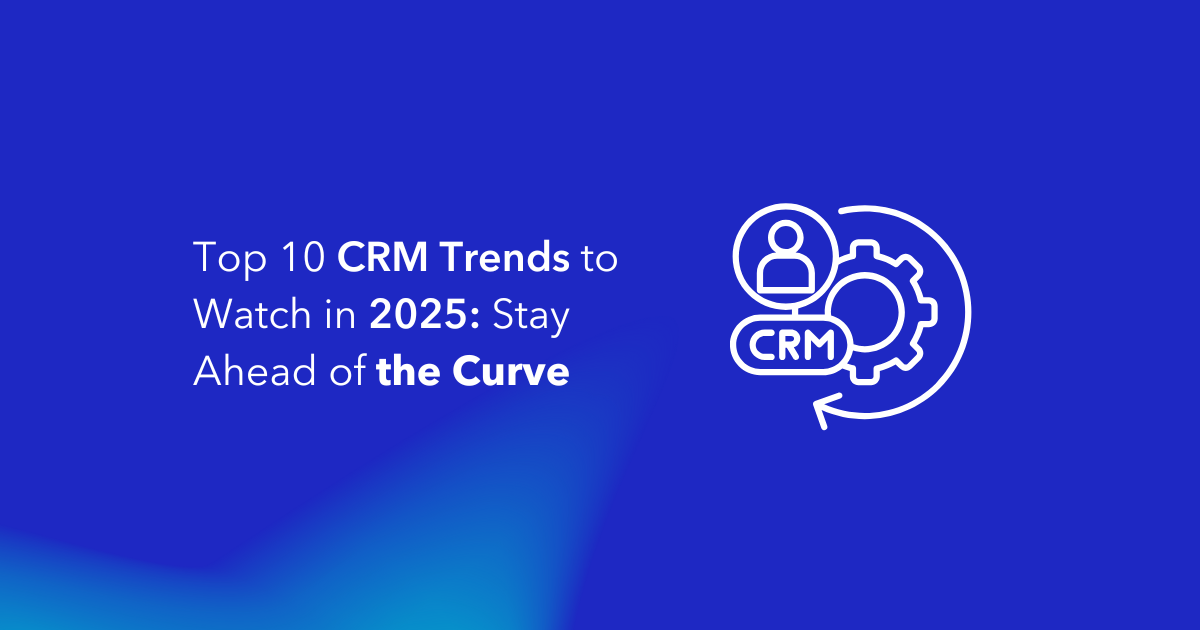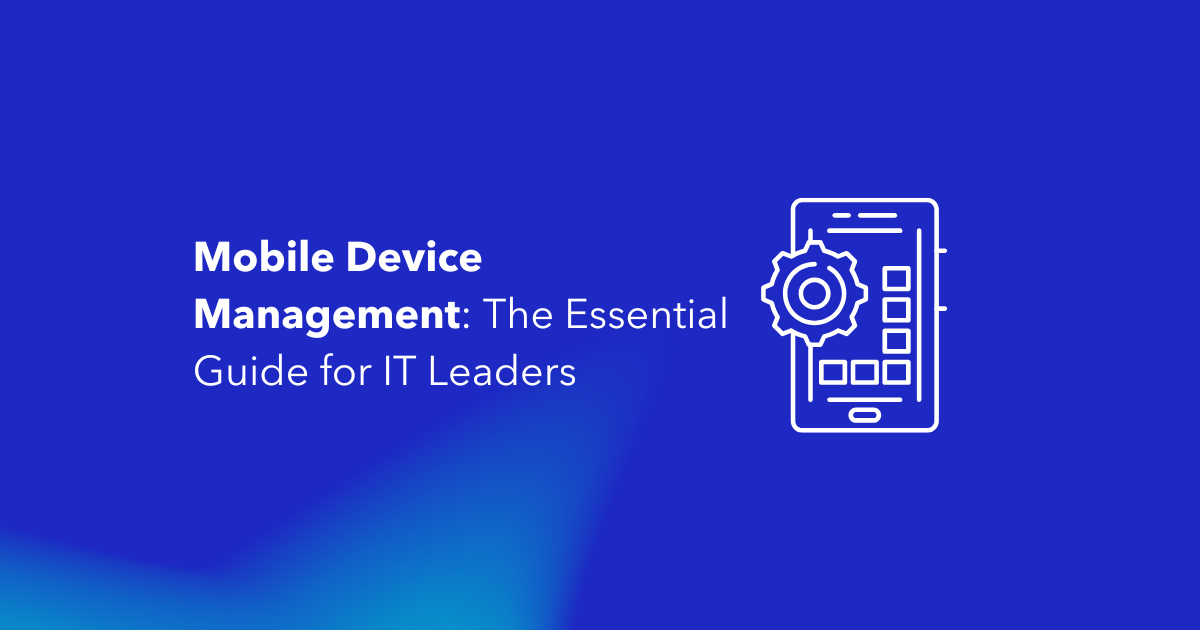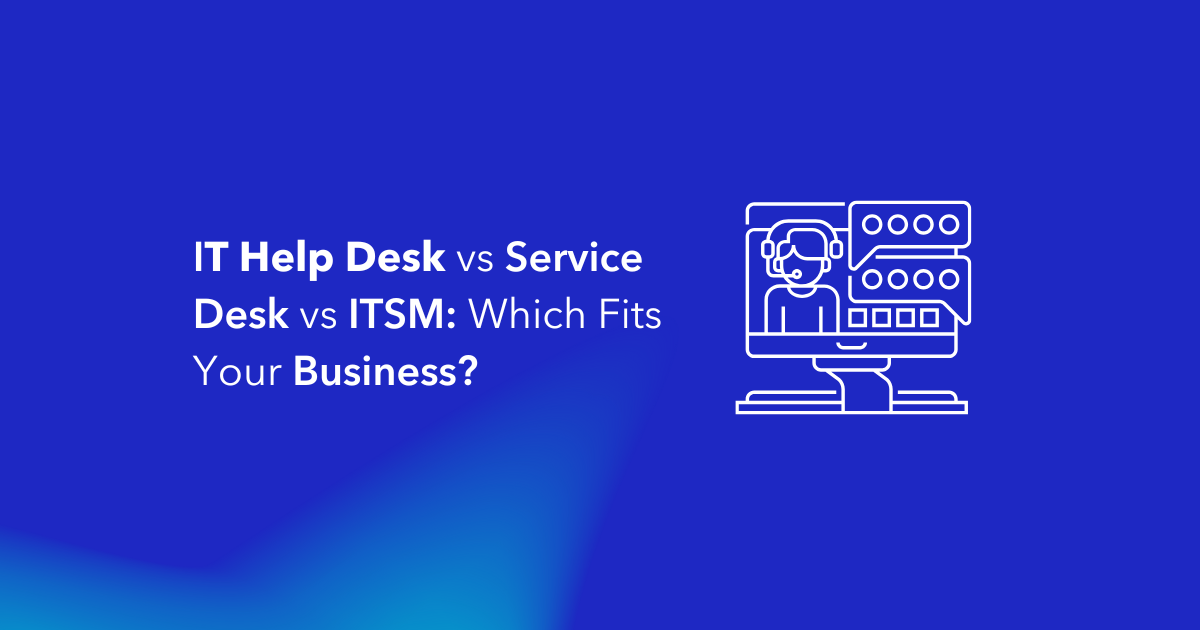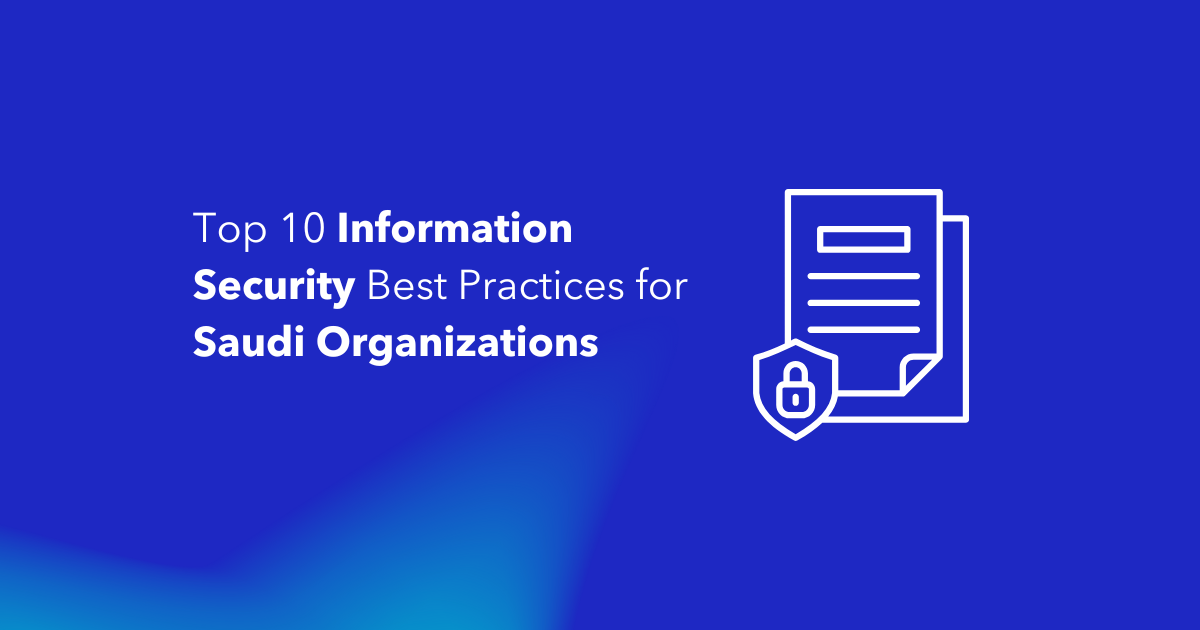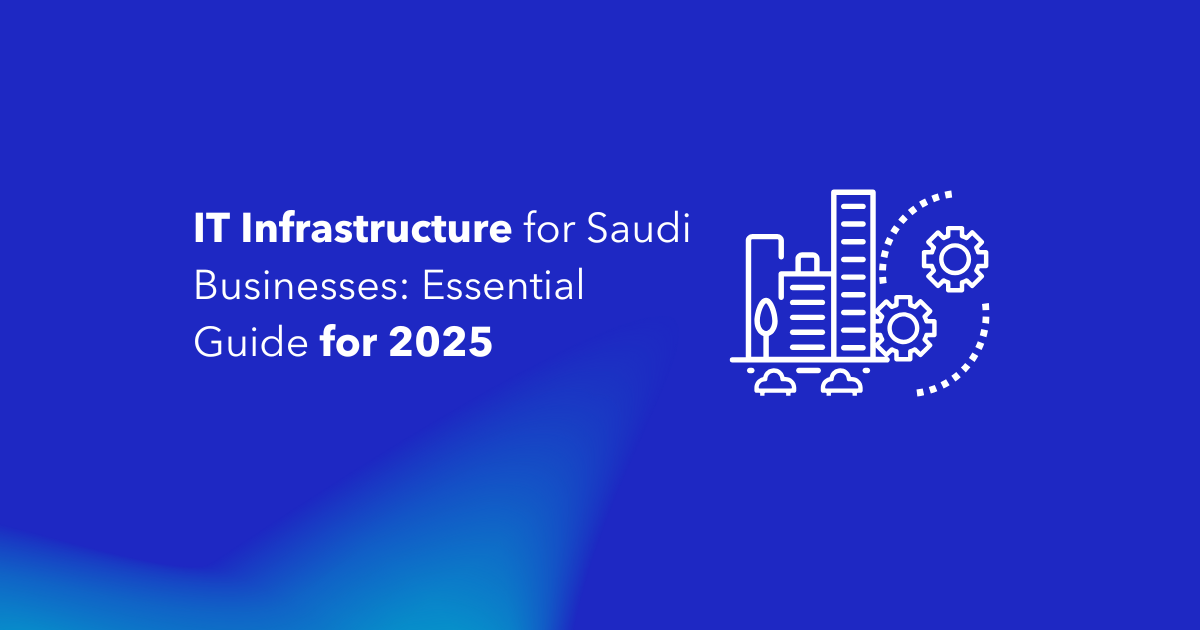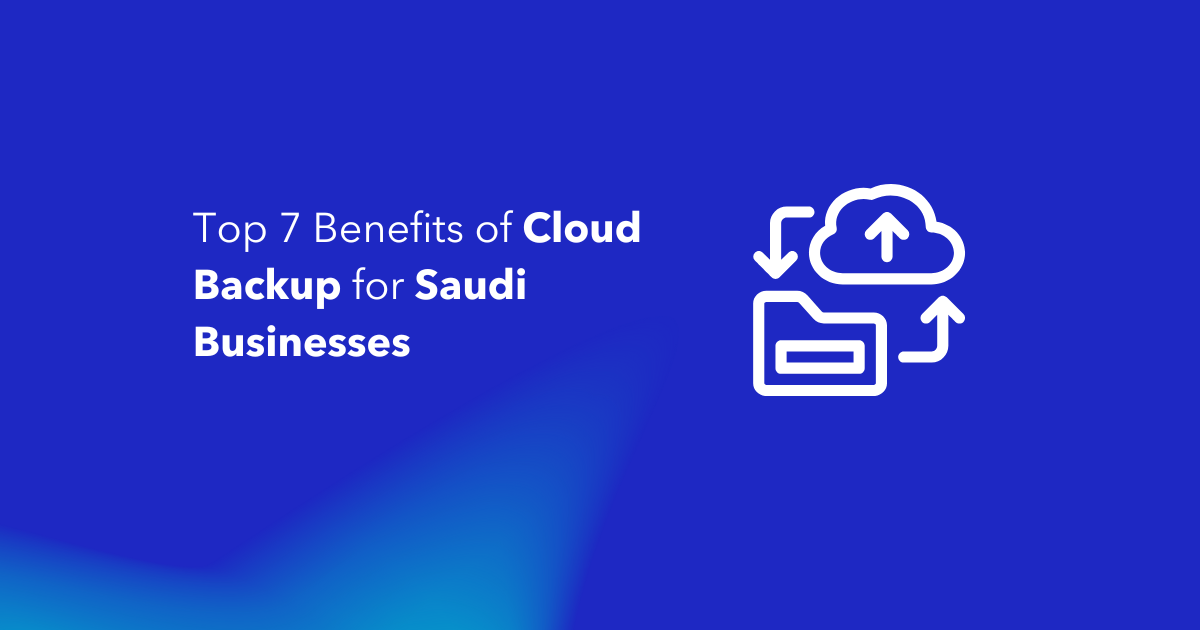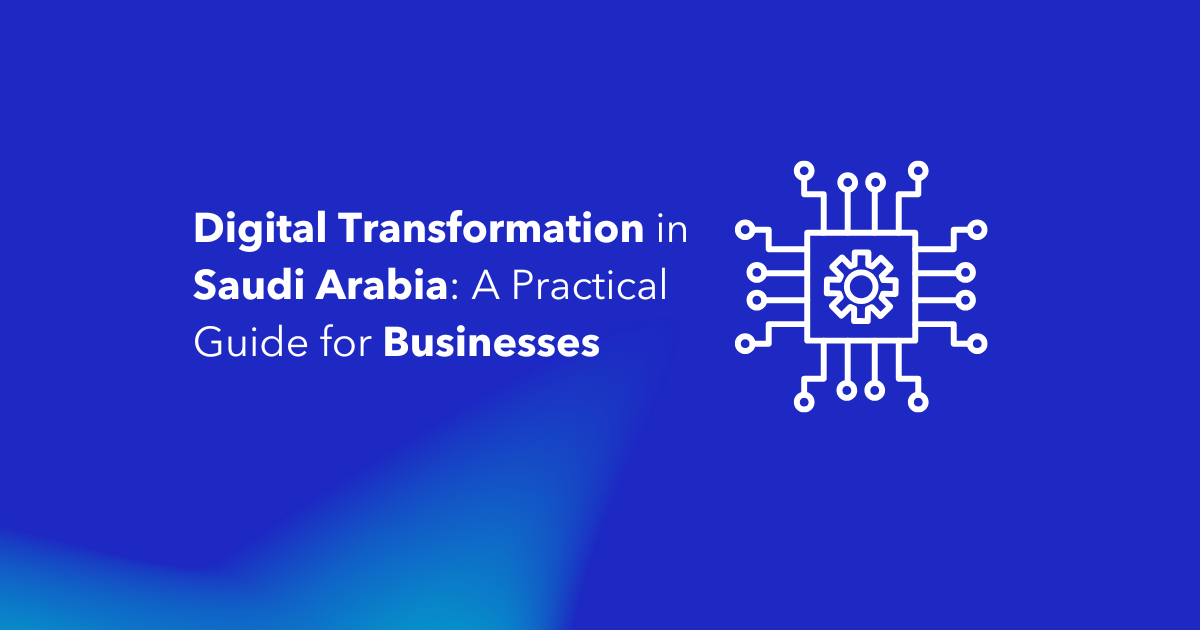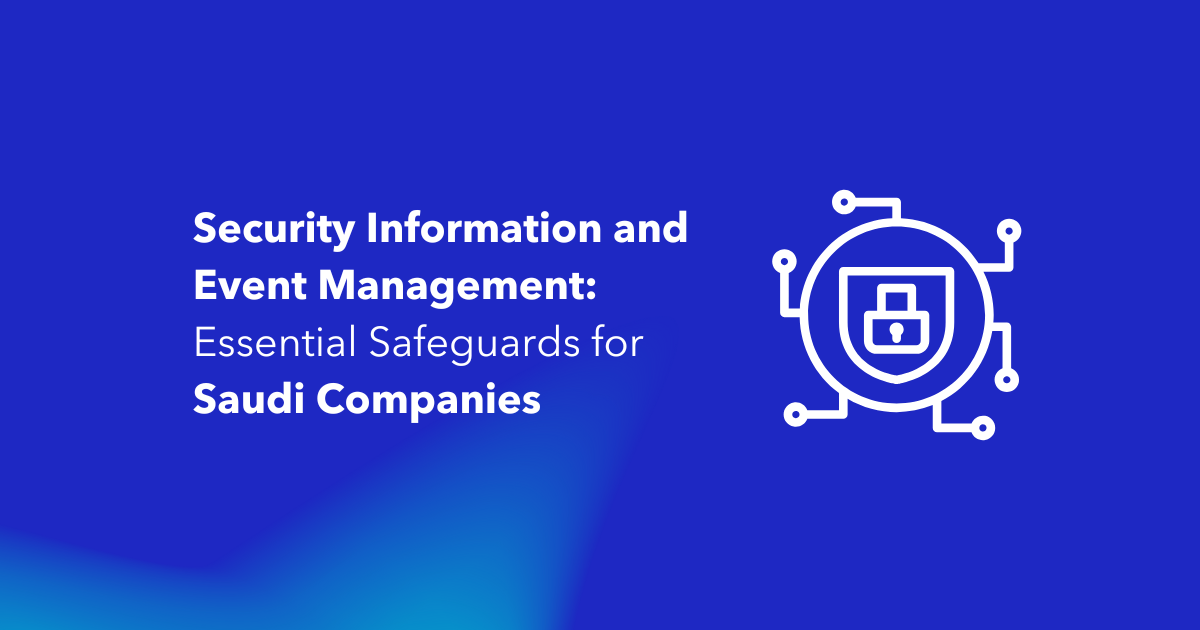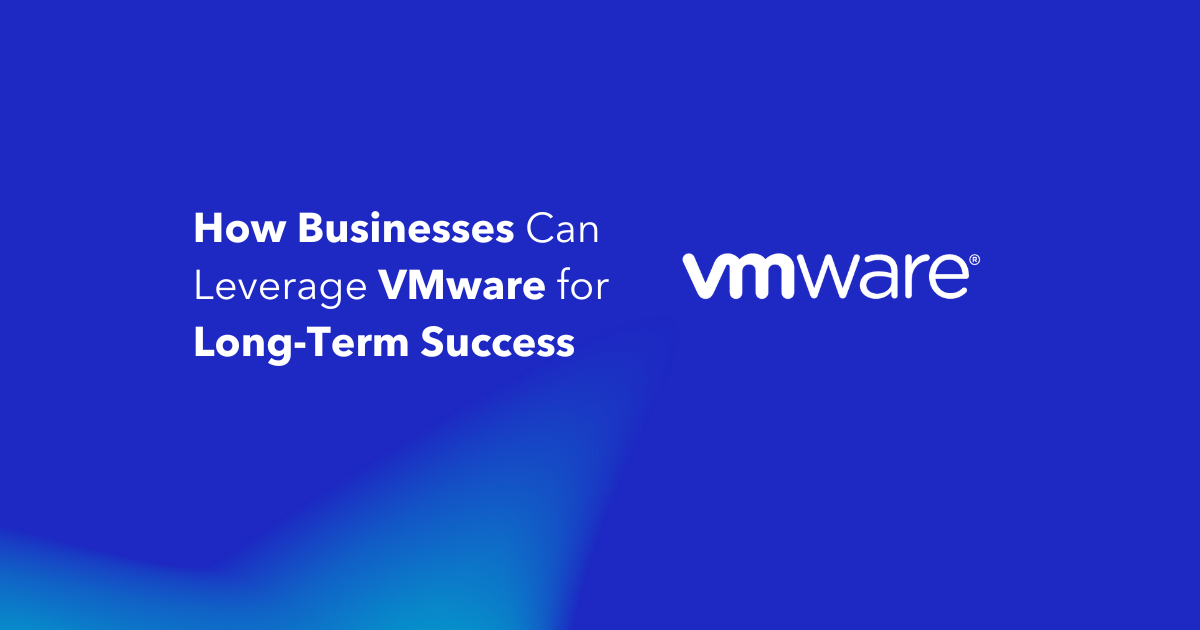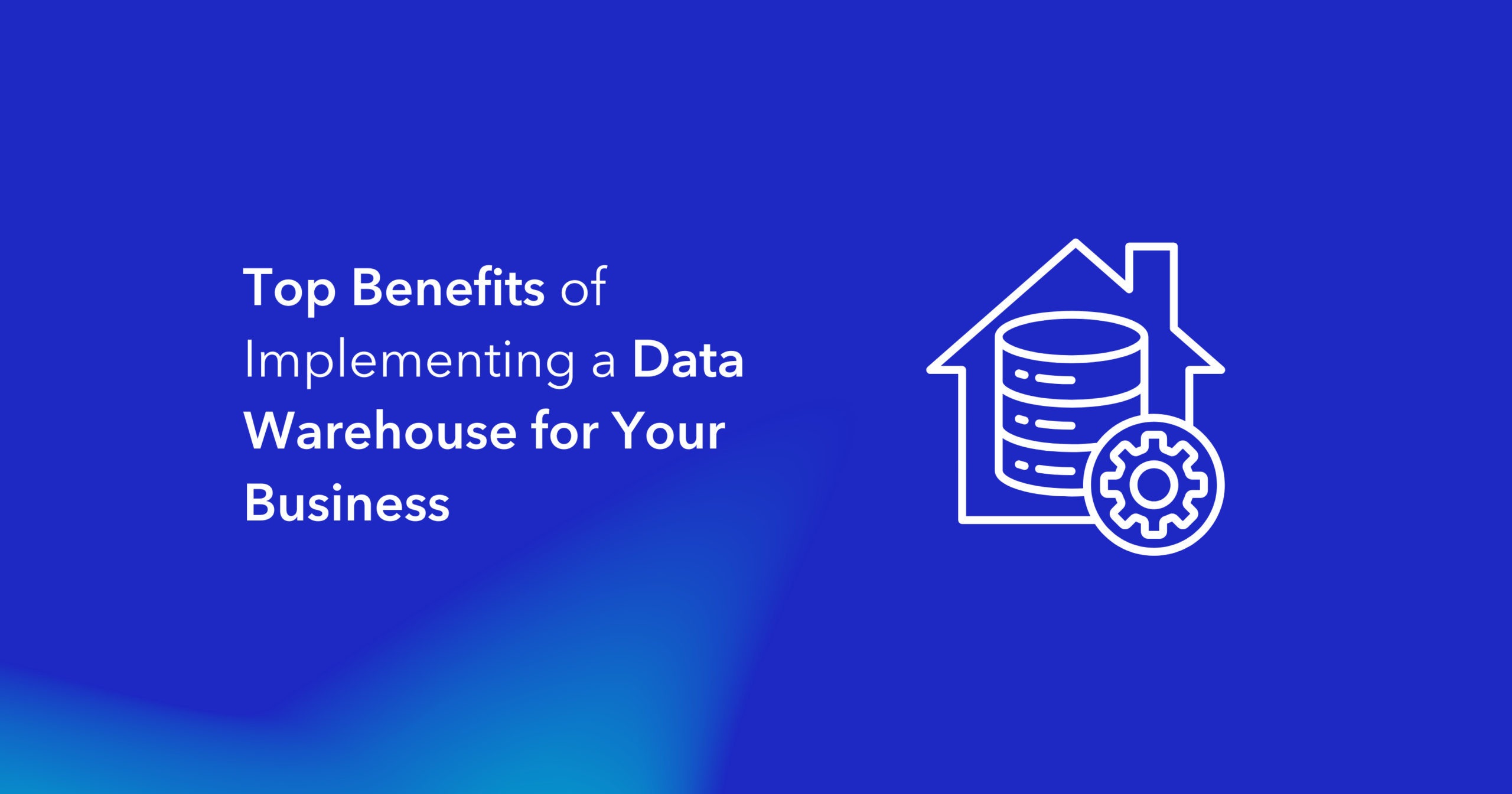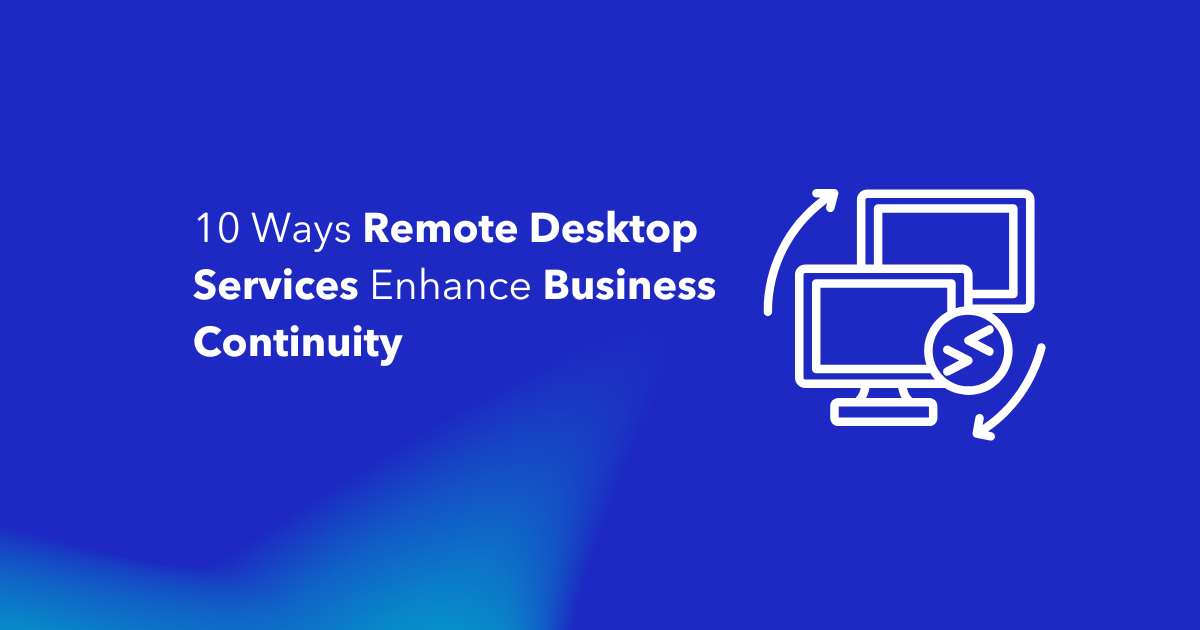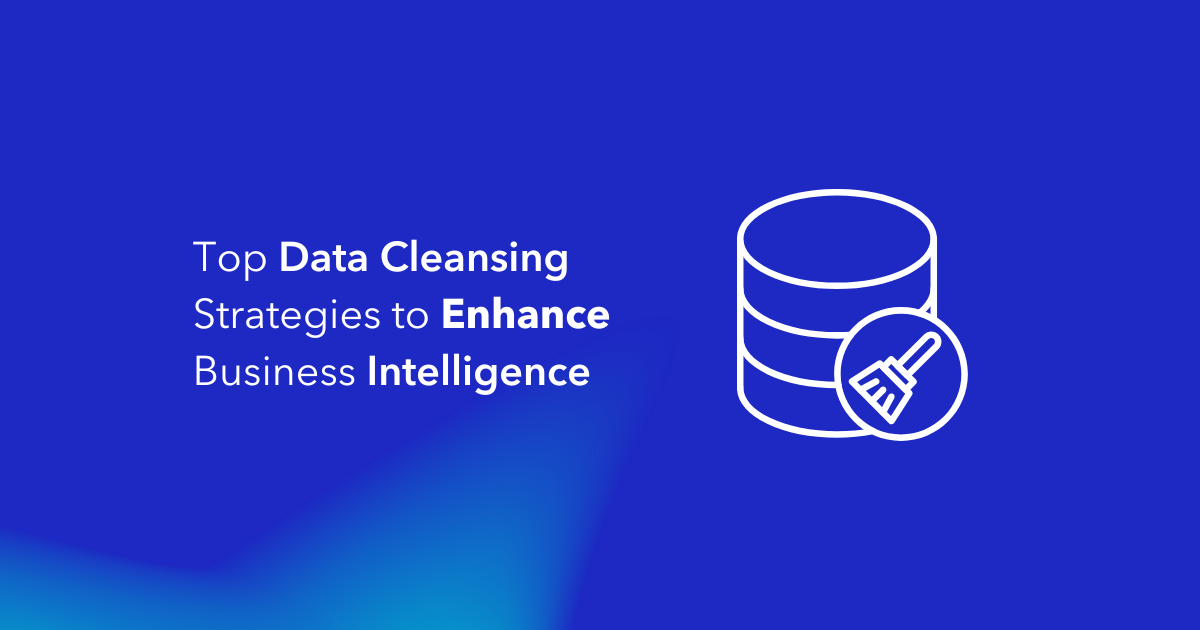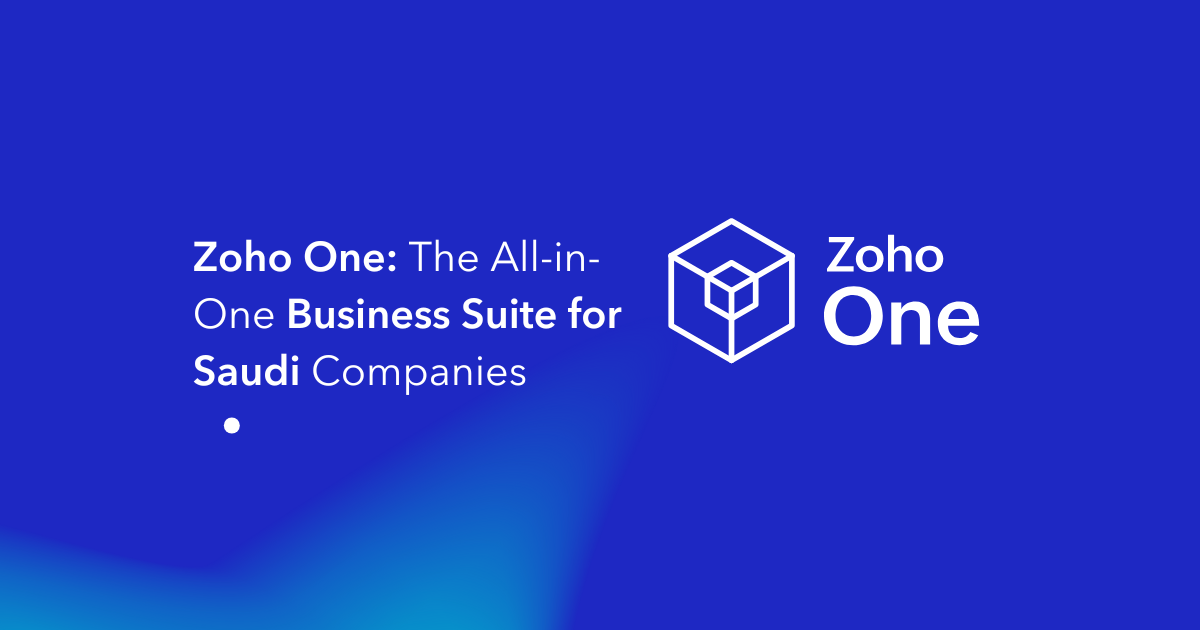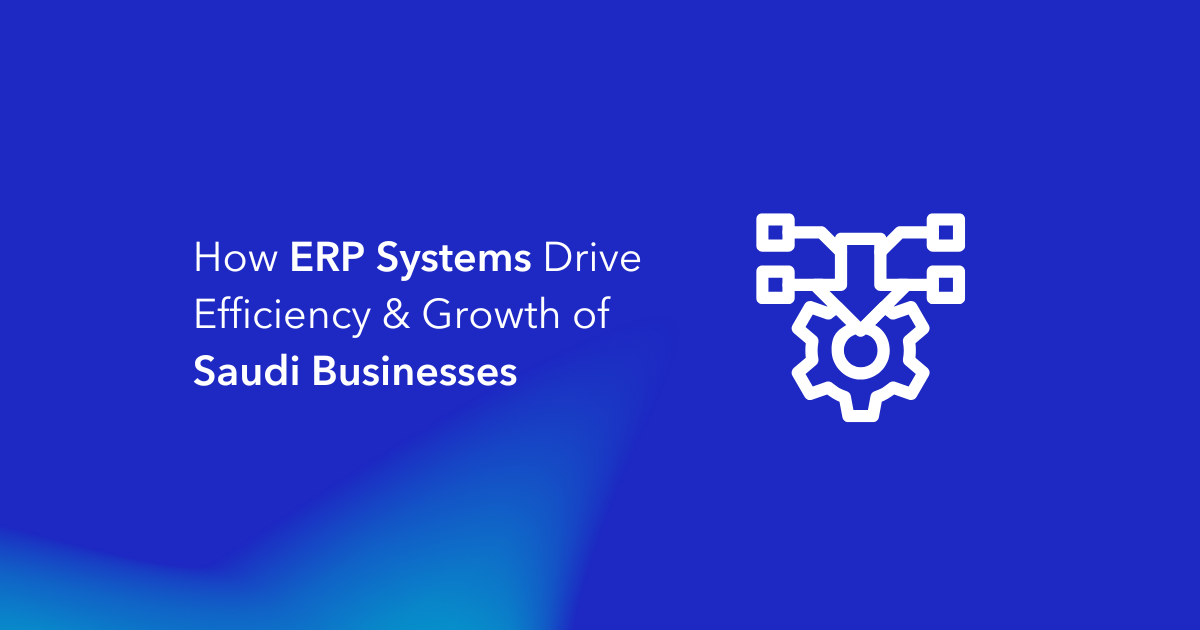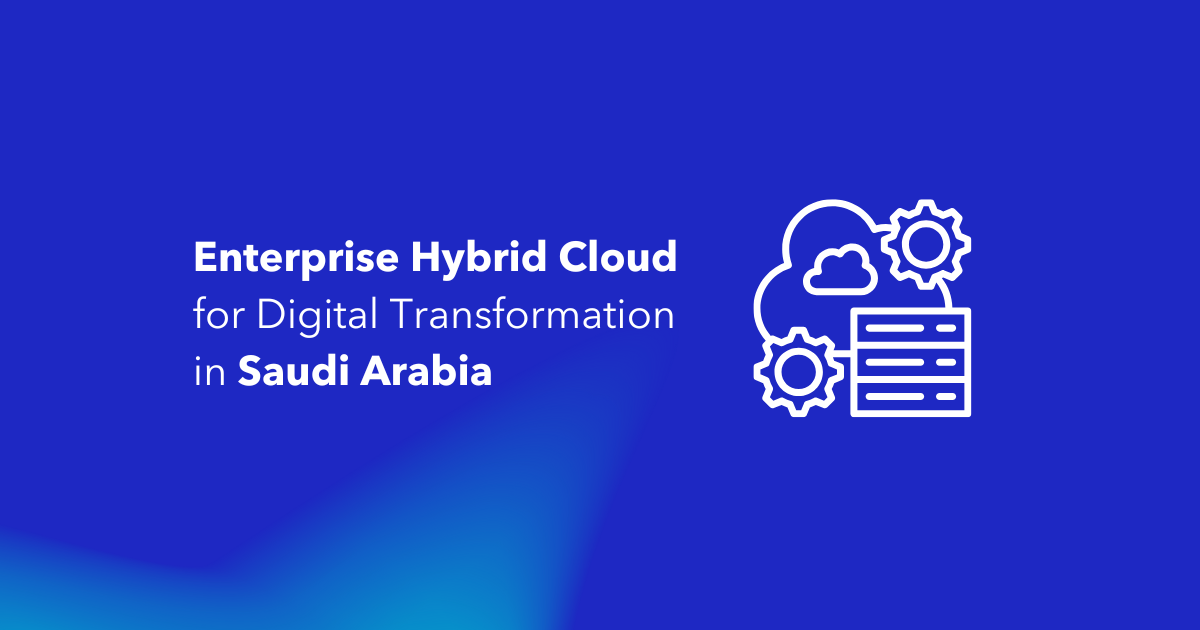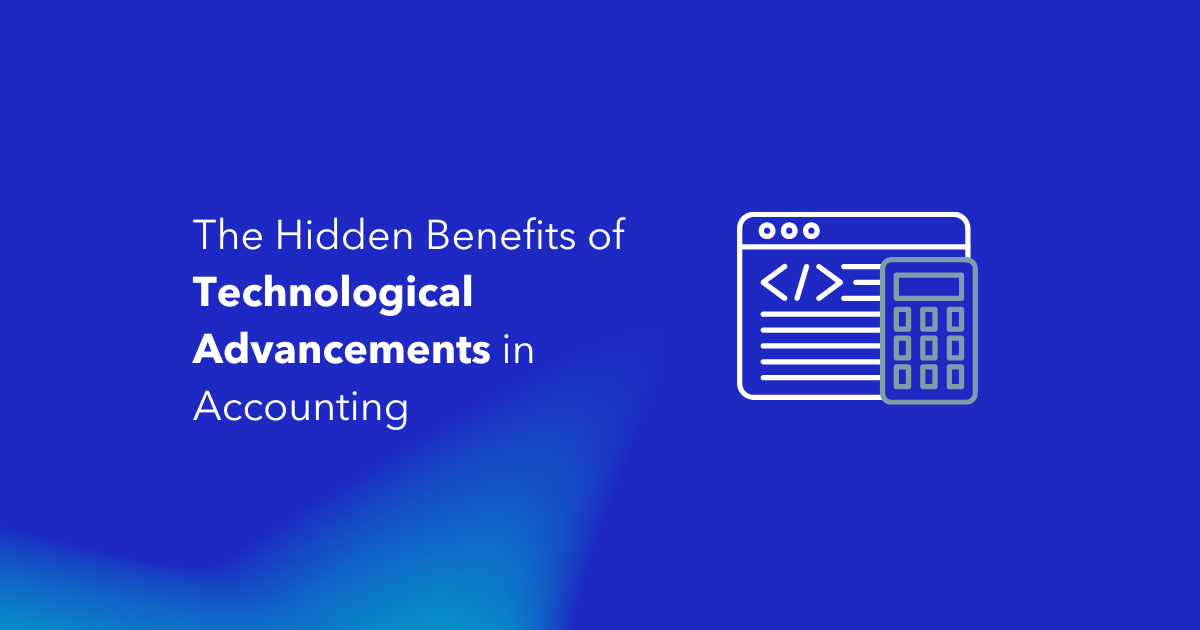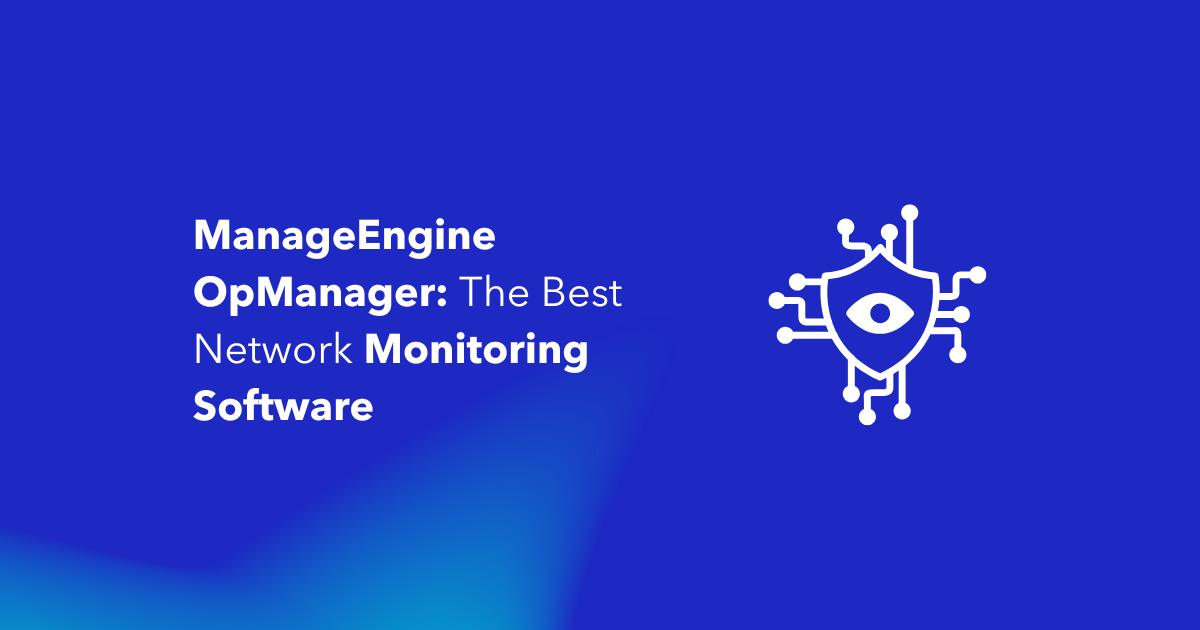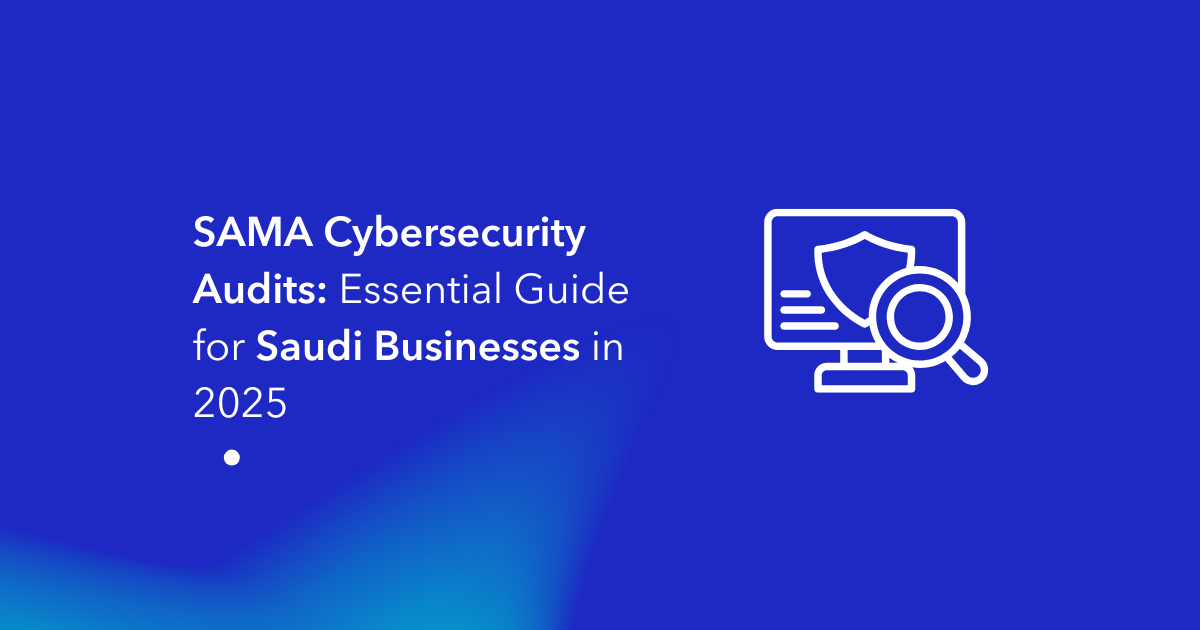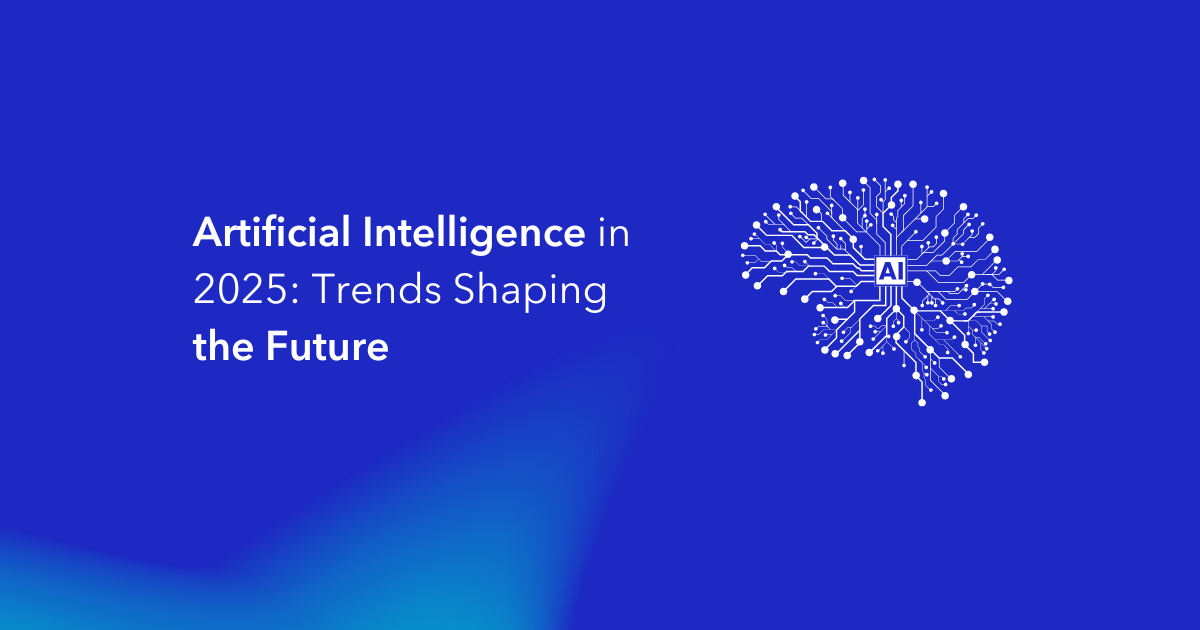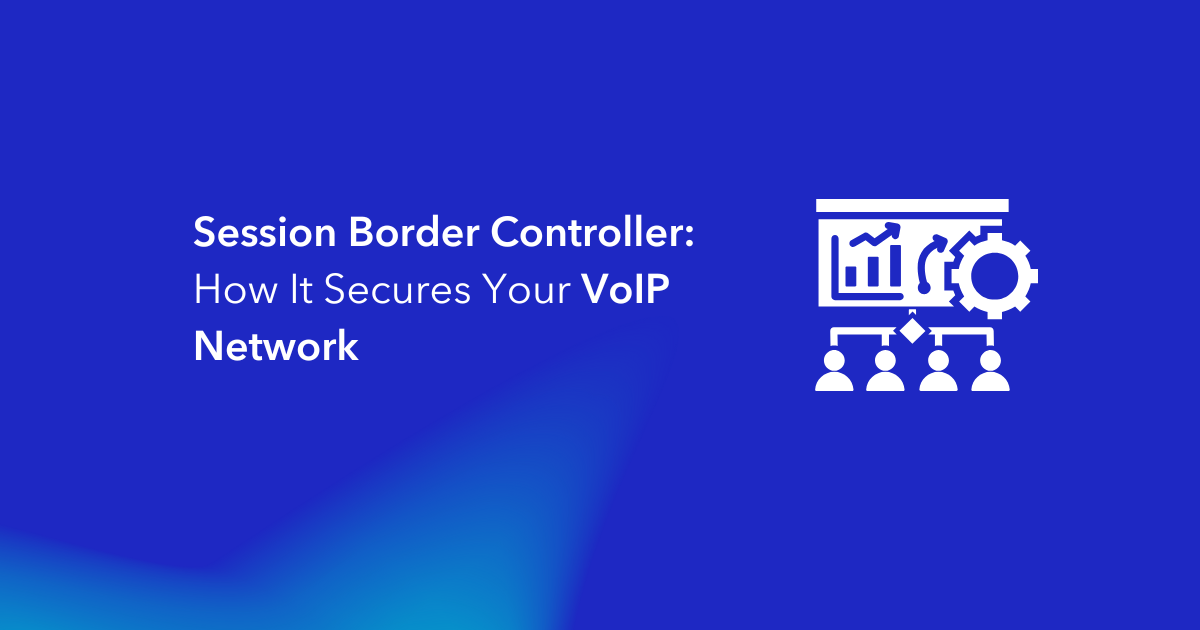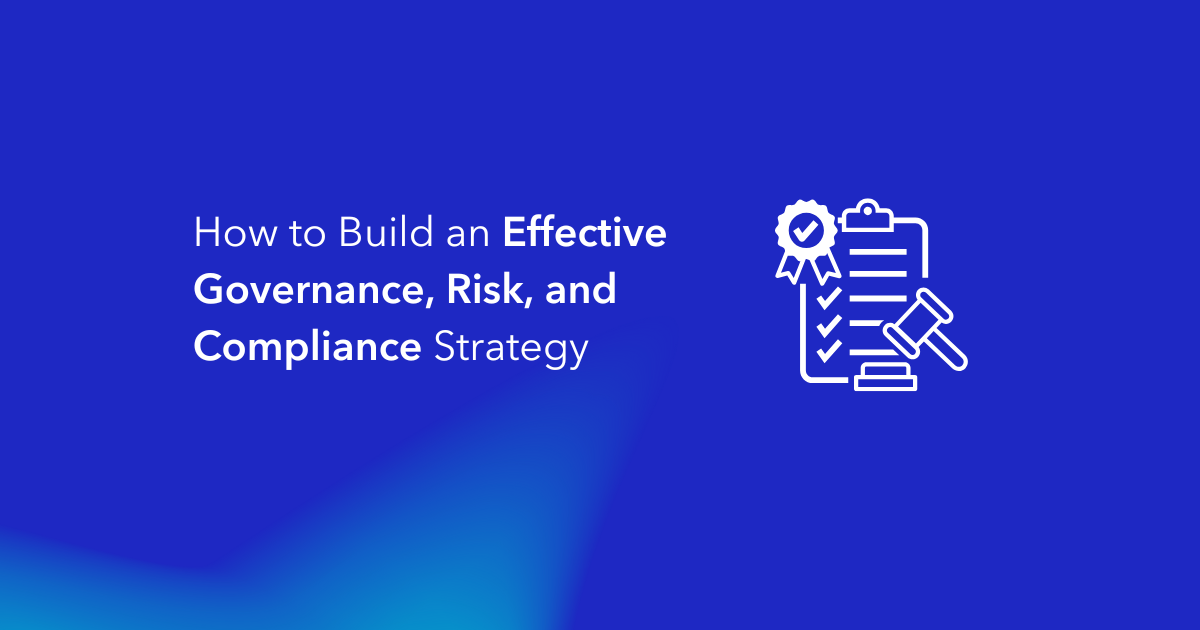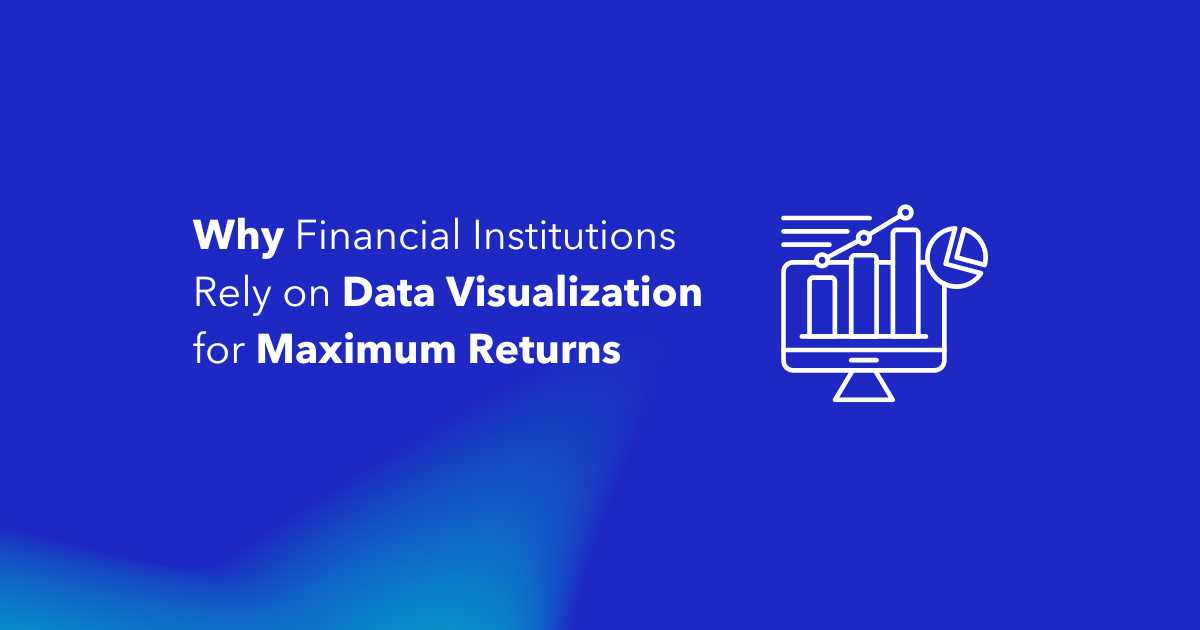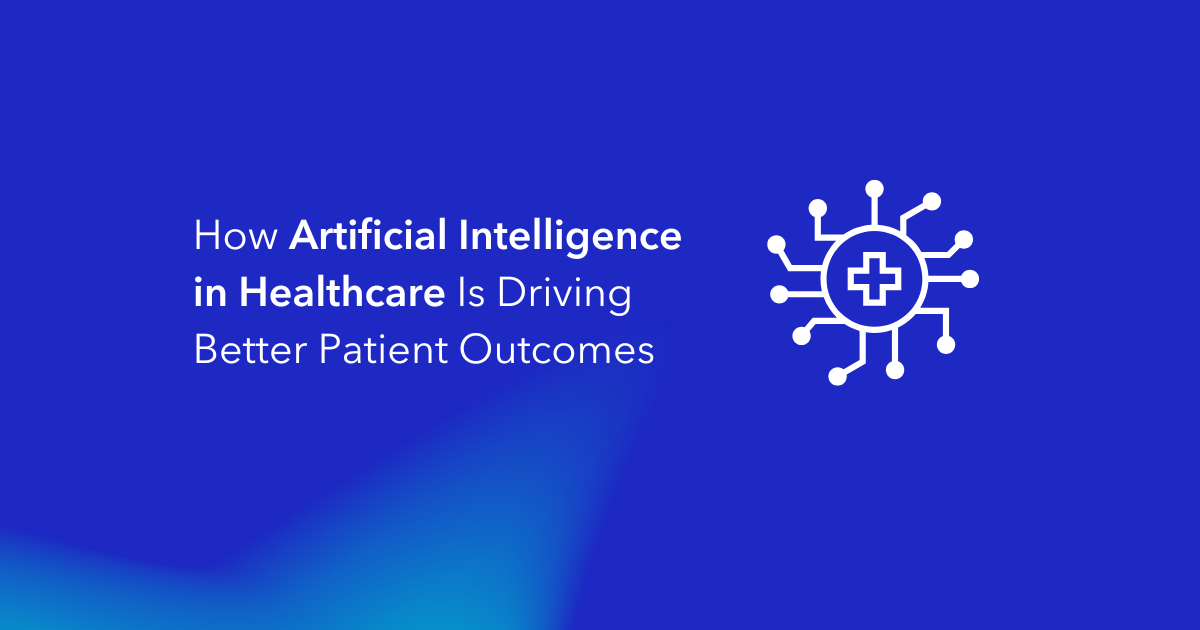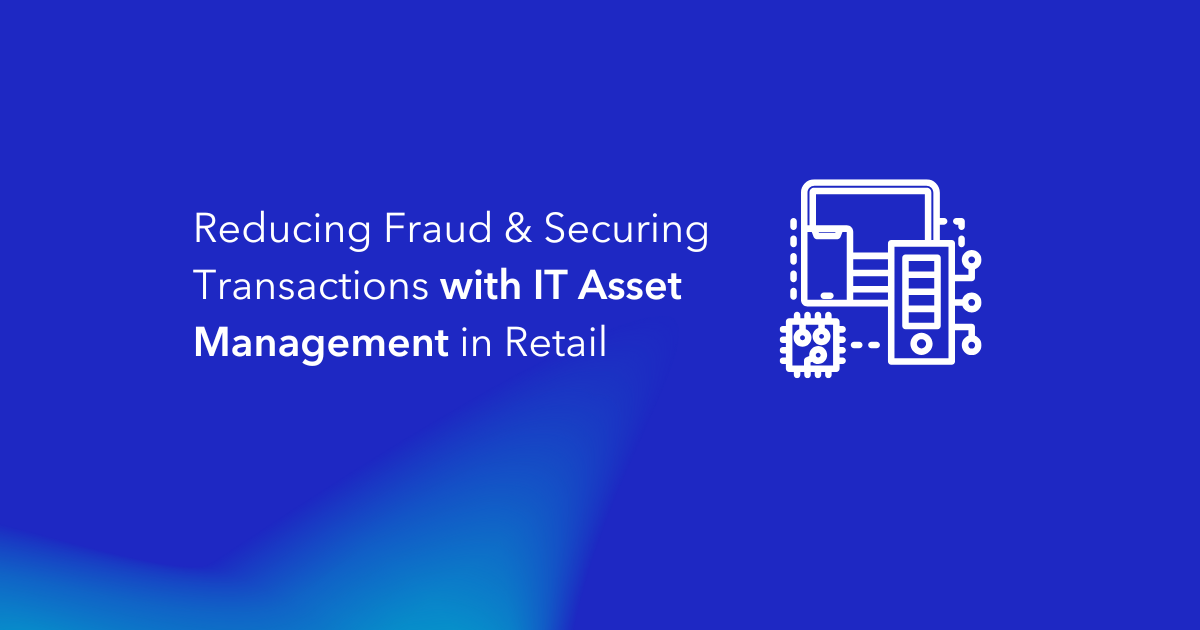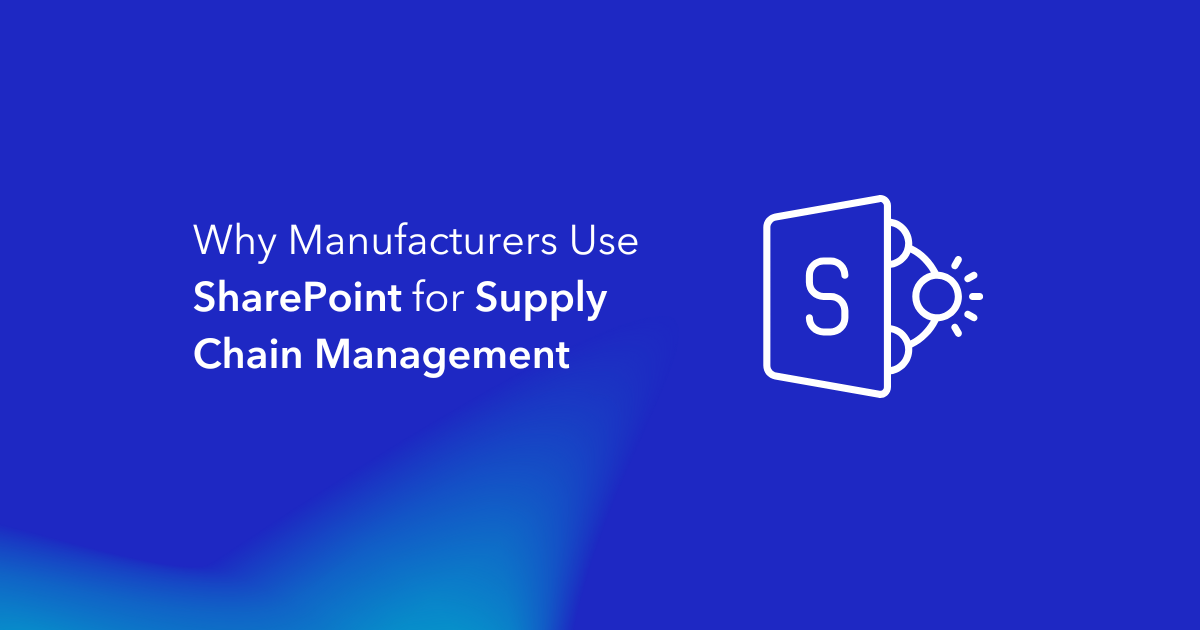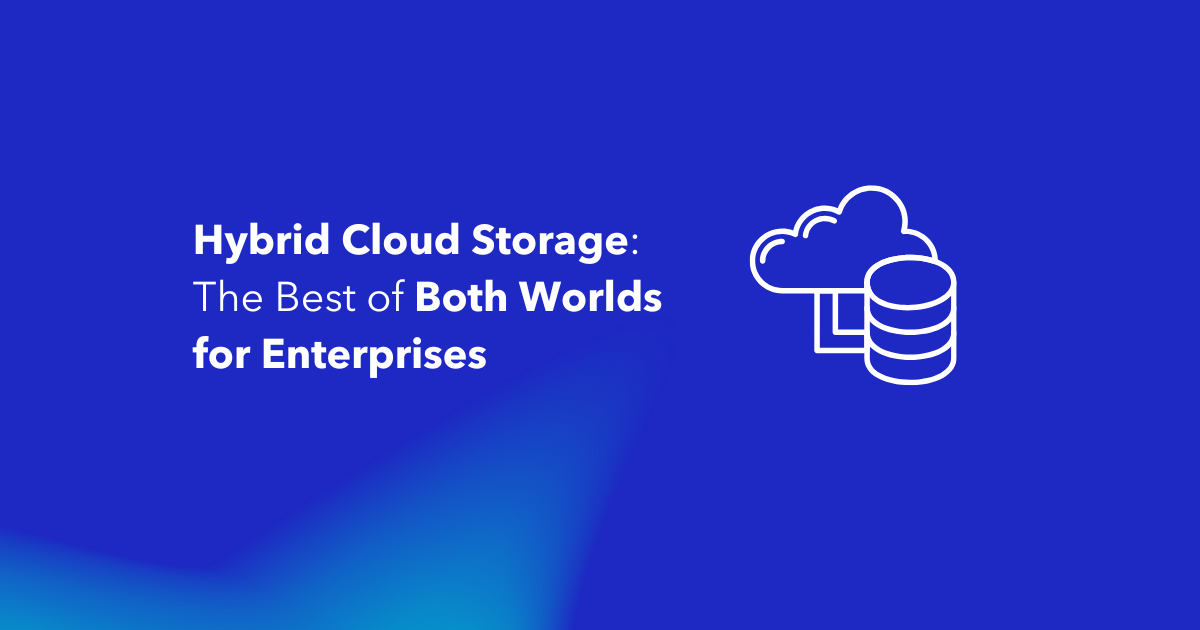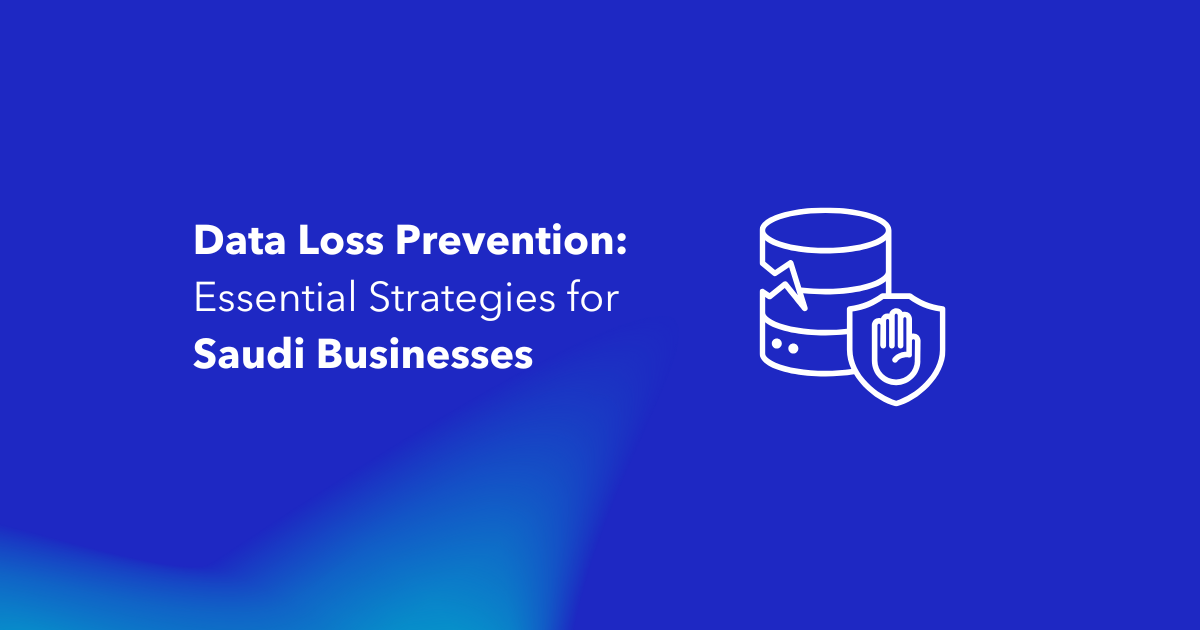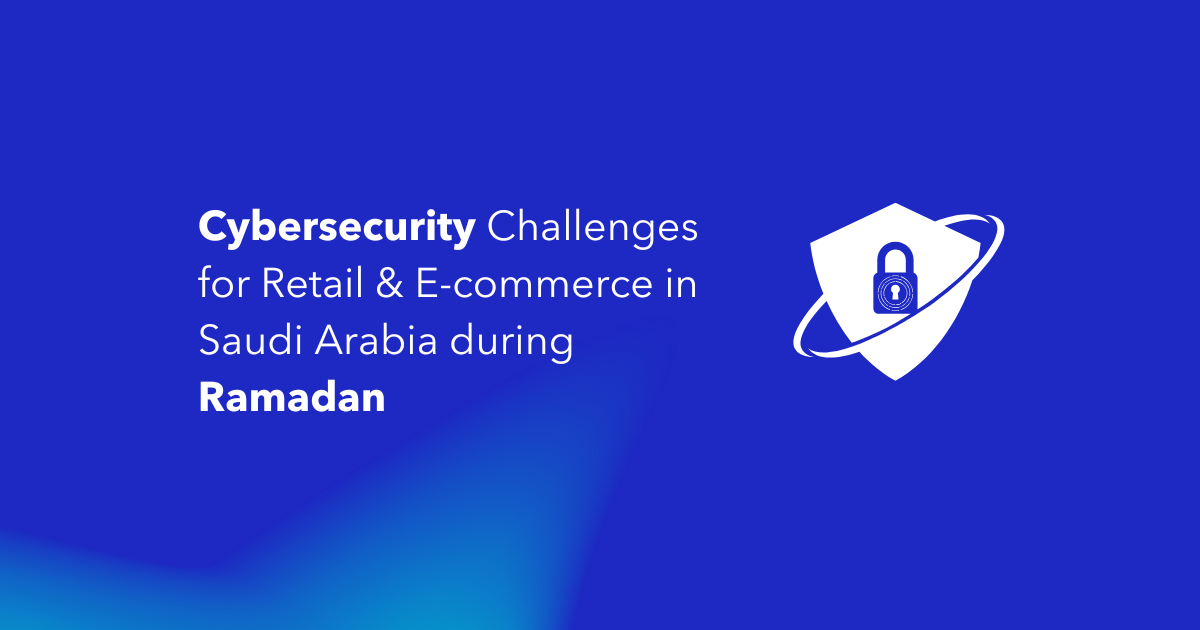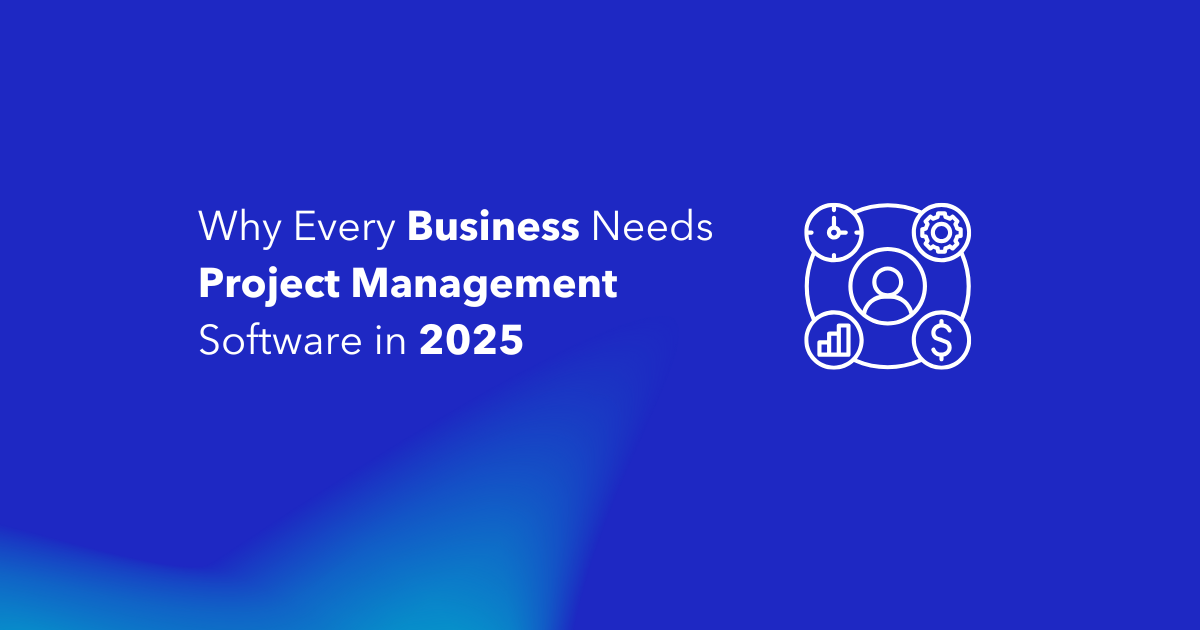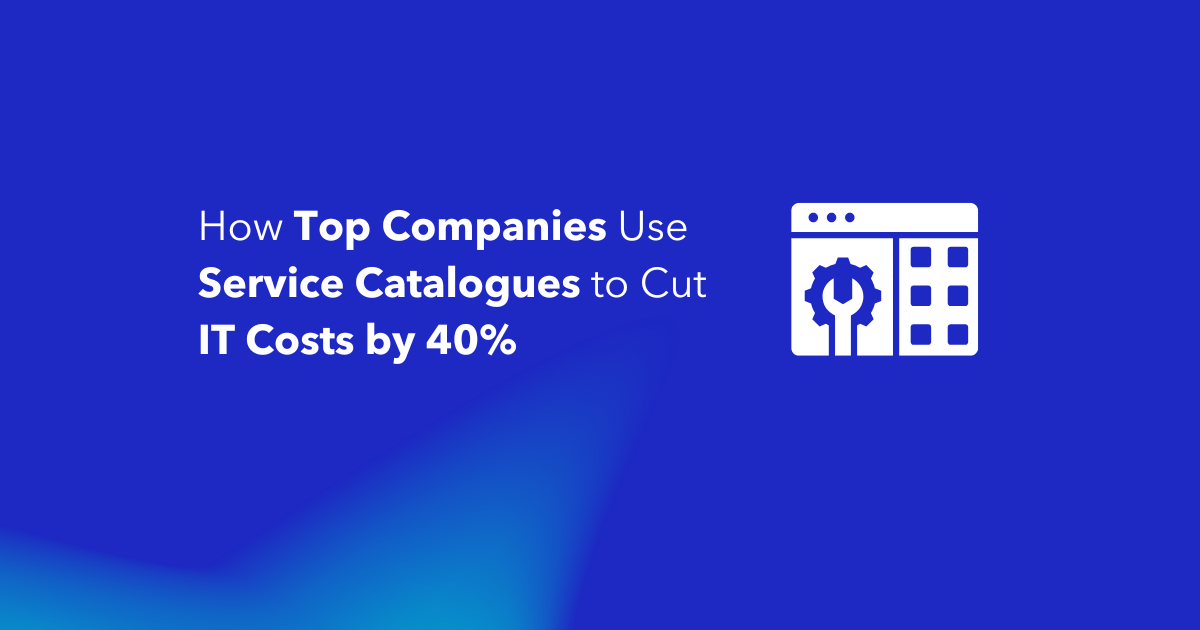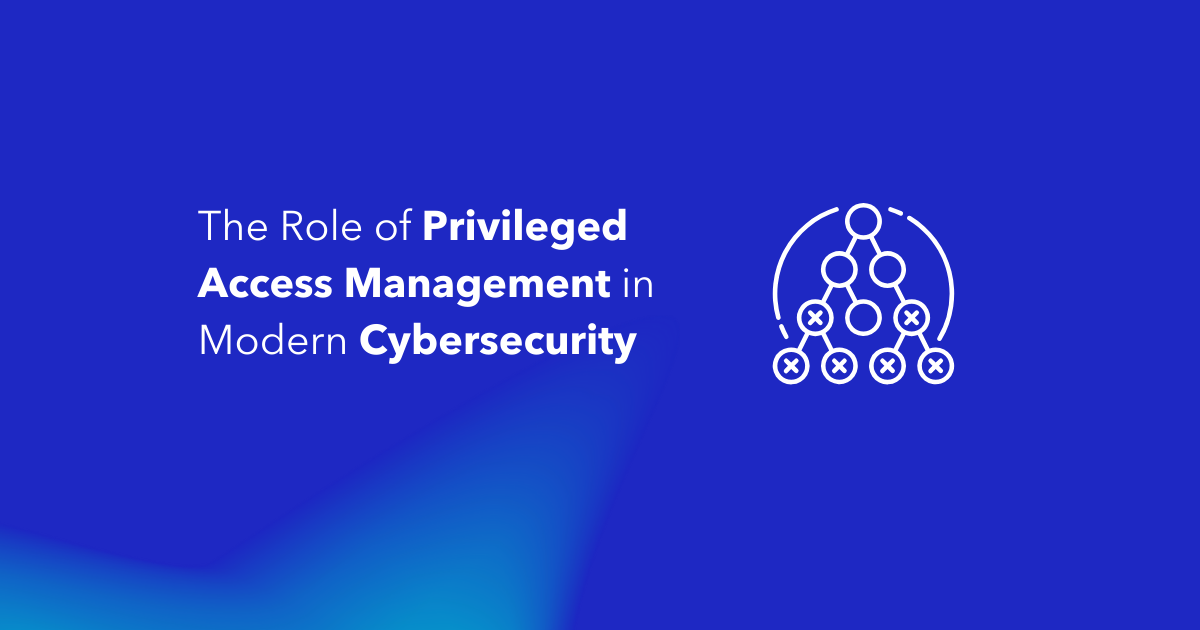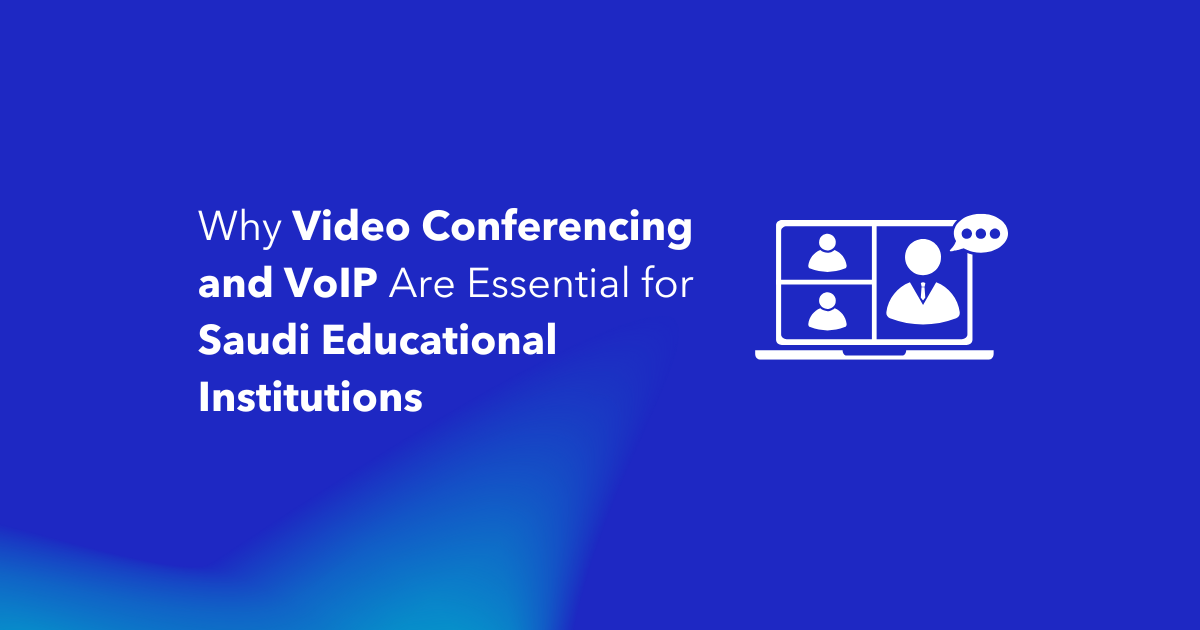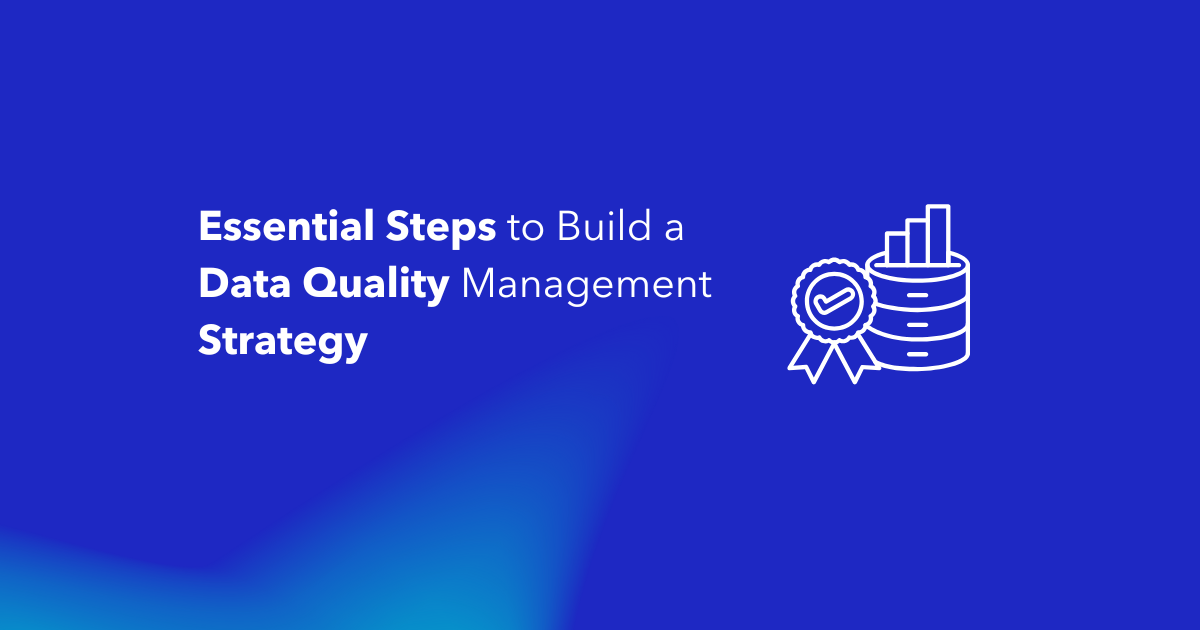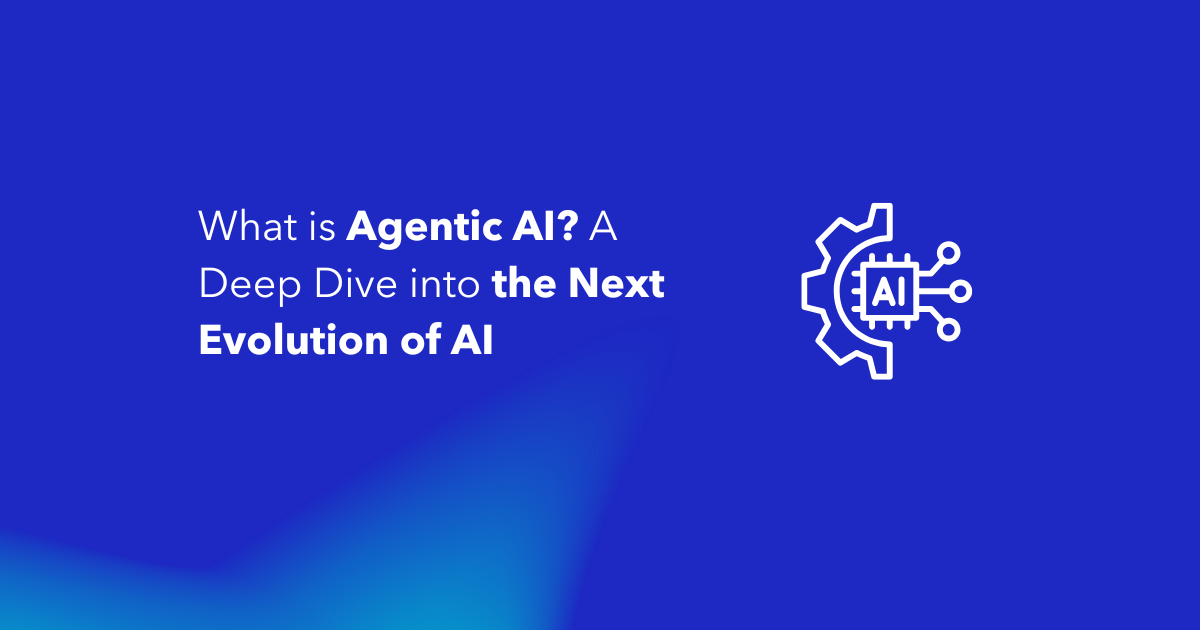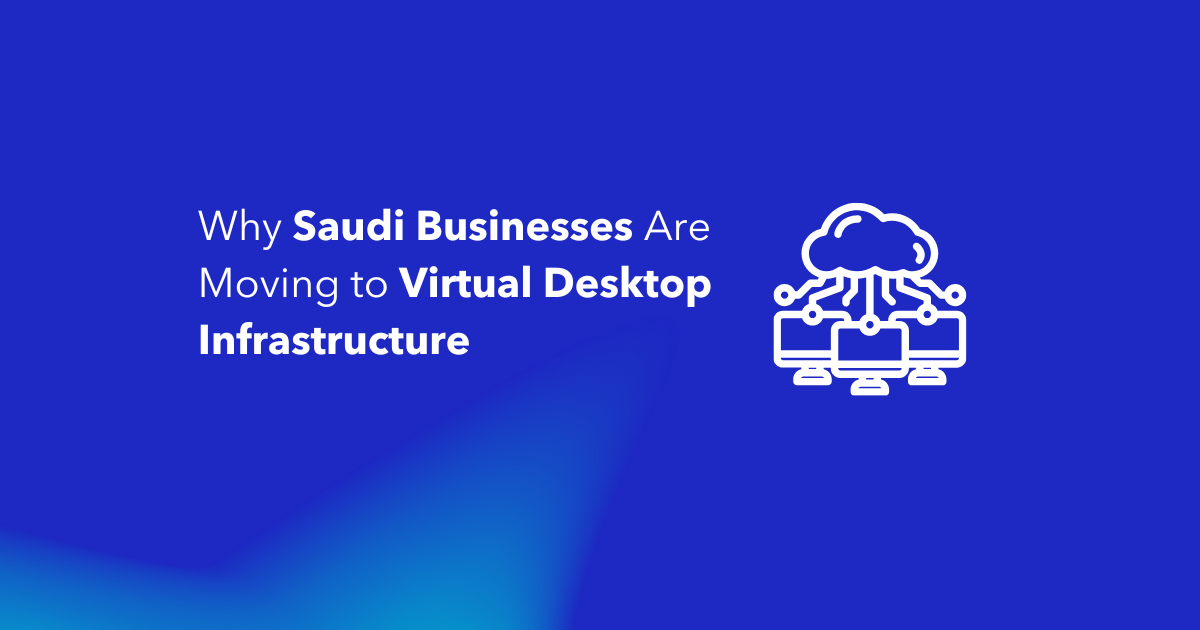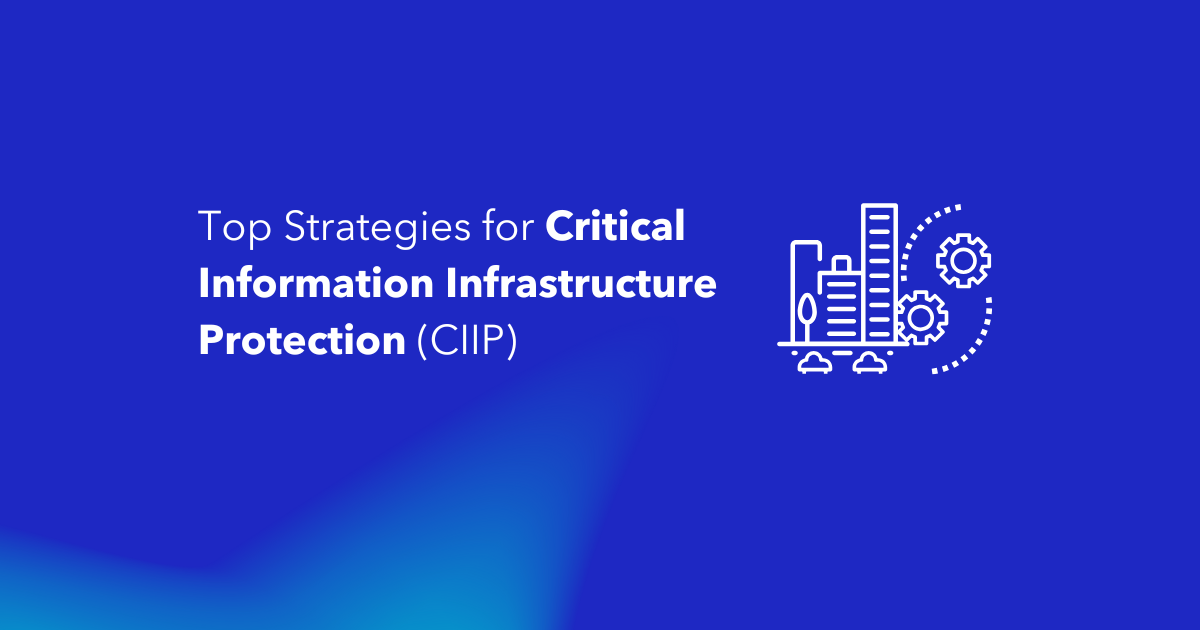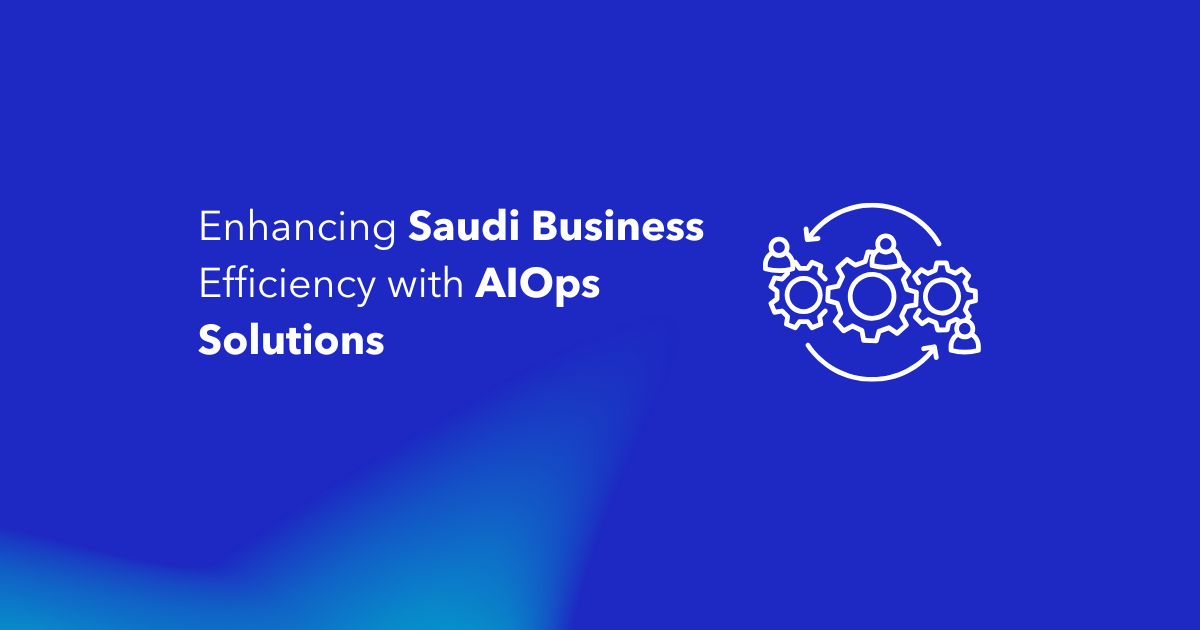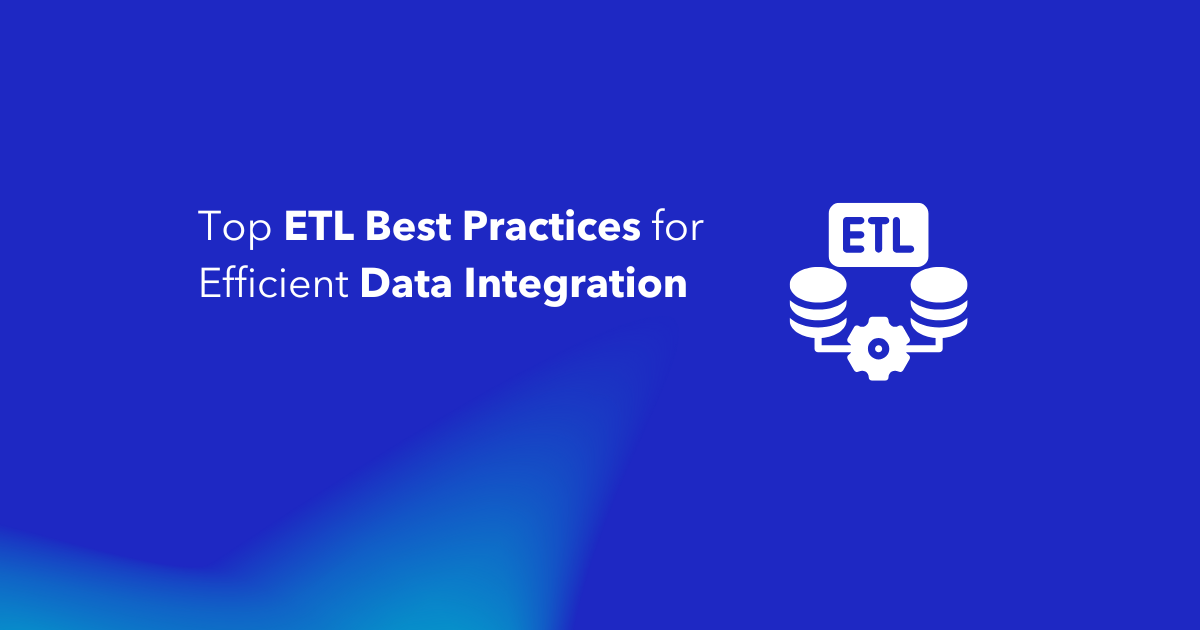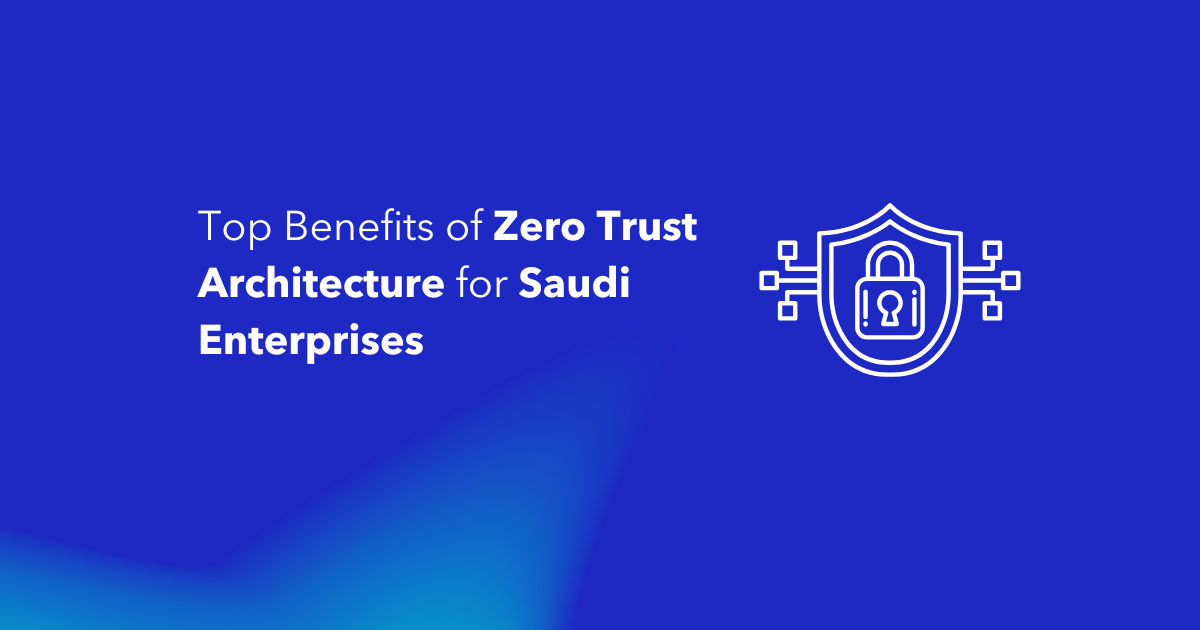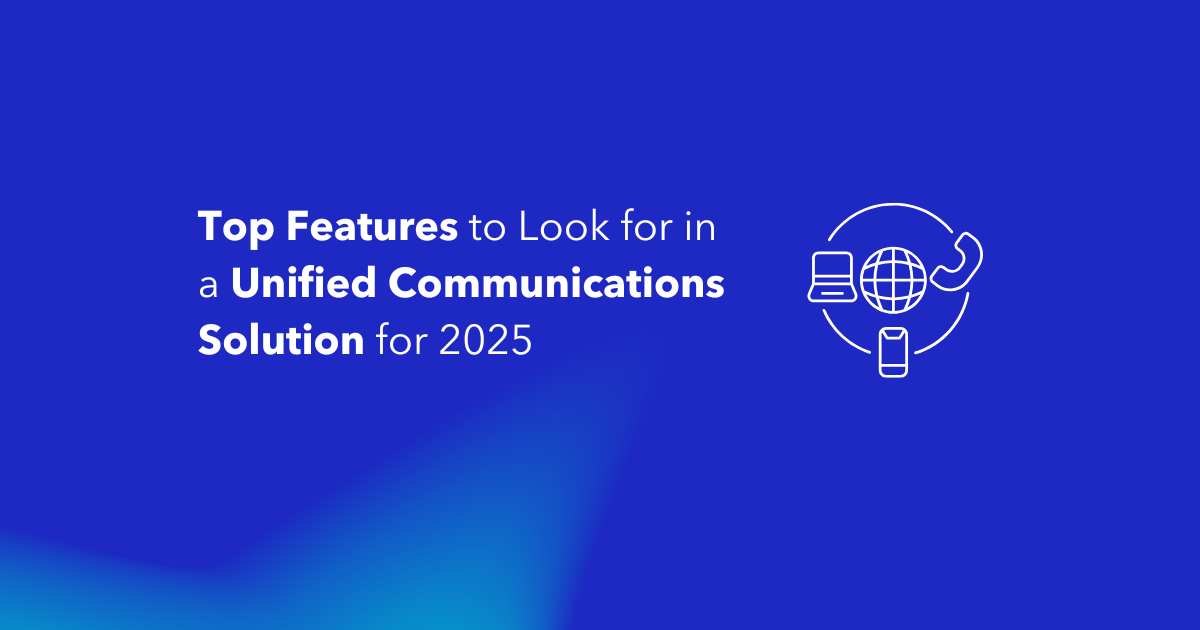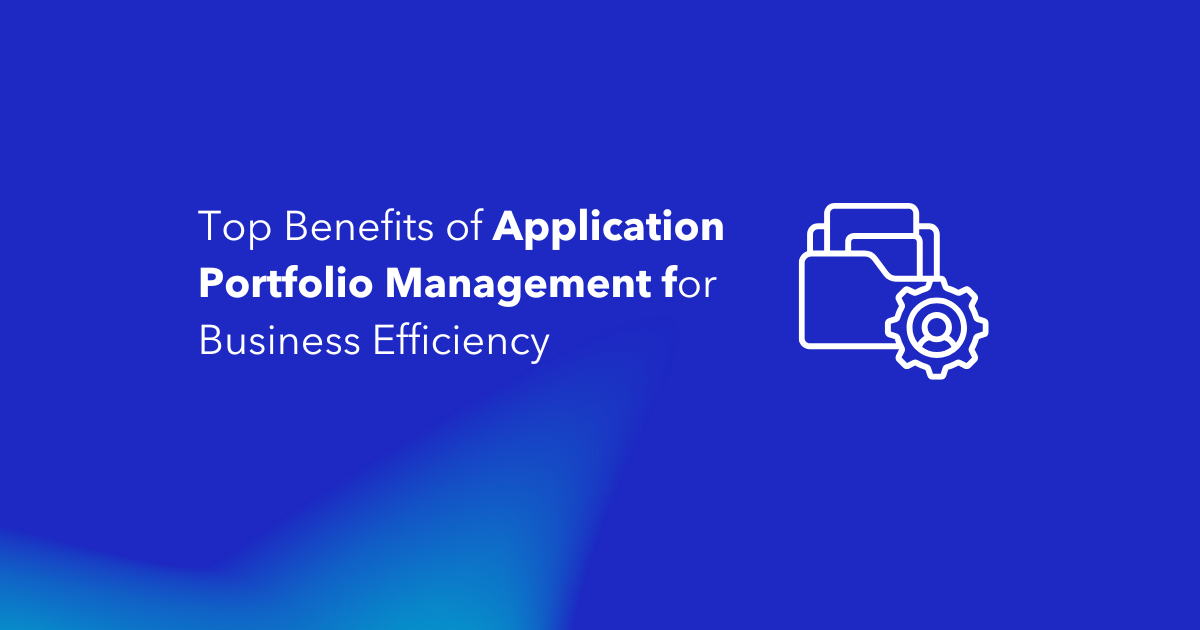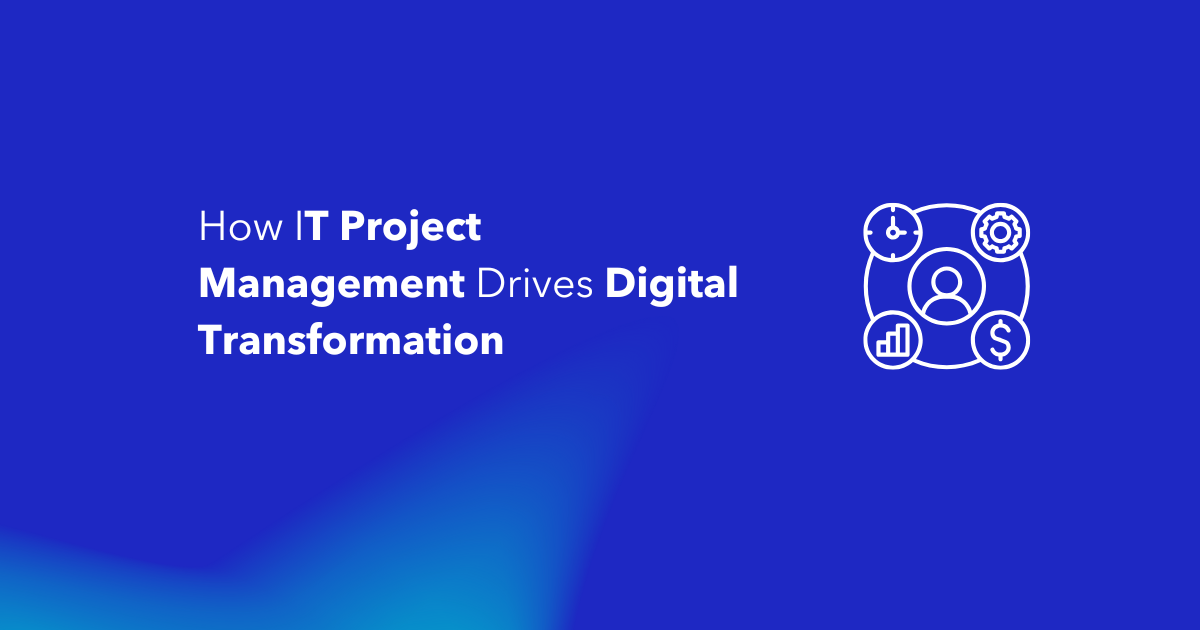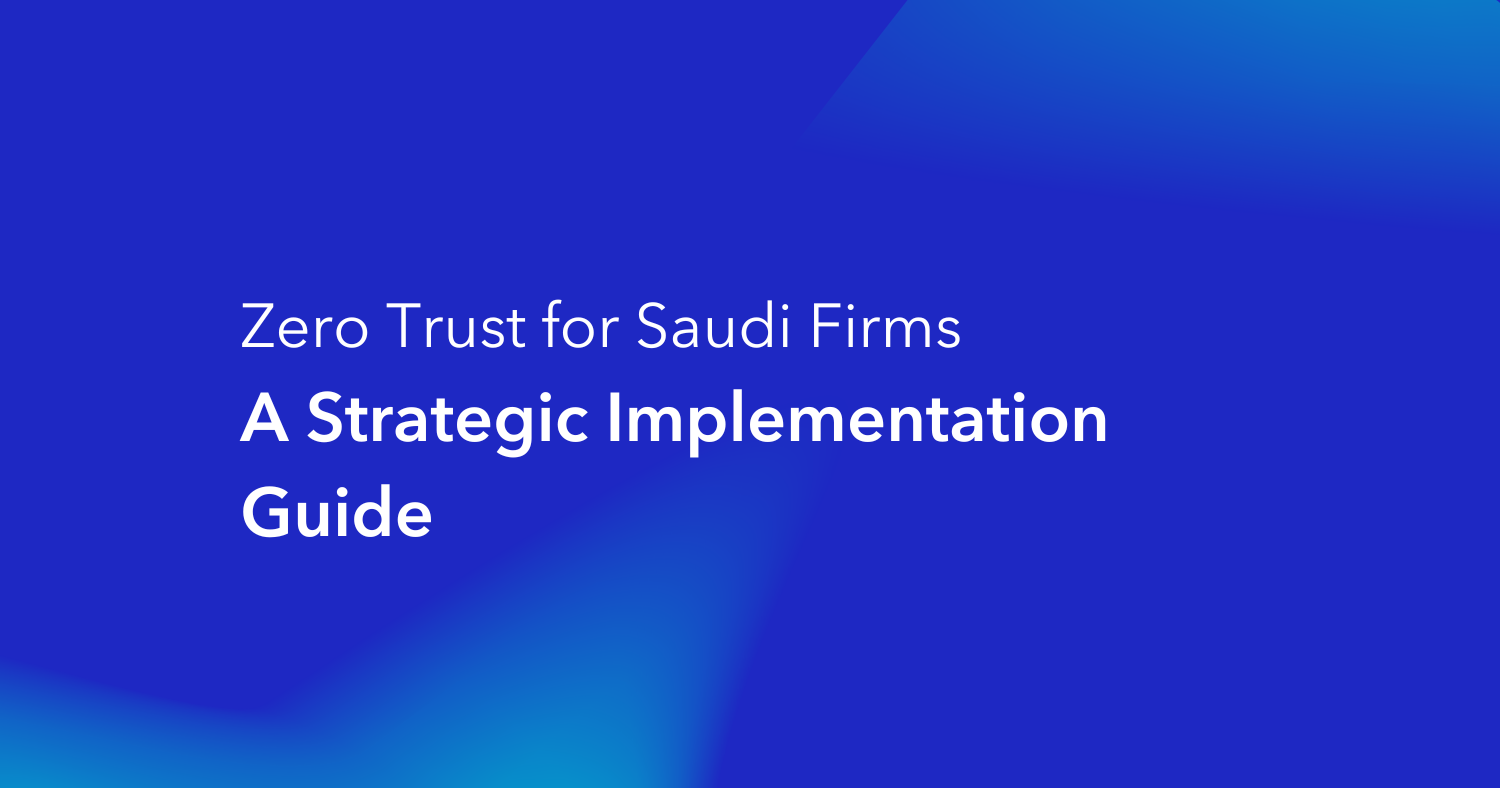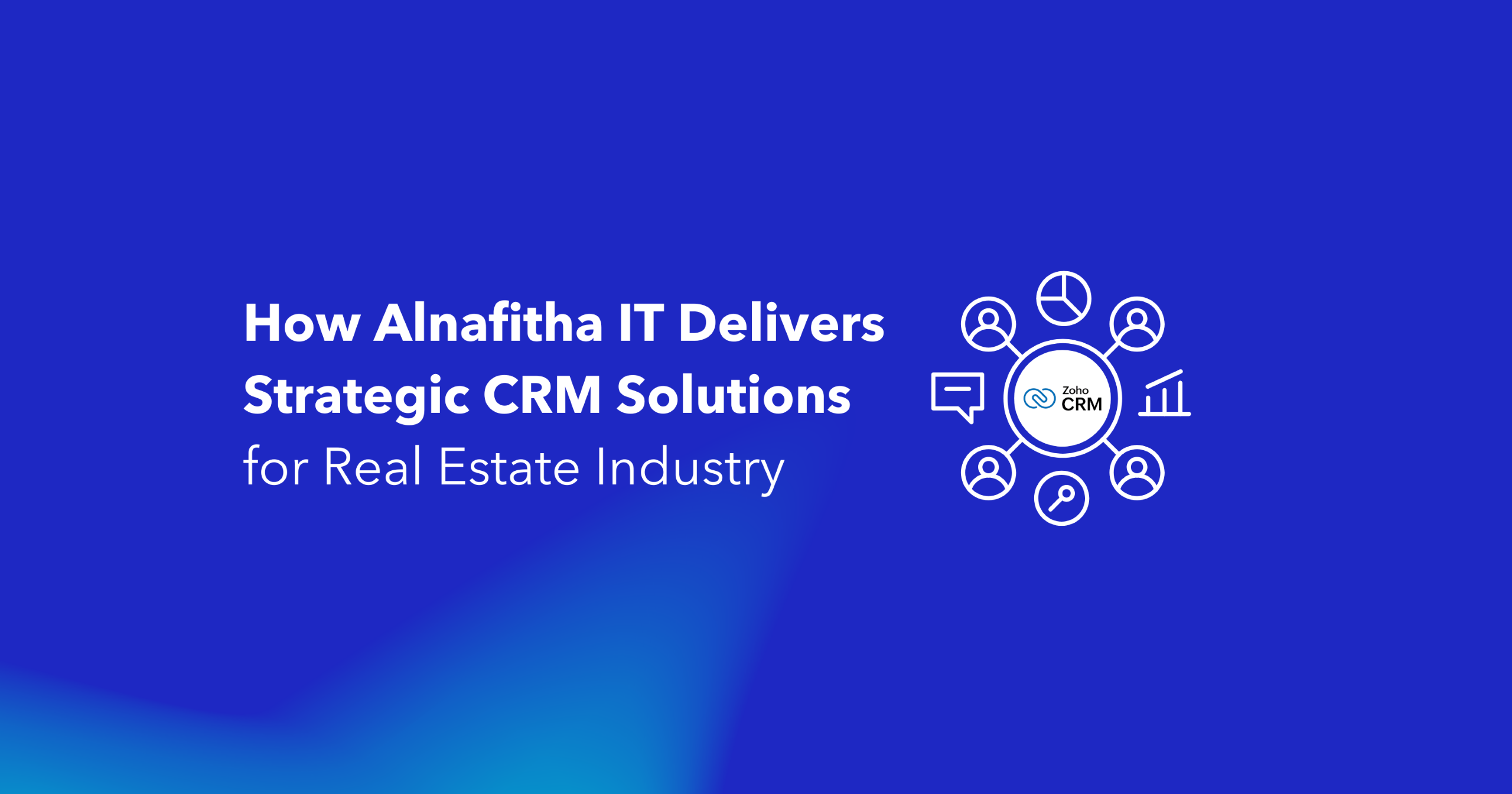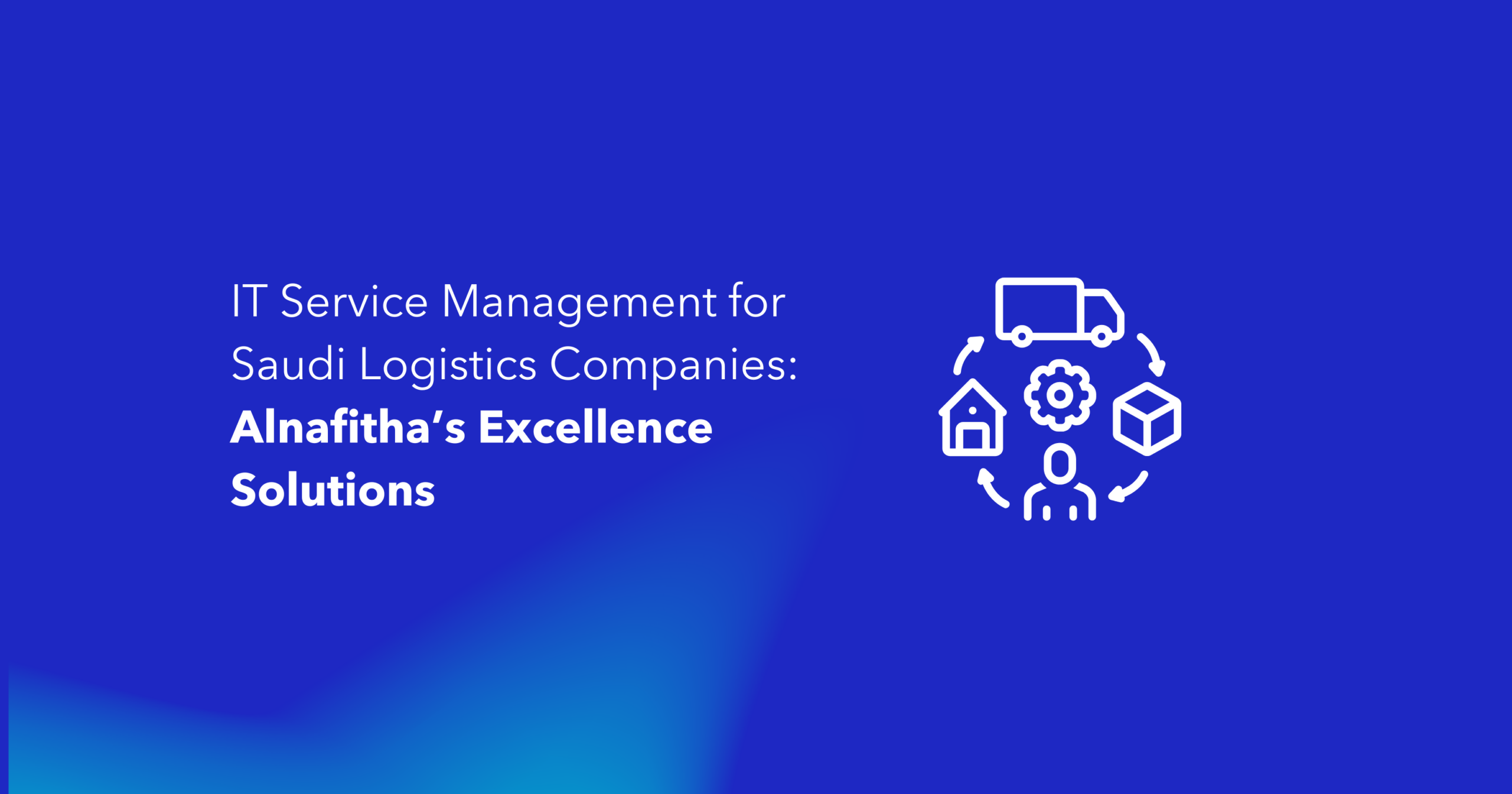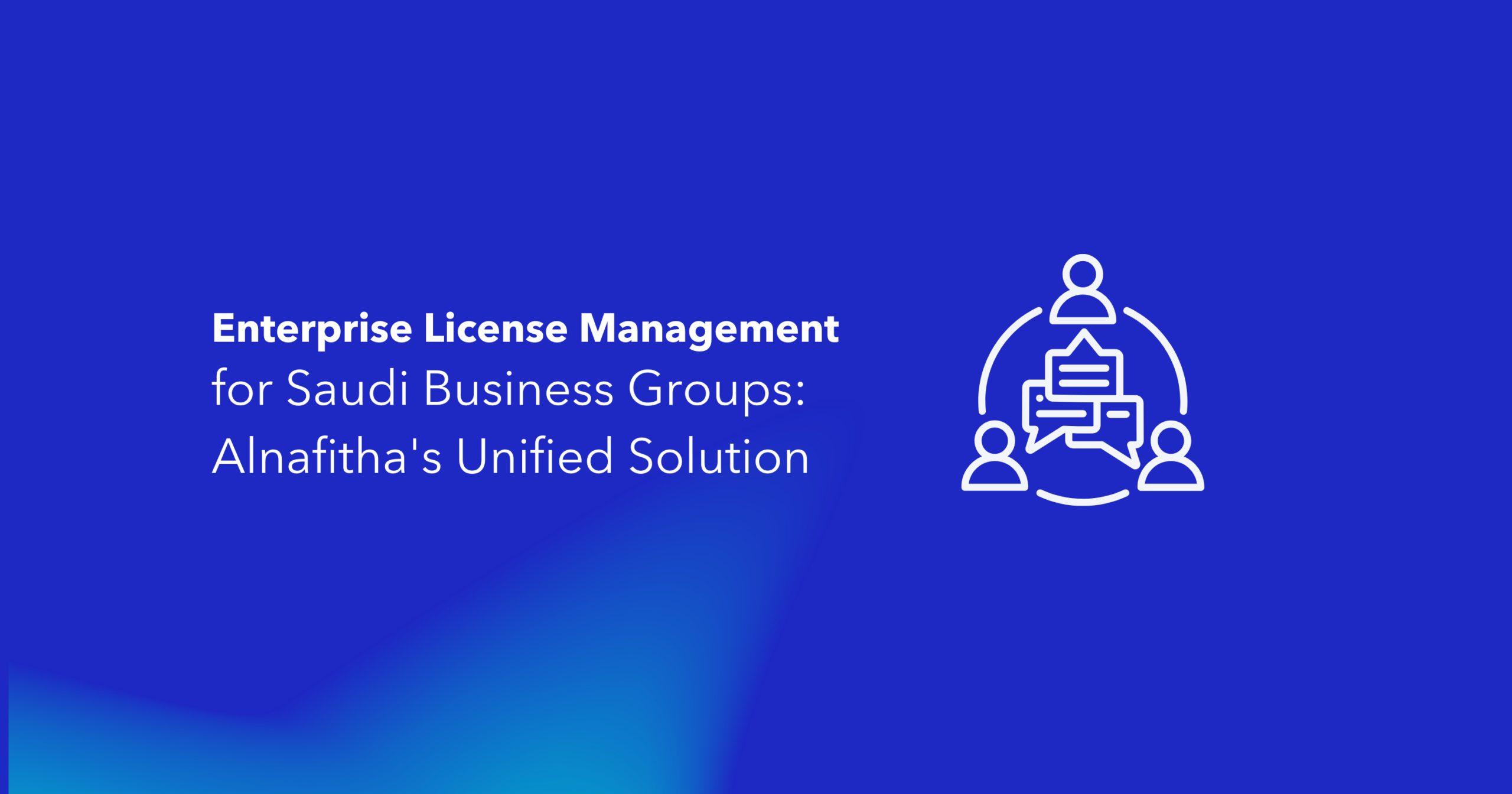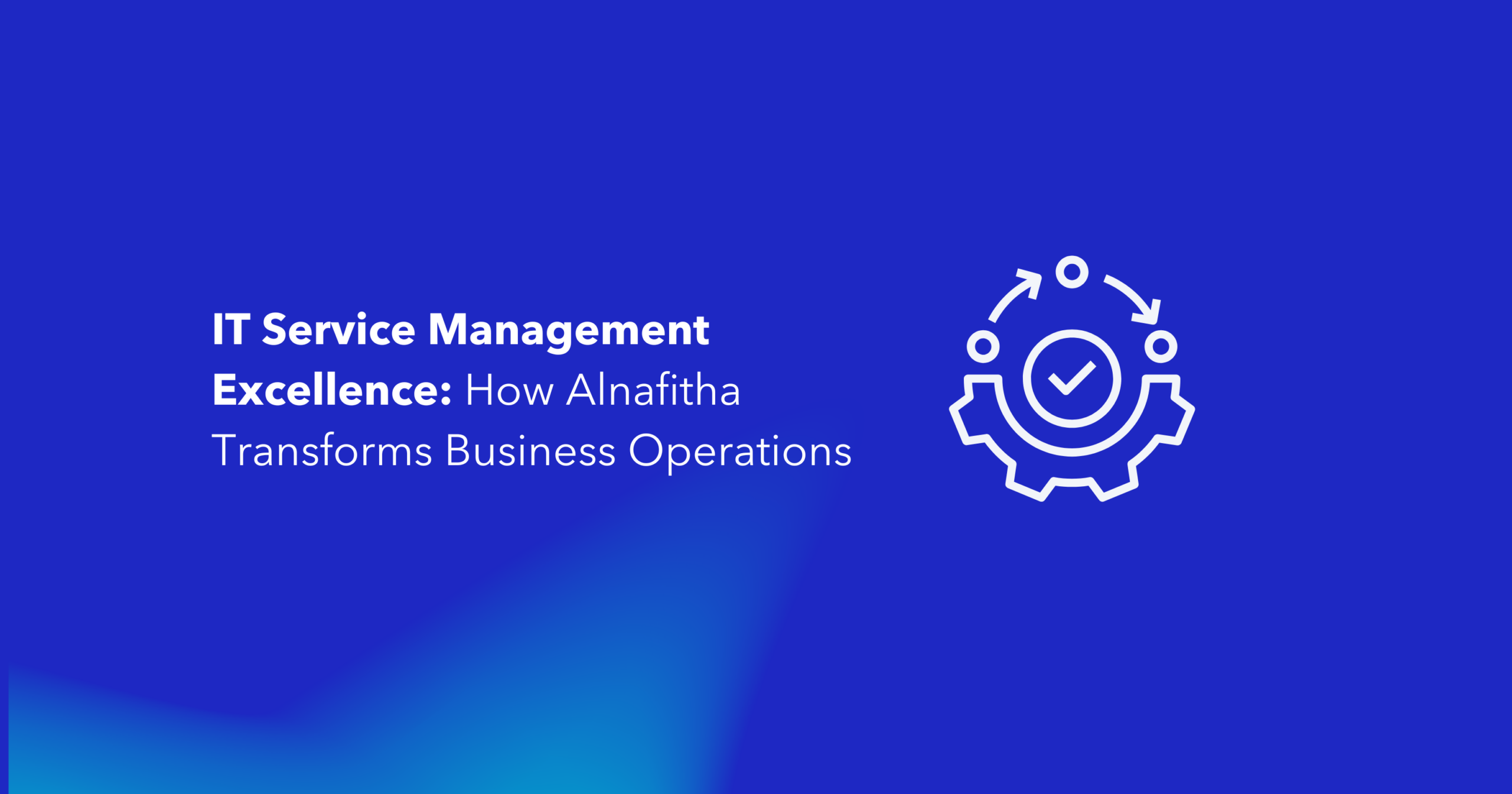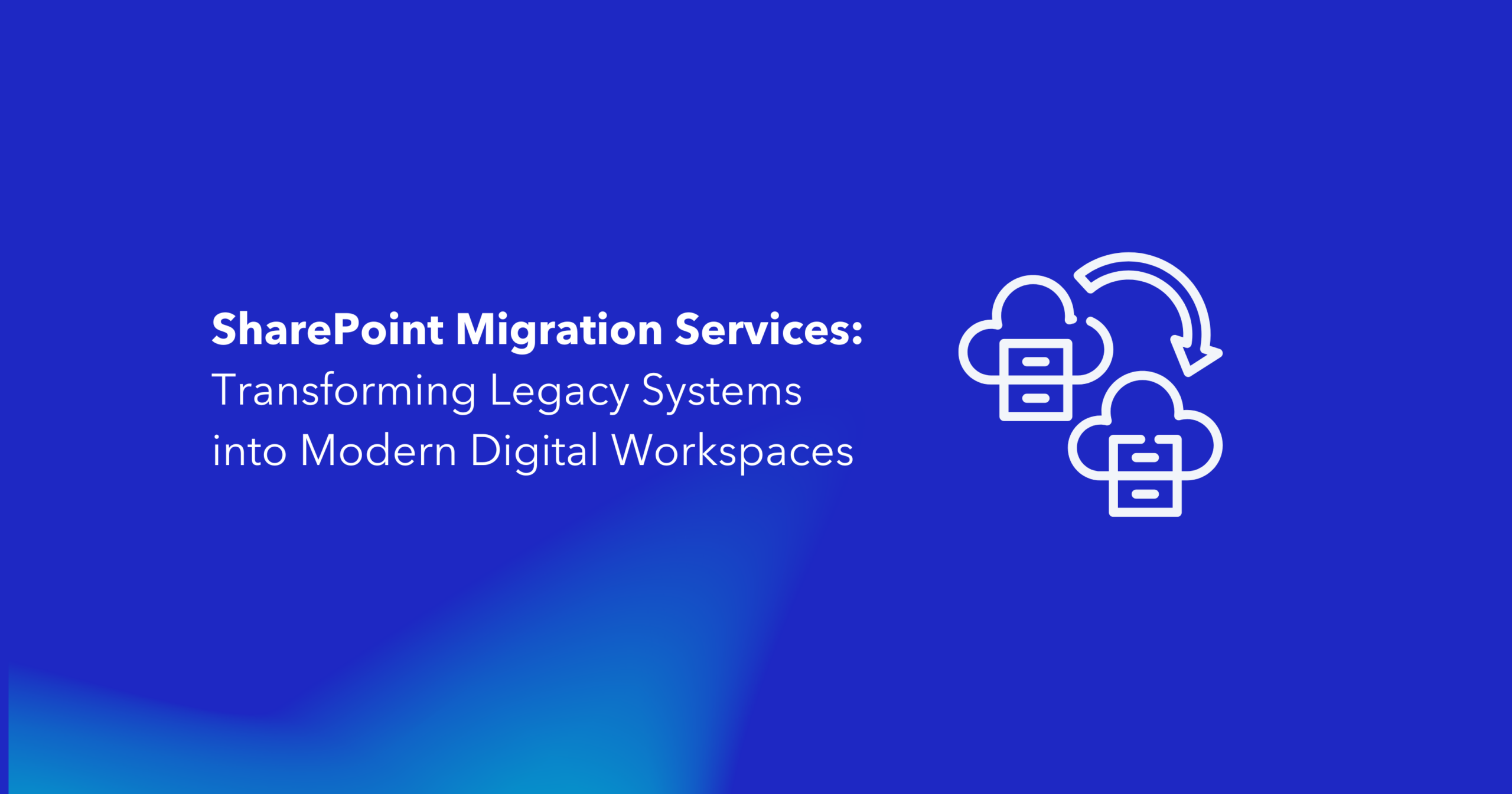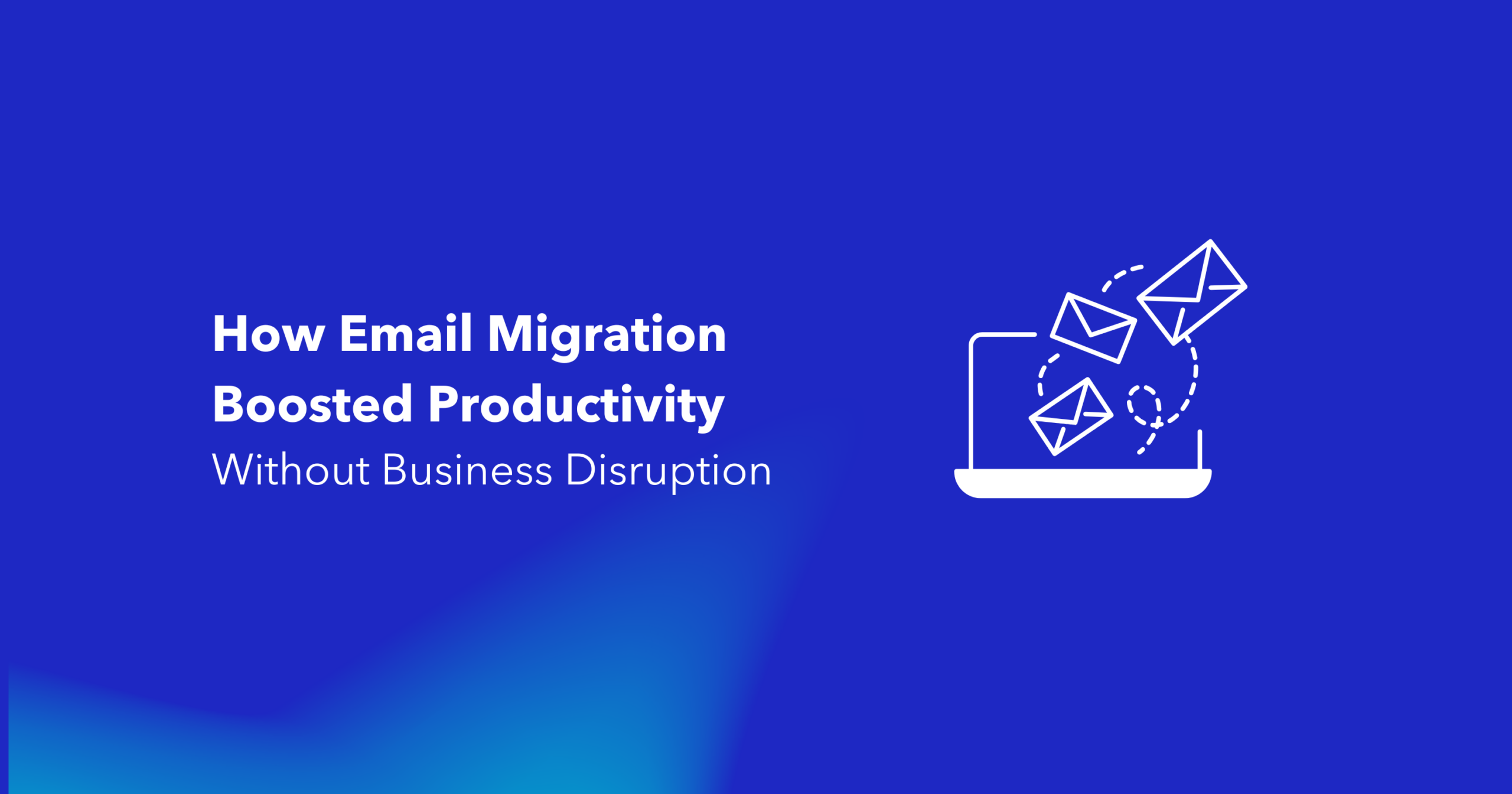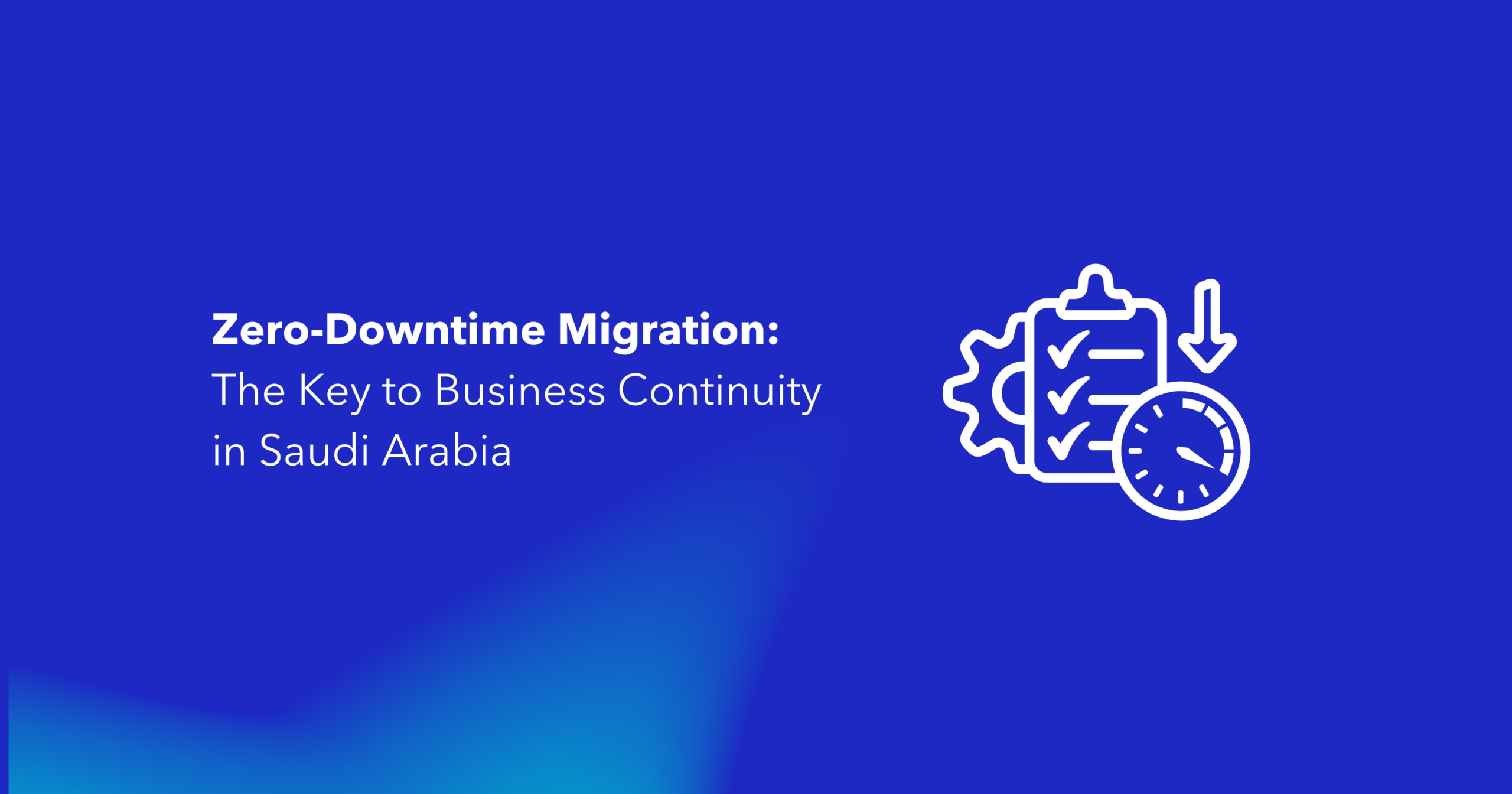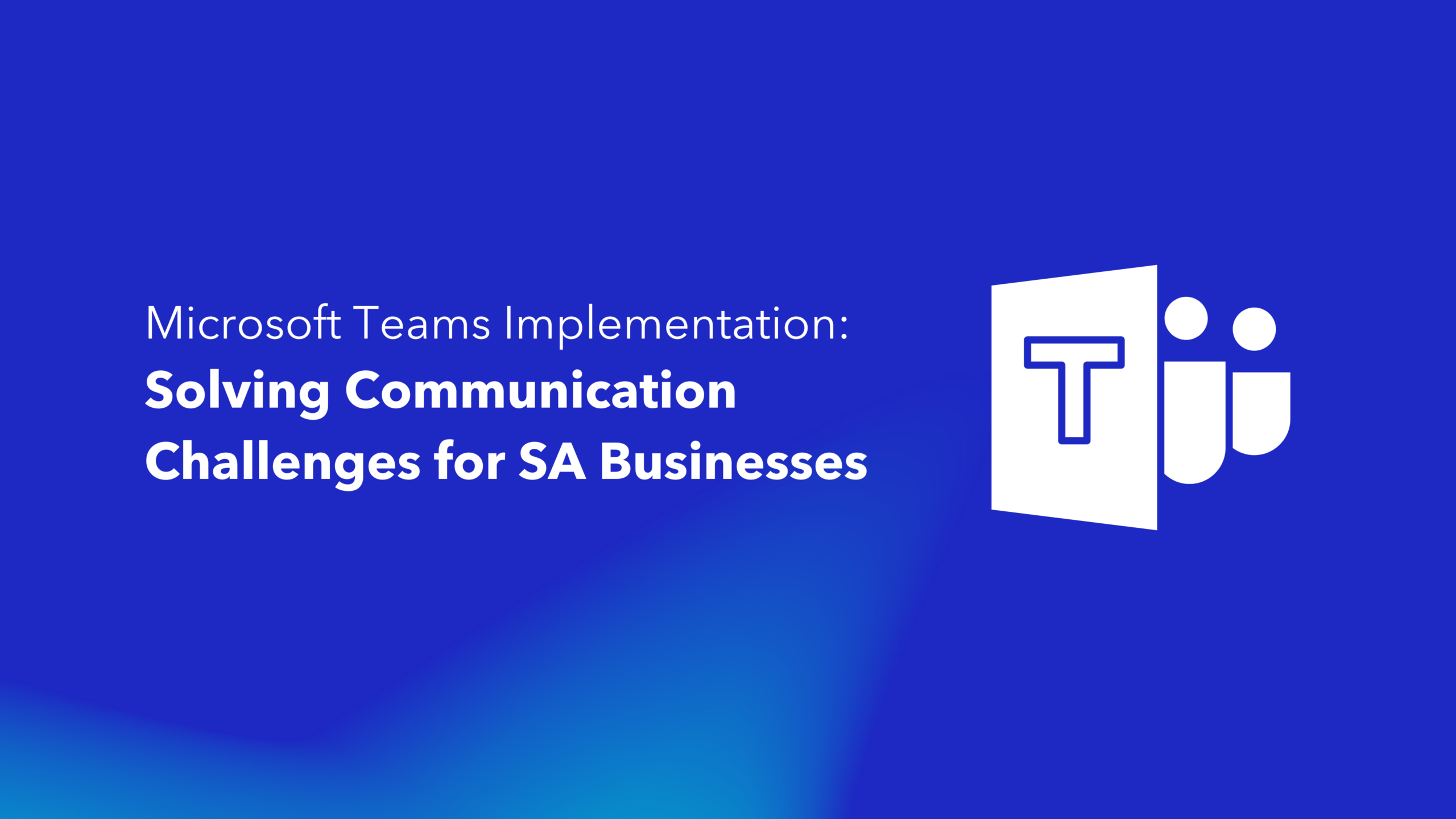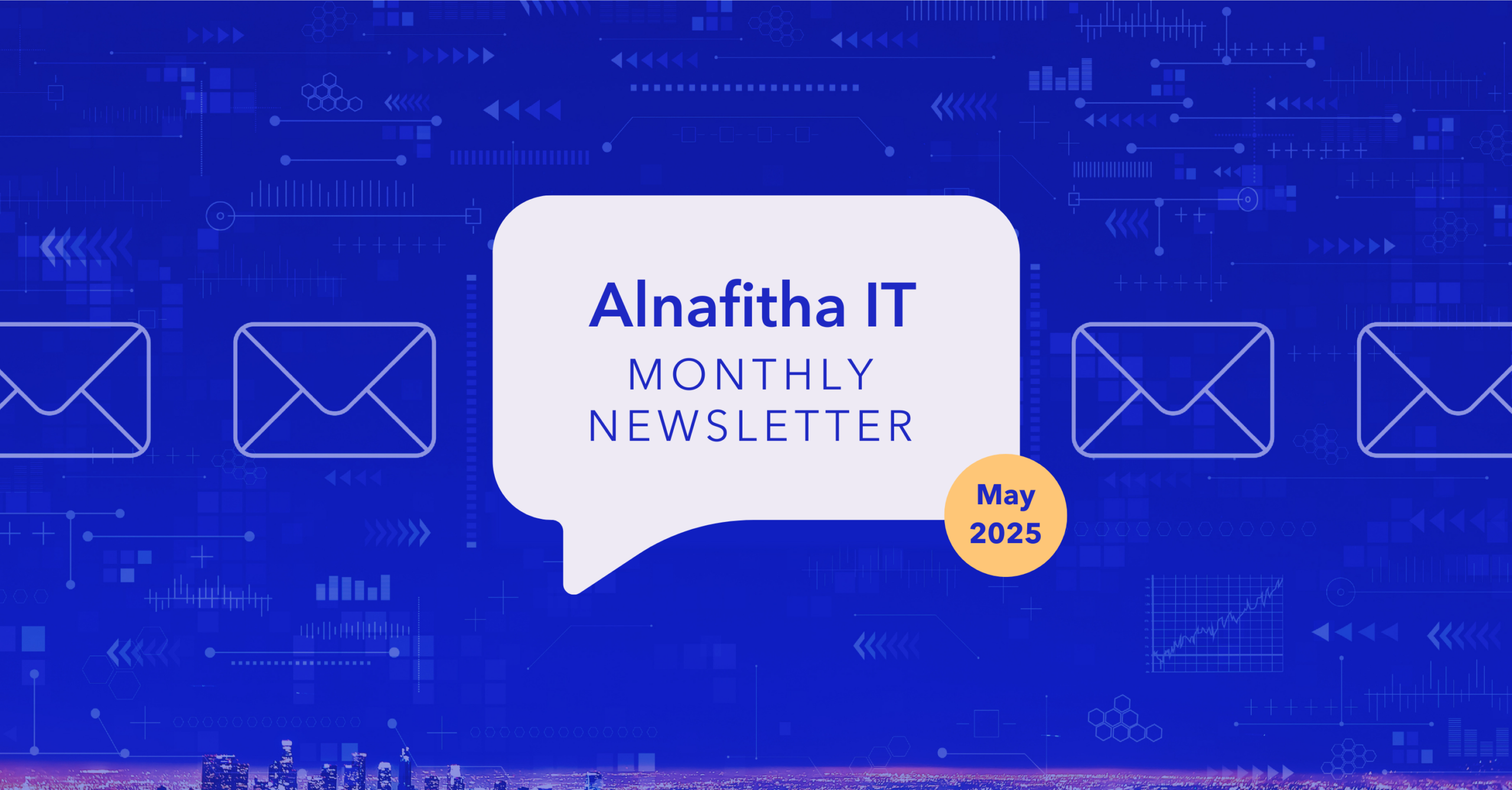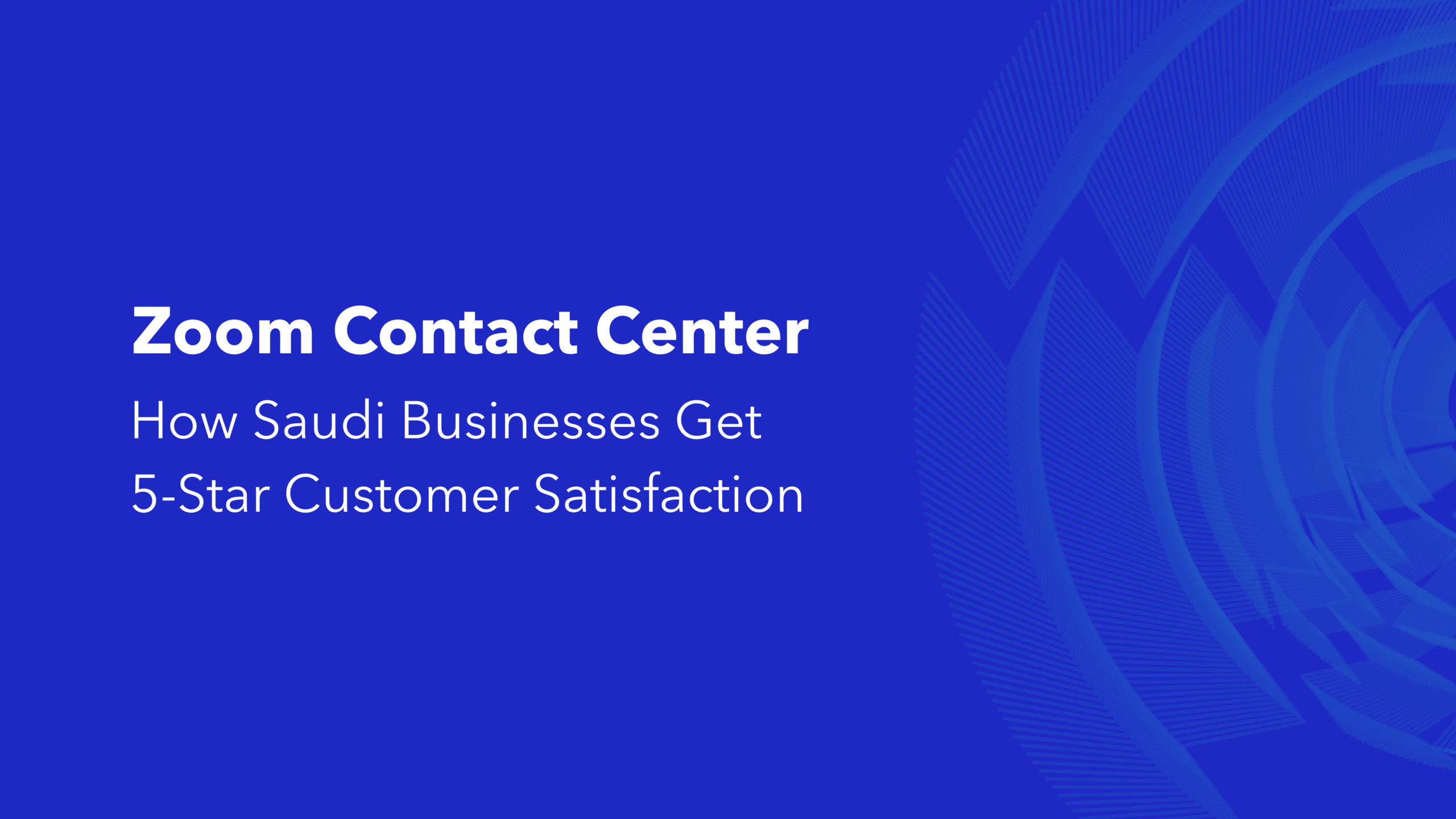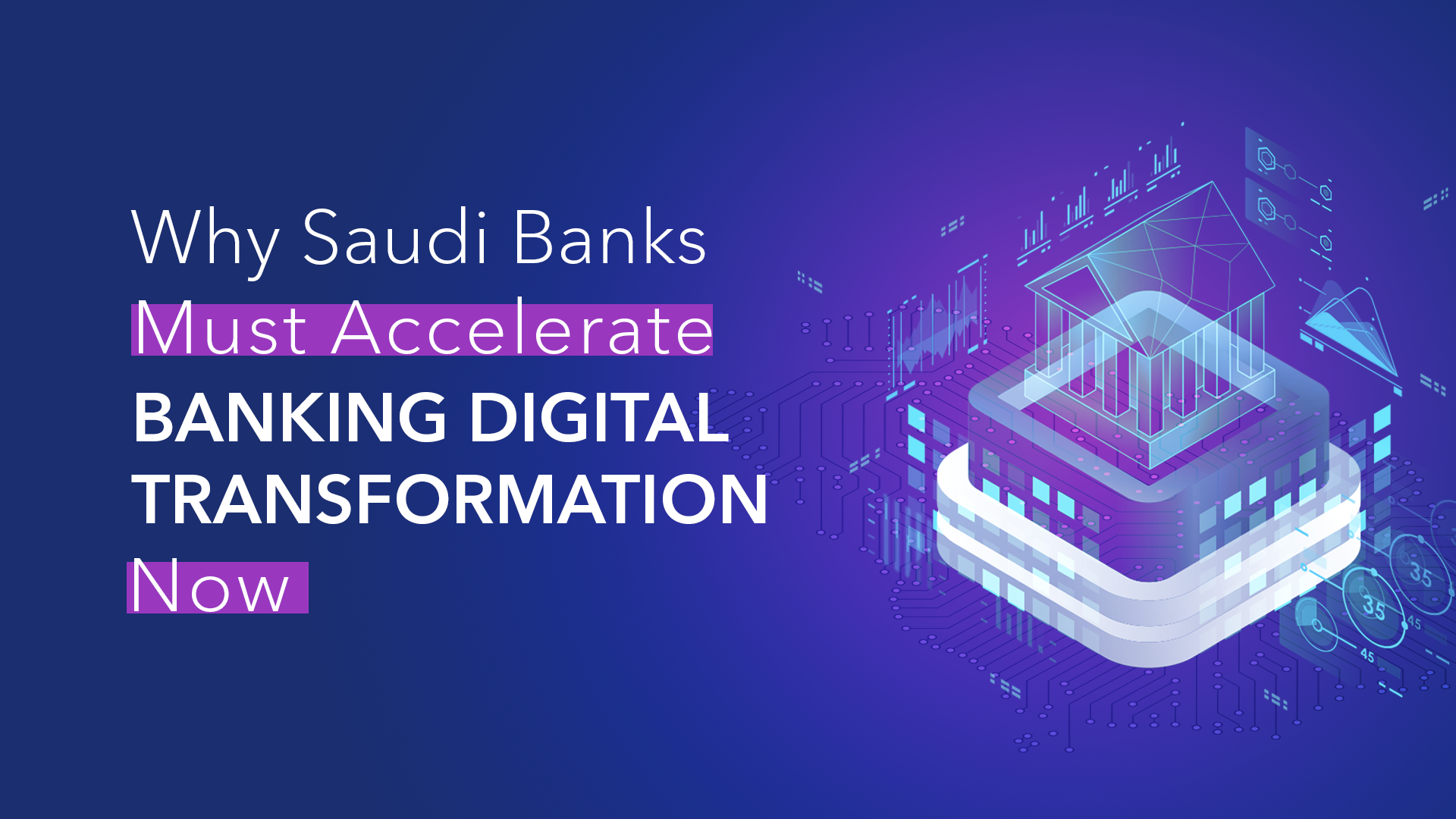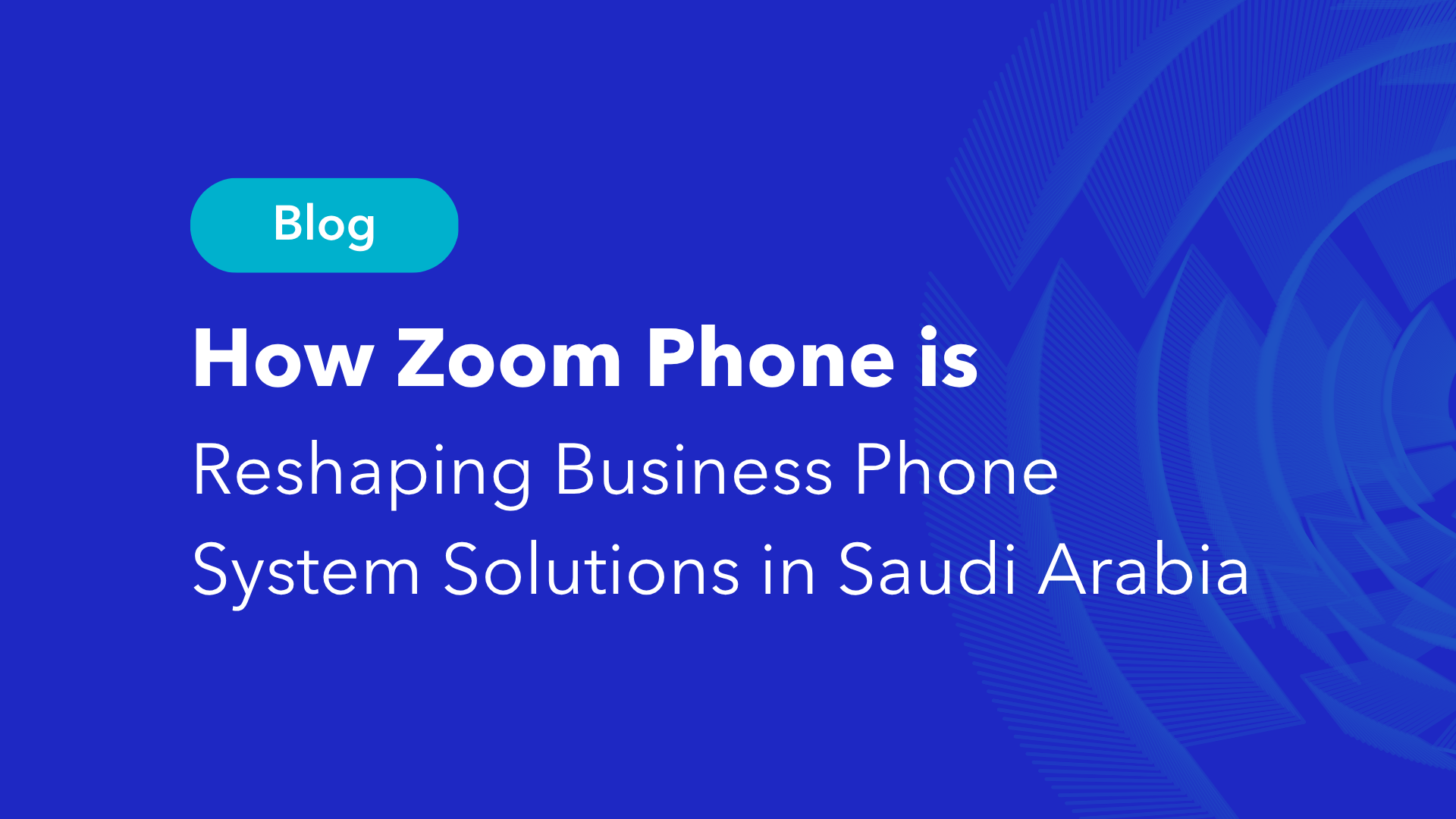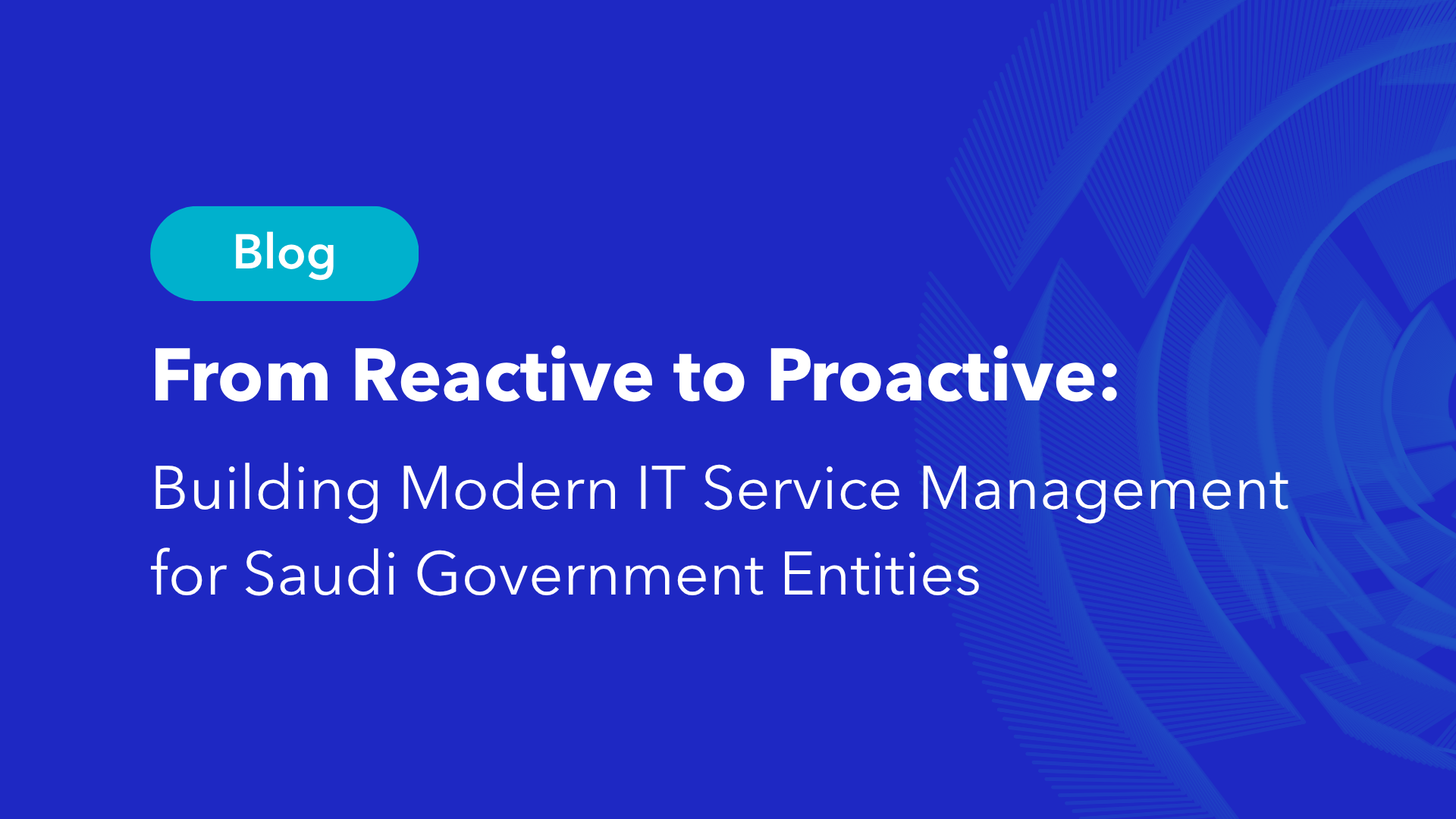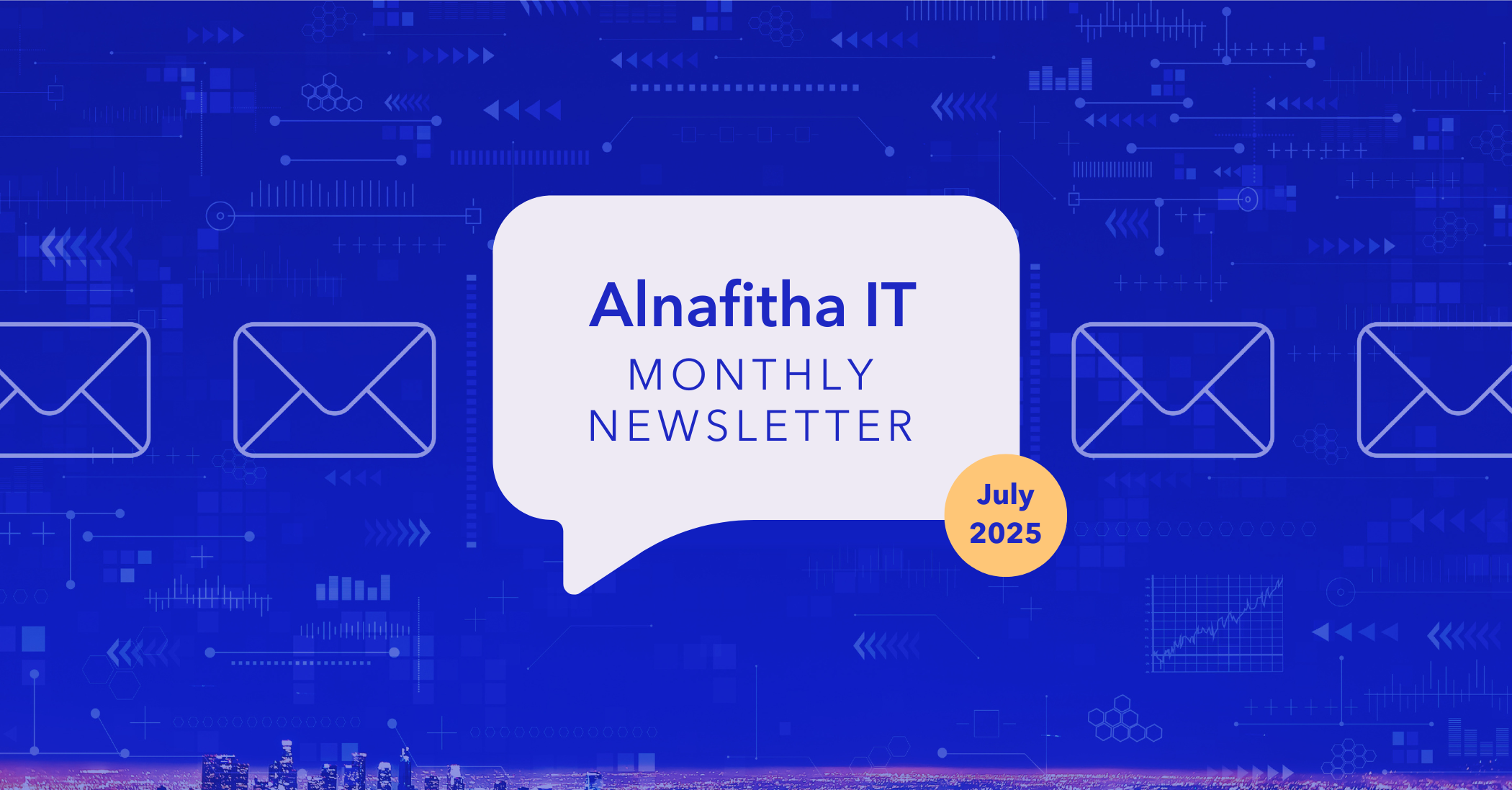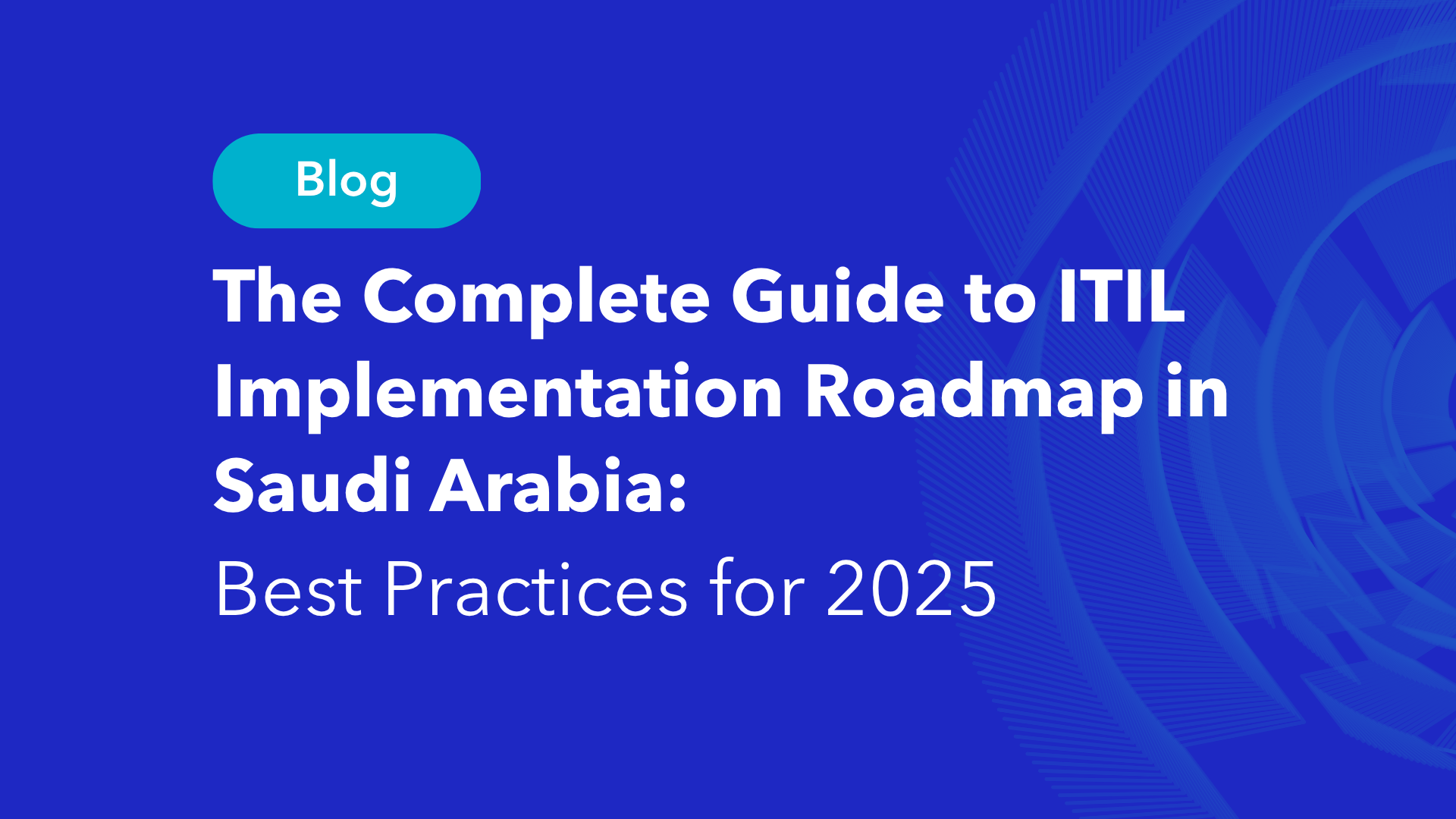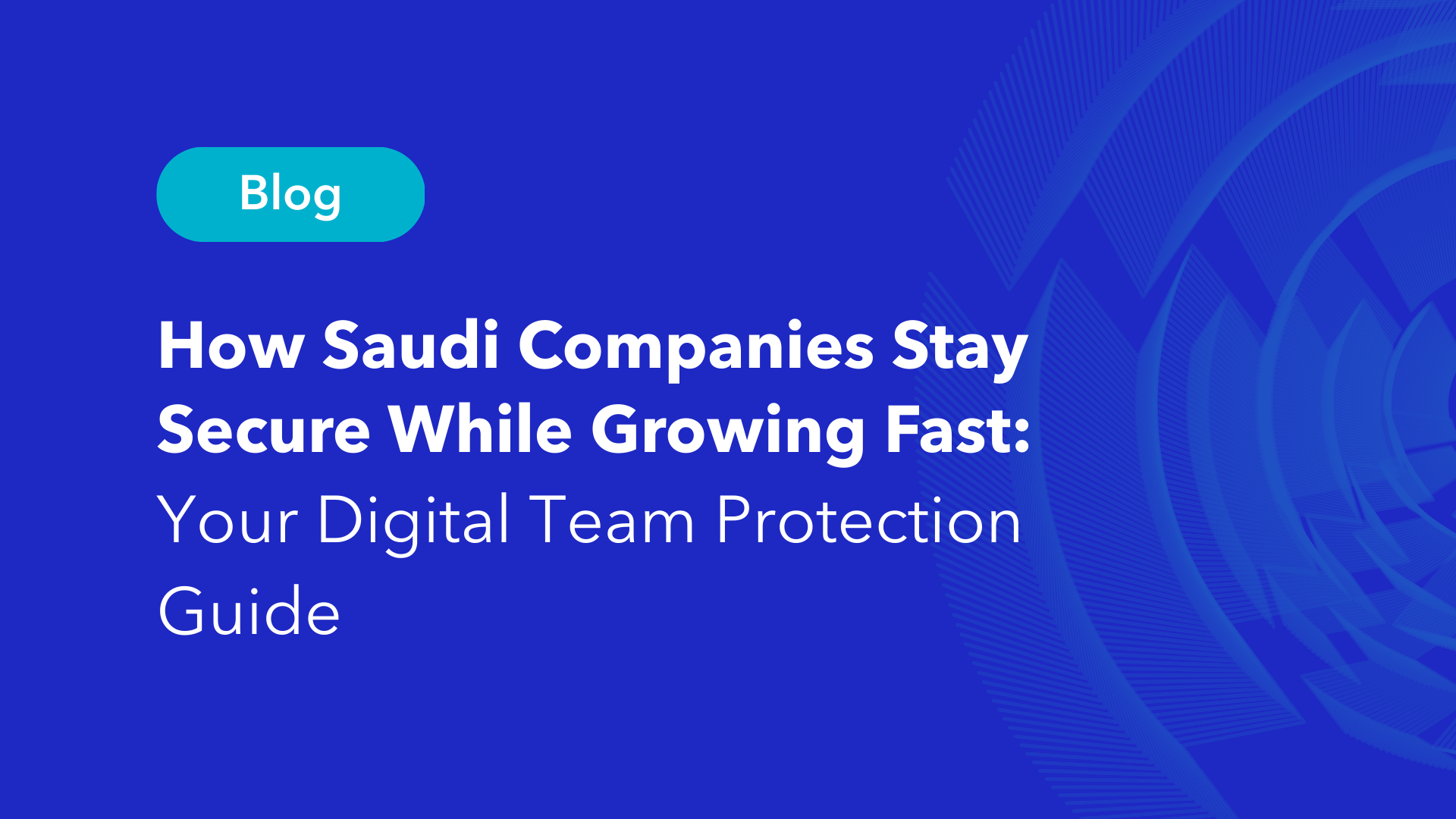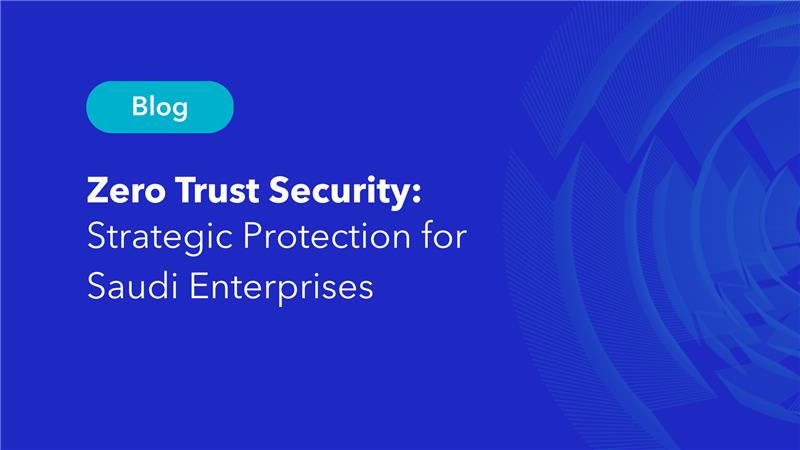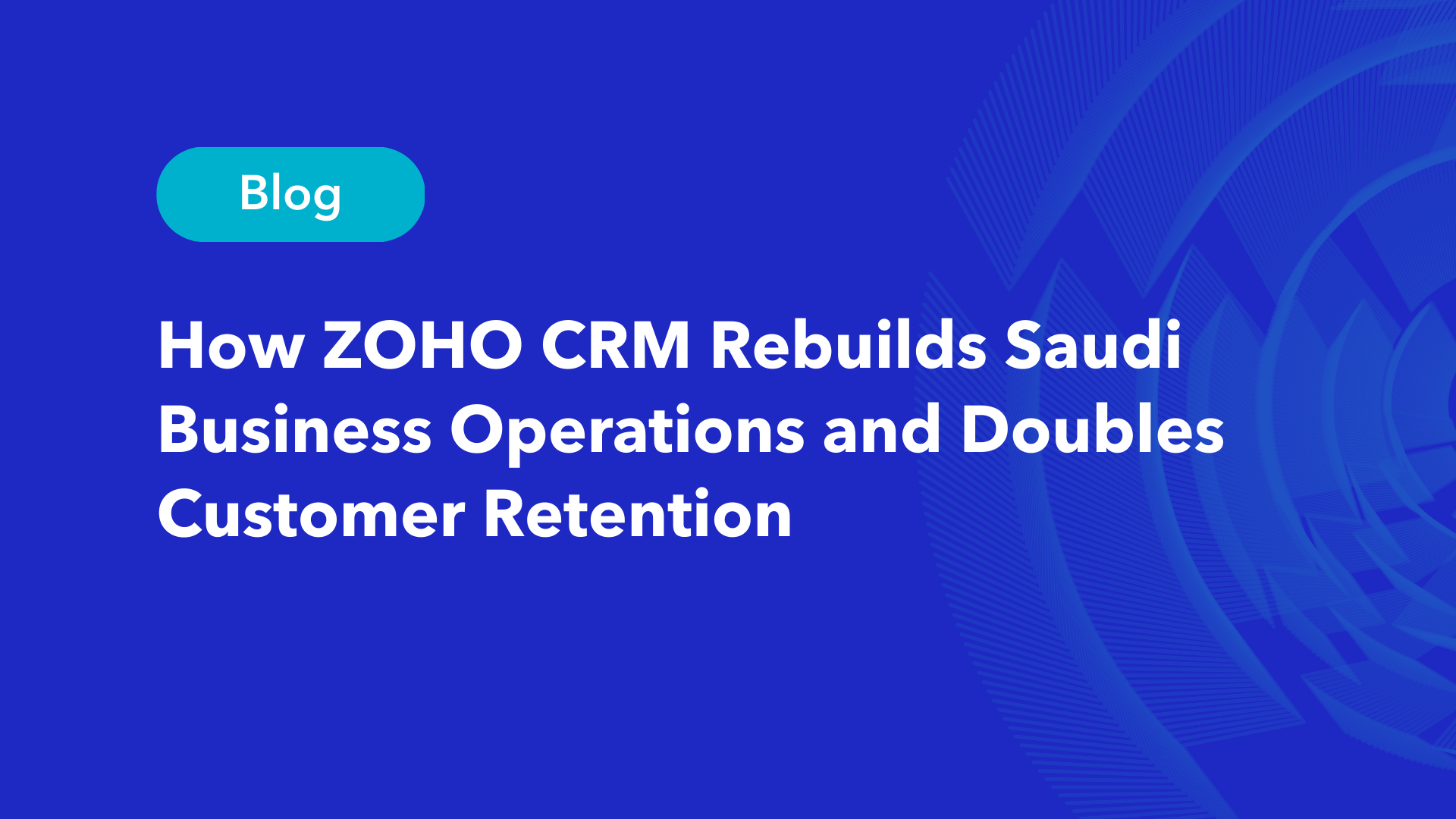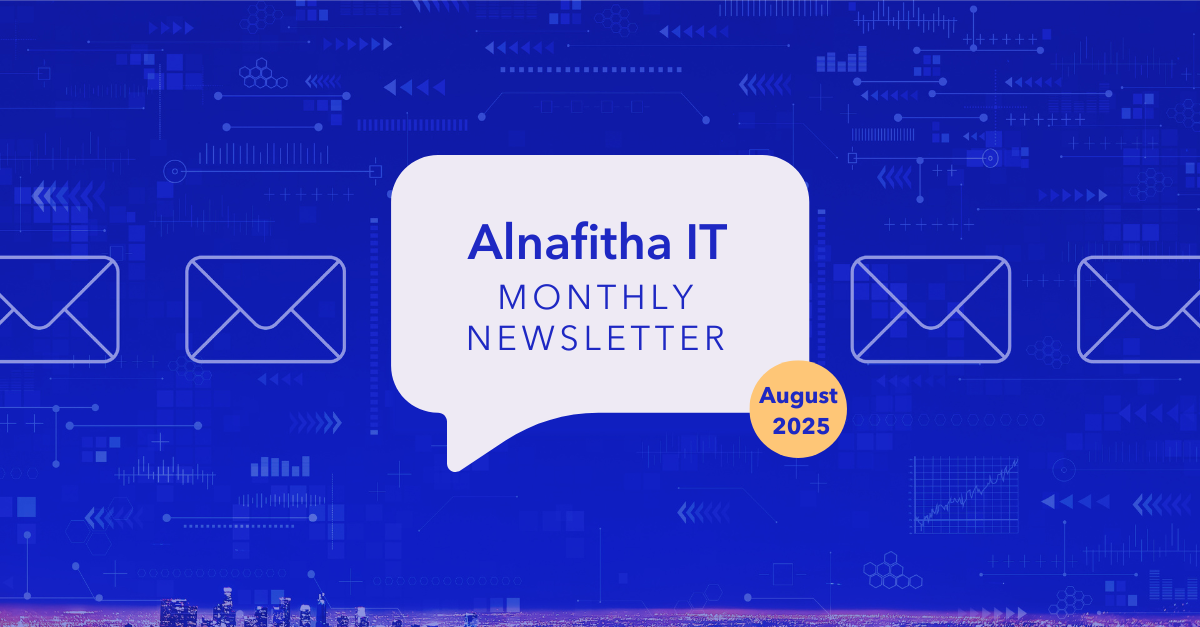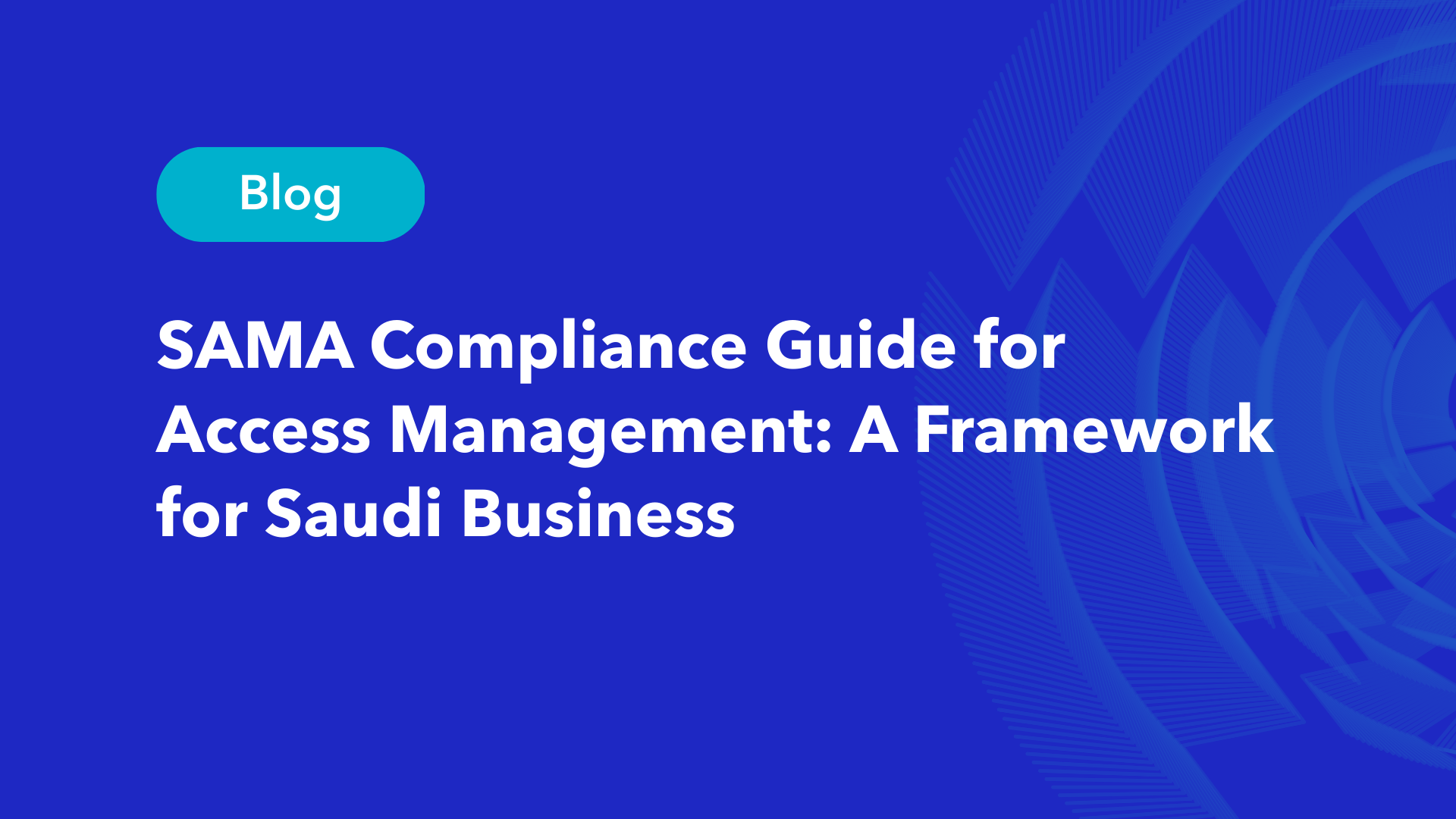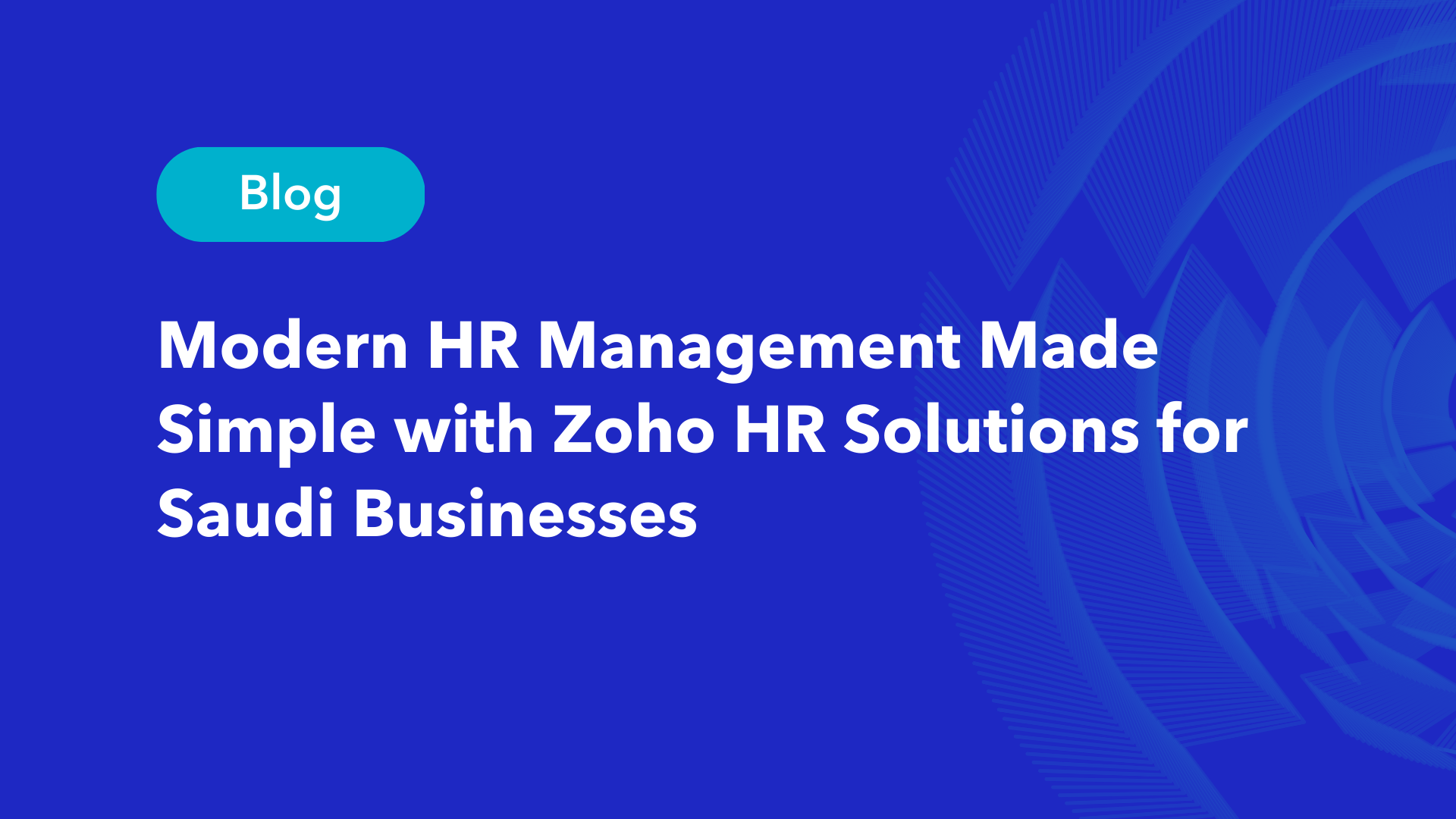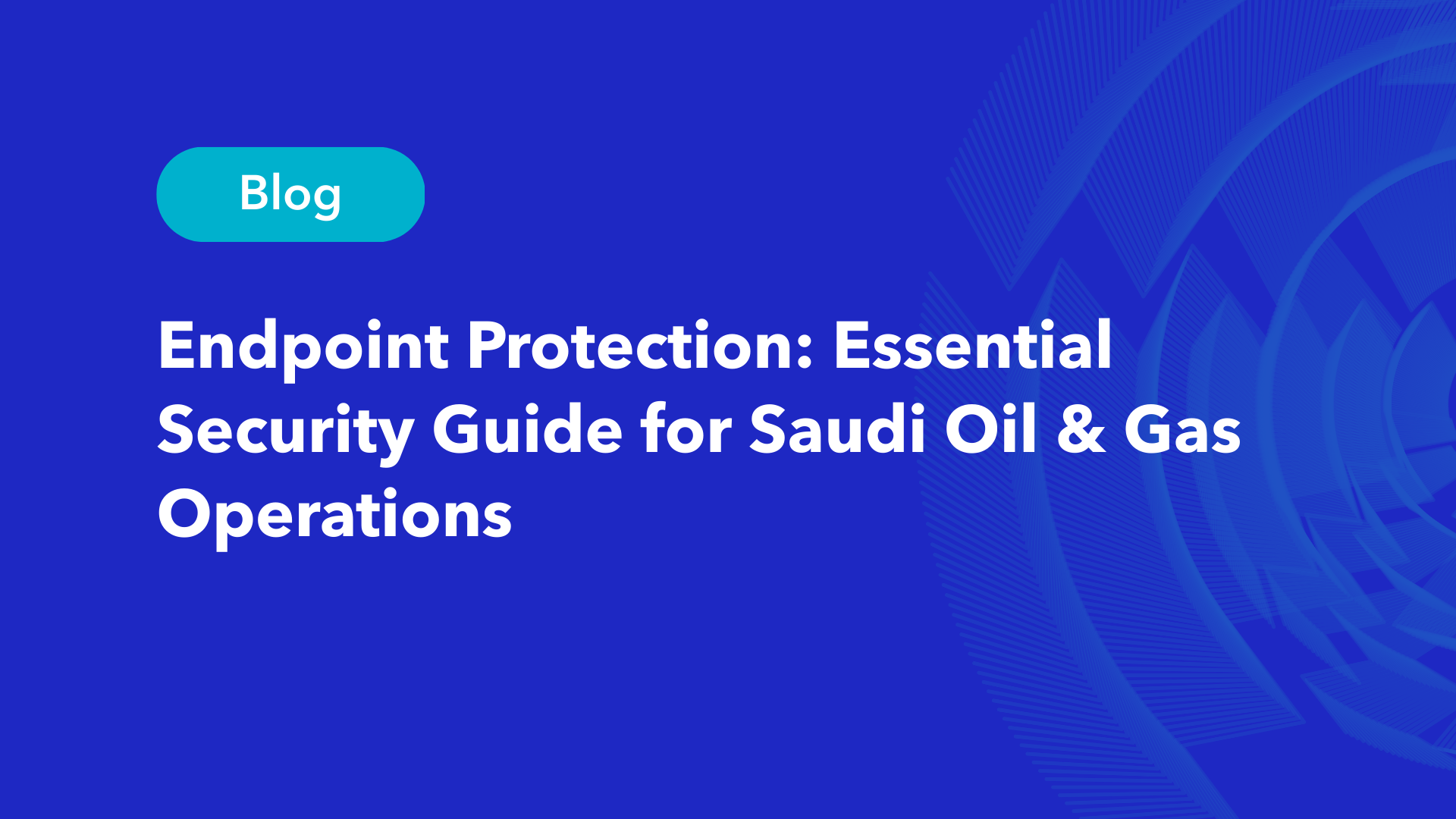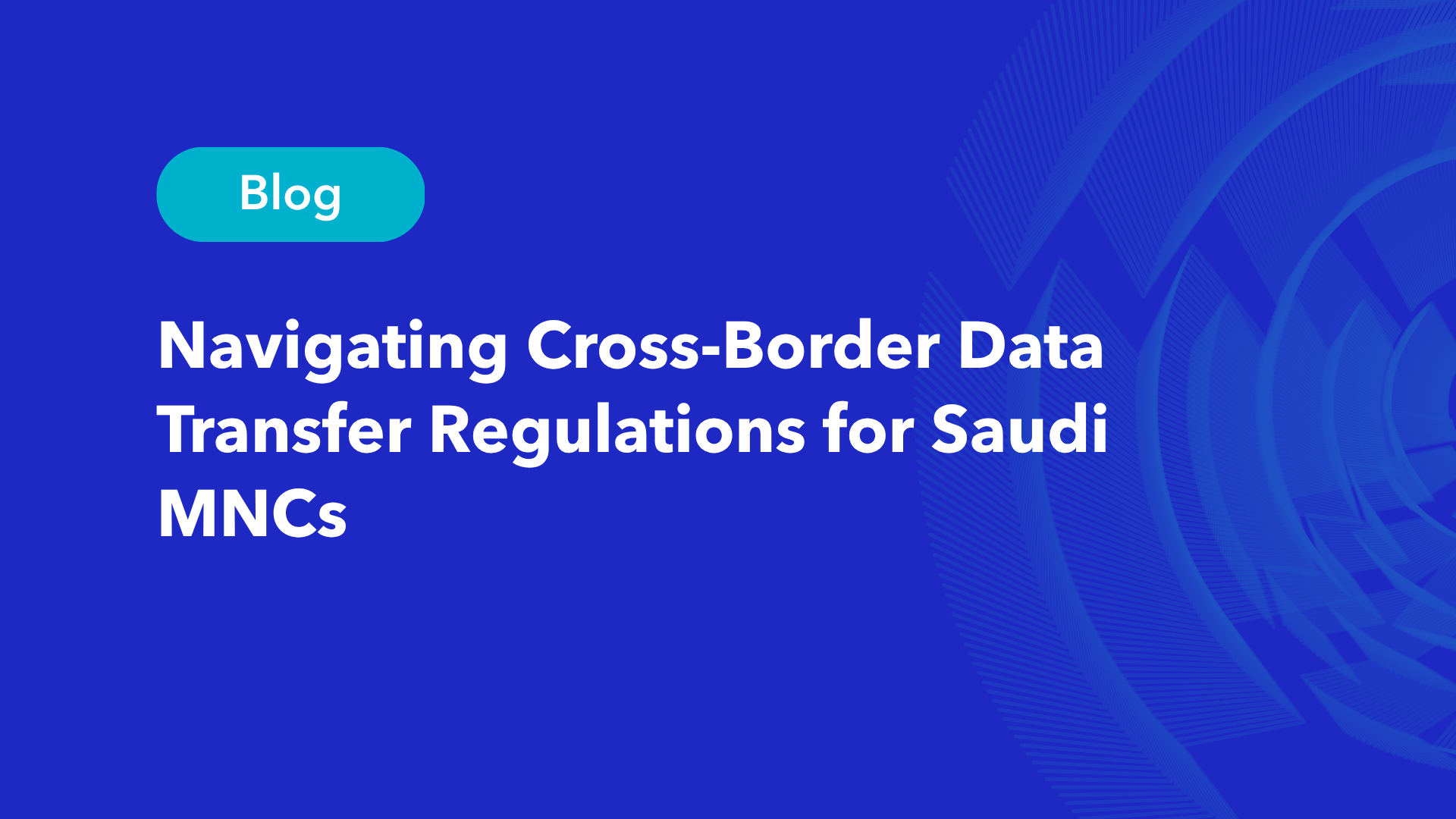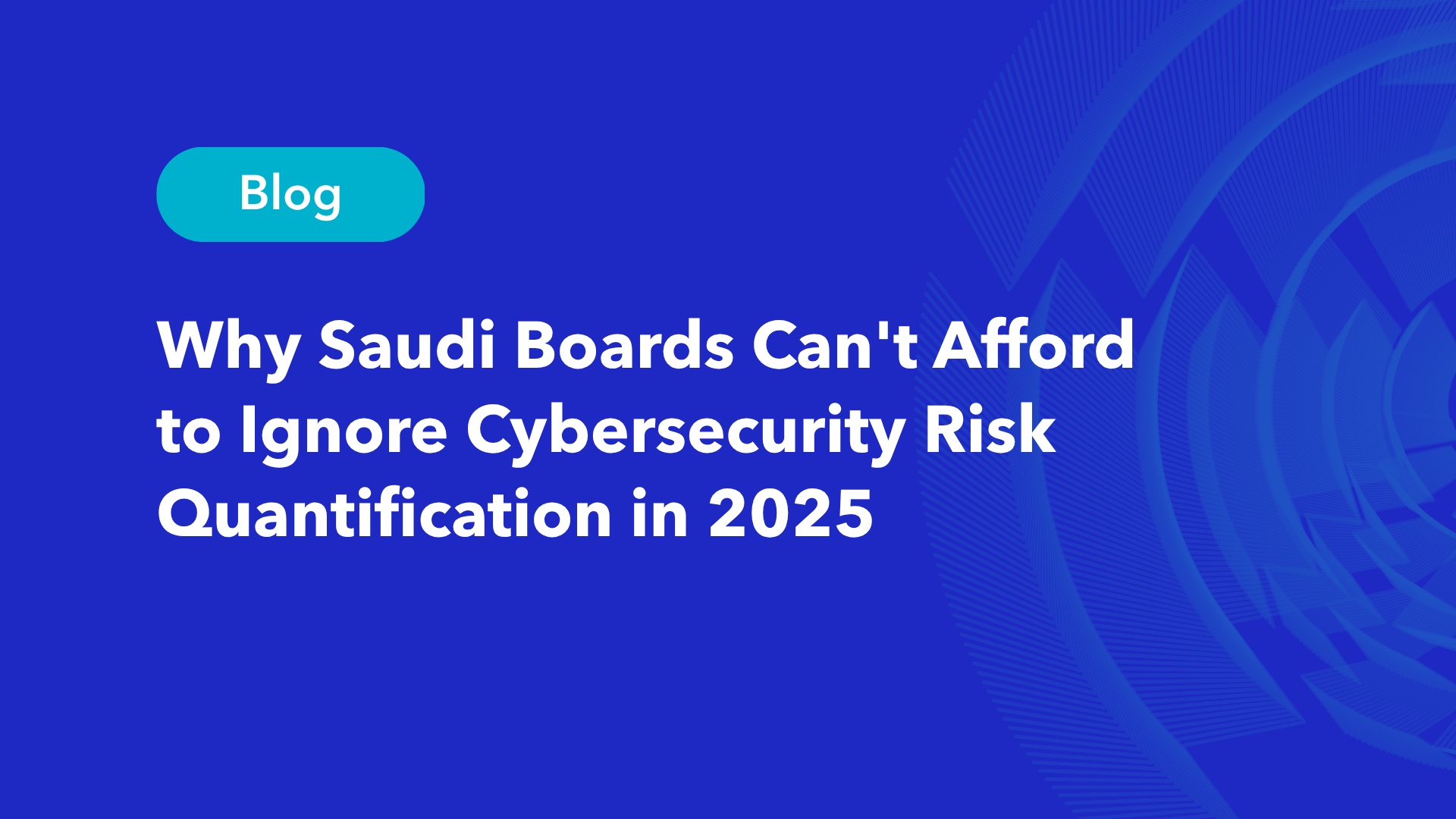A business without a financial plan is chaotic and inefficient. The same applies to IT services that lack a well-laid-out approach. Research indicates that organizations throw away up to 30% of their IT investments because of poor service management.
Information Technology Service Management (ITSM) encompasses the activities involved in designing, building, delivering, operating, and controlling IT services within an organization. ITSM gives you the tools and framework to arrange your IT operations with your company’s goals. Your team can deliver quality service consistently, cut costs, and make customers happier through standardized processes and proven methods.
This article explores five key ITSM practices that will revolutionize your IT service delivery. You will discover practical strategies that work, measure their effect, and create lasting improvements in your organization.
ITSM practices include aligning IT services with business goals, optimizing costs through self-service and automation, enhancing service desk operations, managing IT assets and configurations efficiently, proactively addressing problems, and leveraging data analytics for informed decision-making. Together, these practices ensure seamless IT service delivery, improved productivity, and measurable business value.
1. Maximizing Business Value Through ITSM
Your ITSM implementation succeeds when it knows how to deliver measurable business value. Well-executed ITSM tools and processes boost organizational growth and optimize operations. You can maximize returns on your ITSM investment that lines up with your business goals.
ROI of ITSM Implementation
ITSM ROI calculations help justify investments and shape future improvements. Organizations with 1,000 employees can save up to SAR 1,236,419.71 yearly through economical ITSM solutions. Calculate your ROI by using this formula: (Benefit – Cost) / Cost * 100%.
These benefits lead to positive ROI:
- Self-service systems cut service desk expenses (saving SAR 409,728.78 yearly).
- Automated service requests save SAR 36,327.94 in staff costs.
- Better employee output saves 8,000 hours yearly per 1,000 employees.
Real-World Examples Demonstrating ITSM ROI
Implementing IT Service Management (ITSM) solutions has led to significant cost savings and operational efficiencies across various industries. Here are some notable examples:
- Industrial Company Saves $260,000 by Eliminating Unused Equipment:
- Scenario: An industrial firm implemented an IT Asset Management (ITAM) solution to identify and eliminate unused equipment.
- Outcome: The company avoided inefficient spending of up to $260 per workstation. For an organization with 1,000 workstations, this resulted in savings of $260,000 in the first phase of cost optimization.
- Insurance Company Reduces Annual Operating Expenses by $543,048:
- Scenario: An insurance company supporting 8,190 users and handling 21,300 tickets per month embarked on an aggressive Root Cause Analysis program as part of their ITSM strategy.
- Outcome: The initiative led to a reduction of 2,200 monthly tickets and decreased annual operating expenses from $4,769,496 to $4,226,448, resulting in annual savings of $543,048.
Strategic Business Alignment
ITSM processes must support business goals directly to maximize value. This approach will give you IT initiatives that boost organizational success. Systematic ITSM processes can save up to 8 hours of unproductive employee time yearly.
Strategic alignment works best when you:
- Support and understand critical business processes.
- Track service performance against business targets.
- Build clear communication channels between IT and business teams.
- Create integrated planning and execution systems.
Cost Optimization Benefits
ITSM solutions cut costs through efficient operations and improved productivity. Service desk issues cost SAR 82.41 with technician support but only SAR 7.49 through self-help services.
You can optimize costs by:
- Setting up self-service portals for common issues.
- Automating routine tasks.
- Managing resources better.
- Cutting system downtime through proactive care.
- Making service requests simpler.
These improvements reduce costs while keeping service quality high. Automating 25% of employee IT issues leads to major support cost savings.
2. Service Desk Optimization
Service desk operations streamlining plays a significant role in delivering efficient IT support while controlling costs. A well-optimized service desk reduces operational expenses and improves user satisfaction and team productivity. Studies show that 88% of users now expect organizations to offer self-service options. This makes service desk operations modernization vital.
Self-Service Portal Implementation
The self-service portal forms the foundations of modern ITSM delivery. A support call costs approximately SAR 82.41, while self-service reduces this to just SAR 7.49 per incident. Your self-service portal value maximization depends on these key implementation steps:
- A detailed knowledge base with FAQs and guides.
- Automated password resets and software installations.
- A user-friendly service catalog.
- Up-to-the-minute ticket status tracking.
- Business applications integration.
Automation Opportunities
Automation rules can save up to 3 hours per ticket and substantially improve your service desk efficiency. The most influential areas for automation include:
- Ticket routing and assignment.
- Software provisioning and license management.
- User onboarding and offboarding processes.
- Regular system maintenance tasks.
- Service request approvals.
Customer Experience Enhancement
Customer experience improvement extends beyond tool implementation—it needs a strategic approach to service delivery. Organizations using knowledgebase articles resolve incidents an average of six hours faster. These key areas need focus:
- Omnichannel Support: Multiple assistance channels including chat, email, and portal access.
- Individual-specific Experience: Role-based access and visibility for relevant user interactions.
- Proactive Communication: Automated notifications for ticket updates and system status.
- Performance Monitoring: Dashboards that track resolution times and user satisfaction.
These optimizations can reduce ticket resolution times by up to two hours while improving user satisfaction. Note that regular feedback collection through post-resolution surveys helps refine your service delivery approach continuously.
3. Asset and Configuration Management
Asset and configuration management creates the foundation of your ITSM strategy. Companies that use proper IT asset management cut their IT costs by spotting unused assets and making better use of their resources. You can become skilled at these vital parts of ITSM to boost your service delivery.
IT Asset Lifecycle Management
IT assets don’t last forever, which makes lifecycle management vital to getting the most value. A well-laid-out approach to managing asset lifecycles helps you keep tabs on everything from when you buy it until you get rid of it.
Your asset lifecycle has these key stages:
- Planning and procurement.
- Deployment and configuration.
- Maintenance and upgrades.
- Performance monitoring.
- Retirement and disposal.
Good lifecycle management cuts unnecessary spending and makes operations run smoother. Companies that use automated tools to manage assets save money by allocating resources better.
Configuration Database Setup
A Configuration Management Database (CMDB) becomes your go-to source for IT infrastructure facts. Setting up a CMDB helps cut downtime costs, since 98% of companies lose at least SAR 374,592.05 from just one hour of system downtime.
Your CMDB will work better if you:
- Create detailed inventory of all IT assets.
- Calculate lifecycle costs for each asset.
- Implement asset tracking systems.
- Establish maintenance schedules.
- Develop financial planning protocols.
Resource Optimization Strategies
Resource optimization should focus on getting maximum value from assets while keeping costs low. Good asset management helps you spot unused resources and put them to better use.
Key optimization areas include:
- Software license management to avoid overspending.
- Hardware utilization monitoring for resource reallocation.
- Automated asset discovery and tracking.
- Regular performance assessment and reporting.
ITSM tools for asset management help automate workflows, cut down errors, and standardize procedures. This organized approach lets you make smart decisions about investments, replacements, and retirements based on real usage data.
Note that regular IT asset audits keep your records accurate and prevent unnecessary purchases. Proper asset and configuration management leads to major cost savings while making sure resources work at their best throughout your organization.
4. Problem Management Excellence
Problem management excellence is the life-blood of reducing recurring IT issues and minimizing service disruptions. Your ITSM framework needs systematic problem management to save the most important resources. Organizations report up to 50% reduction in unplanned work through proactive problem management. Let me show you how to achieve excellence in problem management through proven methods and continuous improvement.
Root Cause Analysis Methods
The right root cause analysis (RCA) techniques determine your success in problem management. A support call costs SAR 82.41 when a technician resolves it. This cost drops to SAR 7.49 through effective problem resolution. These RCA methods will help you succeed:
- Fishbone Analysis: Create visual cause-effect diagrams to identify potential issue sources.
- Pareto Analysis: Focus on the vital 20% of causes that create 80% of problems.
- Five Whys Technique: Ask “why” repeatedly to drill down to root causes.
- Fault Tree Analysis: Map out all possible causes using logic gates for complex issues.
Proactive Problem Prevention
Your proactive problem management strategy should prevent incidents before they occur. Organizations can reduce IT support costs by identifying and addressing potential issues early [link_2].
Your prevention strategy needs these key components:
- Regular system monitoring and analysis.
- Trend identification in incident data.
- Risk assessment and mitigation.
- Infrastructure health checks.
- Knowledge base maintenance.
Continuous Improvement Cycles
The PDCA (Plan, Do, Check, Act) framework offers a well-laid-out approach to ongoing improvement. This cyclical process helps you refine your problem management practices and measure their effectiveness.
Your improvement experience should measure key metrics like:
- Mean time to resolution reduction.
- Decrease in recurring incidents.
- Cost savings through prevention.
- Customer satisfaction improvements.
These problem management practices can help you achieve remarkable improvements in service delivery. Organizations resolve incidents up to six hours faster with a detailed knowledge base. Note that clear documentation of all problem investigations and resolutions builds your organizational knowledge base over time.
5. Performance Measurement and Analytics
Analytics and strong data insights help measure your ITSM performance better. The right metrics and visualization tools can turn raw data into practical insights that boost ongoing improvement. Research shows that companies using data-driven decision-making in IT service enhancement see big improvements in how they work and keep customers happy.
Key Success Metrics
Your success with ITSM depends on tracking what matters. Companies that use detailed performance tracking report much faster response and fix times. Here are the metrics you need to watch:
- Customer Satisfaction Score (CSAT).
- Average First Response Time.
- Resolution Time Trends.
- First Contact Resolution Rate.
- SLA Compliance Percentage.
- Cost per Contact.
- Net Promoter Score (NPS).
Reporting Dashboards
Your ITSM dashboard works like a control center for service decisions. Companies that use immediate dashboards can spot and fix service problems before they affect operations. A good dashboard should show:
Operational Metrics View
- Incident volume and status.
- Problem management trends.
- Change request progress.
- Resource utilization rates.
Strategic Analytics Display
- Service level performance.
- Cost optimization indicators.
- Customer satisfaction trends.
- Resource allocation efficiency.
Data-Driven Decision Making
Data-driven decision-making (DDDM) in your ITSM processes can boost service quality and make operations run smoother. Companies that use DDDM have lower costs and twice as many automated processes. Your plan should cover:
- Data Collection and Analysis
- Track performance from multiple sources.
- Spot patterns and predict trends.
- Check how resources are used.
- Performance Optimization
- Find service bottlenecks.
- Change service levels right away.
- Use resources better.
Analytics in ITSM processes leads to big improvements in service delivery. Companies that take this approach report fewer major incidents and less downtime. Customer satisfaction scores and Net Promoter Scores also get better when teams use DDDM strategies.
Your analytics will work best when data quality stays high and your team knows how to read and act on insights. Custom dashboards that track key metrics help you make smart choices about service improvements and where to put resources.
Your performance tracking should line up with business goals. Focusing on metrics that matter to your company shows IT’s value while keeping service quality high.
Conclusion
ITSM implementation changes your IT service delivery and produces measurable business results. Strategic practices like service desk optimization, asset management and informed decision making lead to major cost reductions and operational improvements. Companies that use these practices see dramatic savings. Their service desk costs drop from SAR 82.41 to SAR 7.49 per incident and total annual savings reach SAR 1,236,419.71.
Your ITSM success relies on picking the right partner and tools. Explore how Alnafitha IT can deliver ITSM solutions and services that arrange with your business goals and create continuous improvement. The best approach is to begin with one practice, track the results, and expand your ITSM implementation gradually.
ITSM excellence needs constant dedication and improvement. You can maximize your IT investment’s value by measuring performance regularly, managing problems proactively, and arranging strategies that deliver superior service quality to users.
